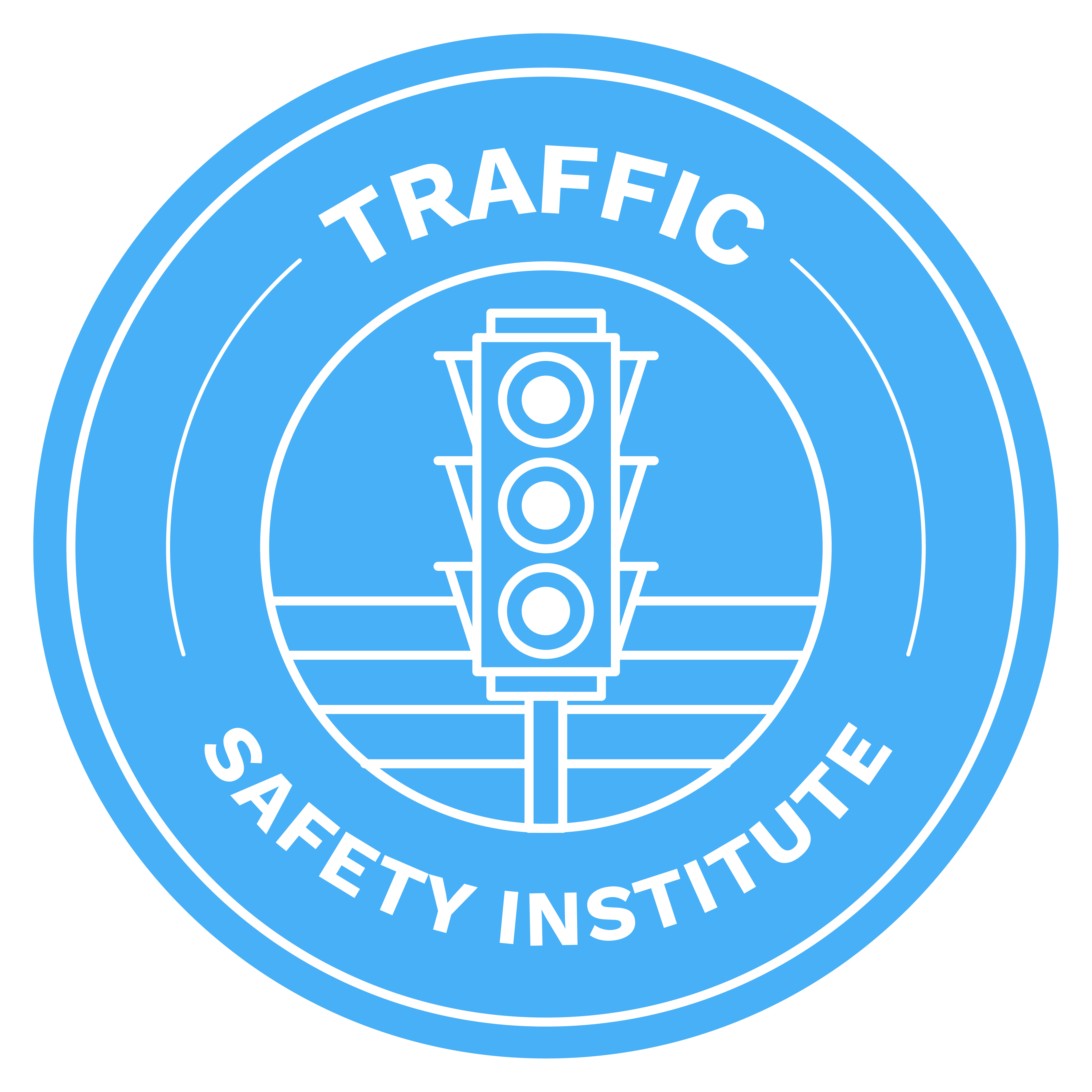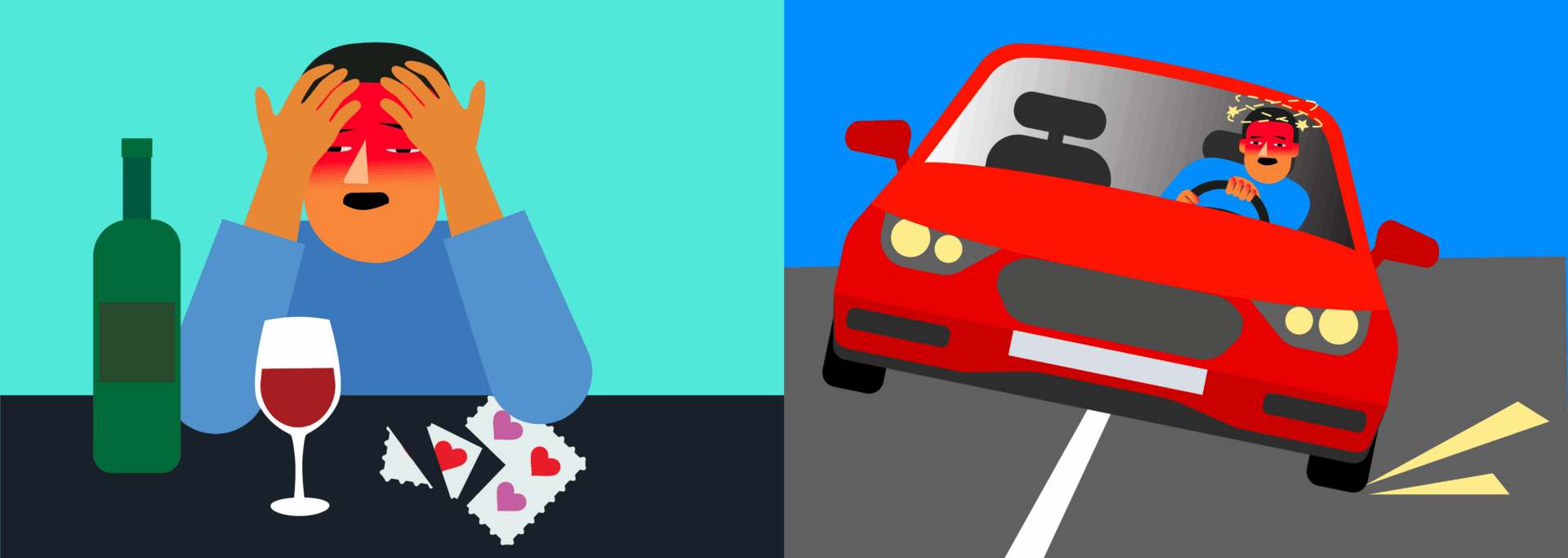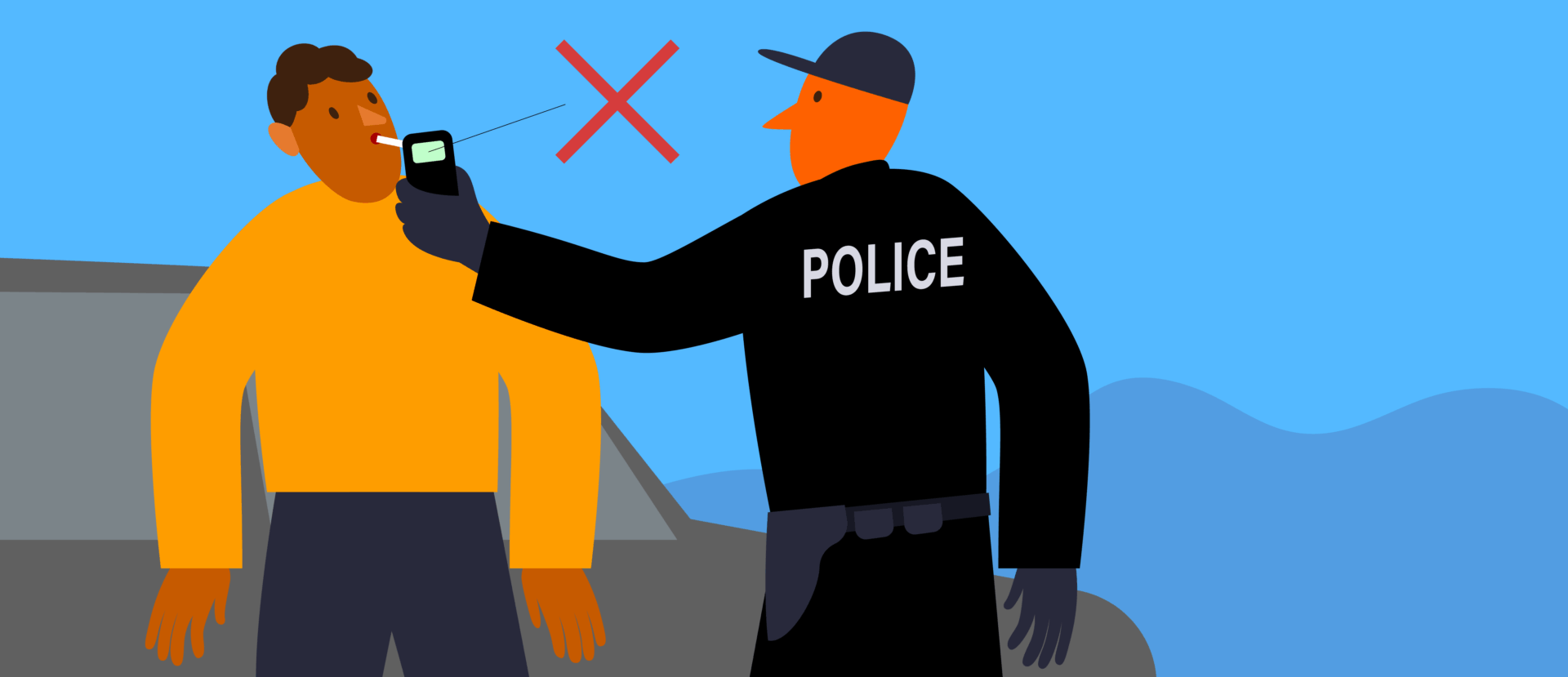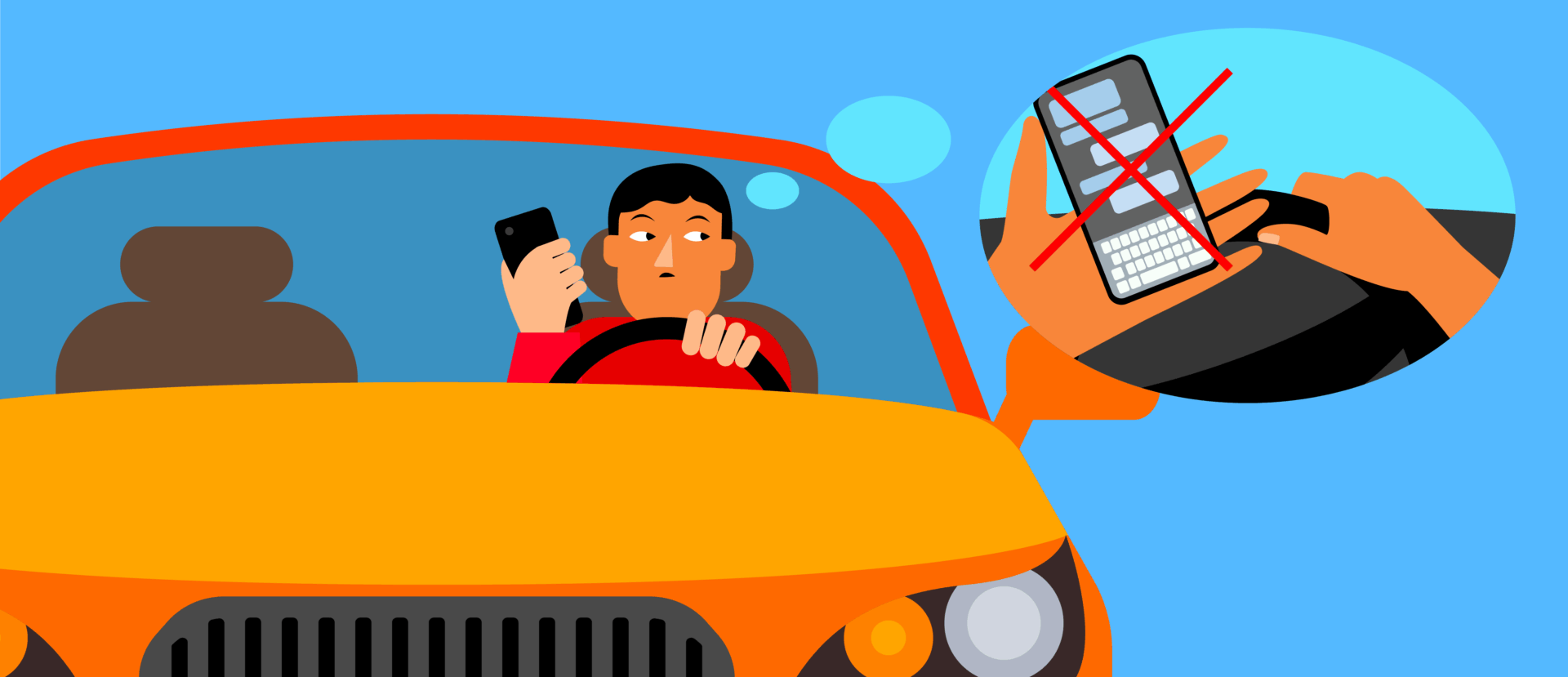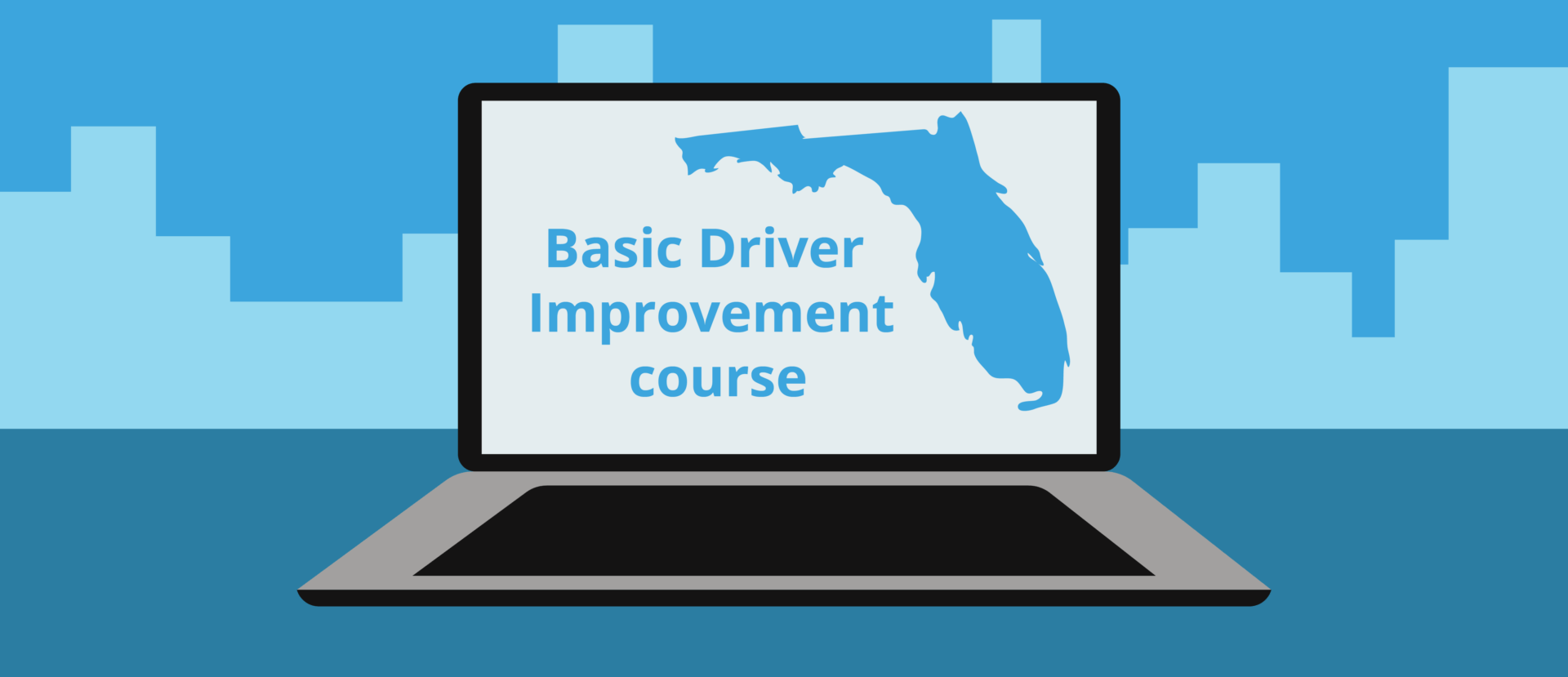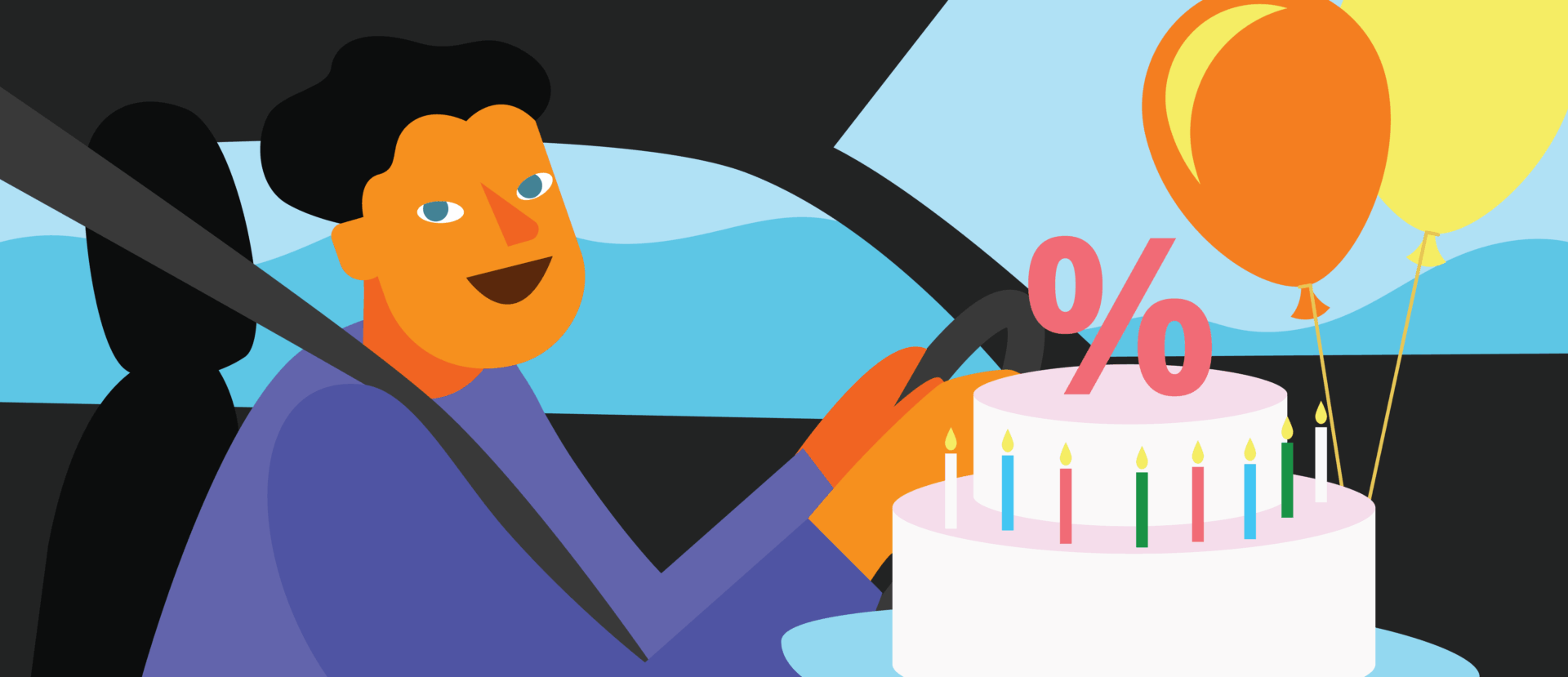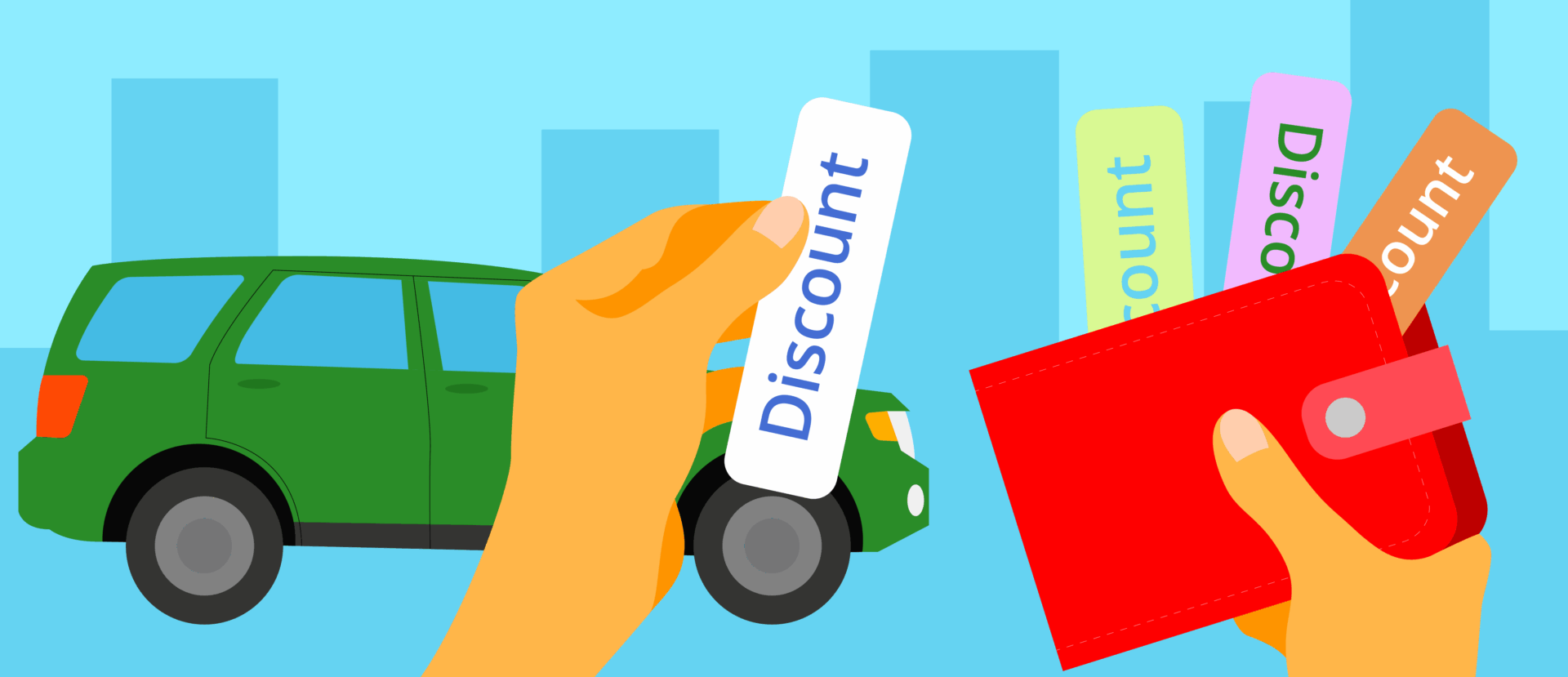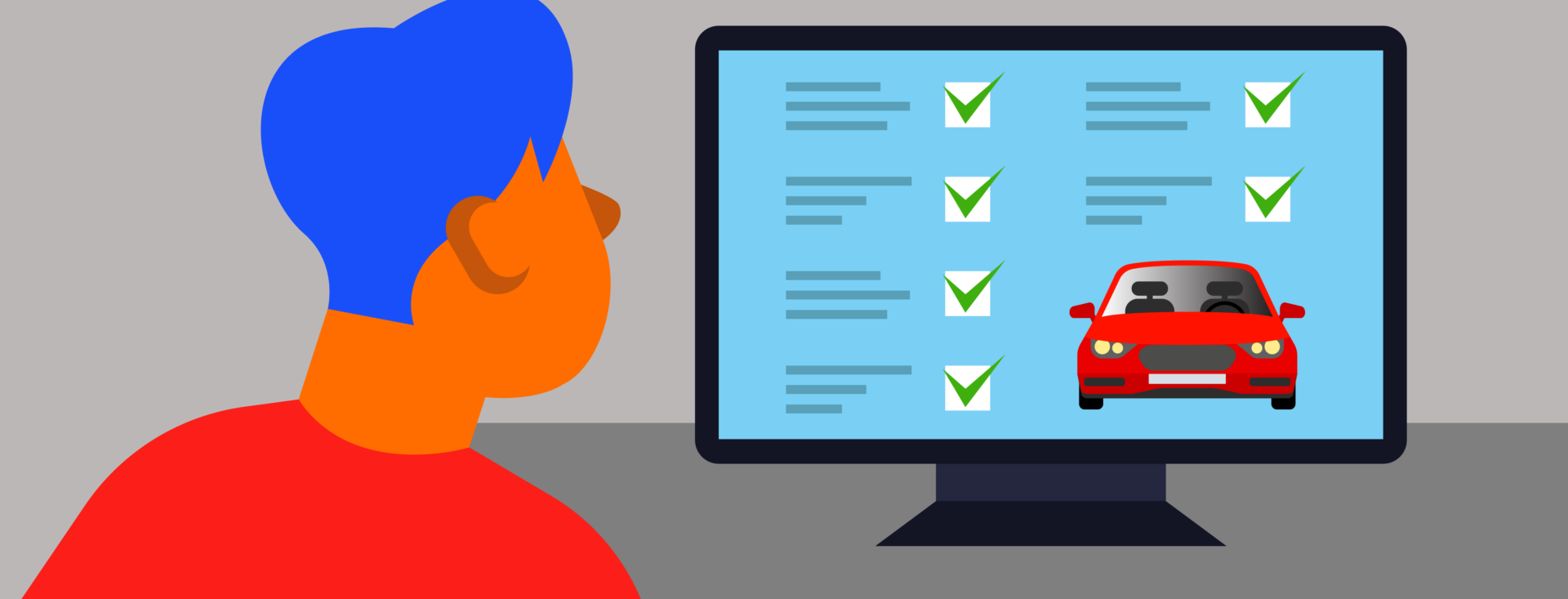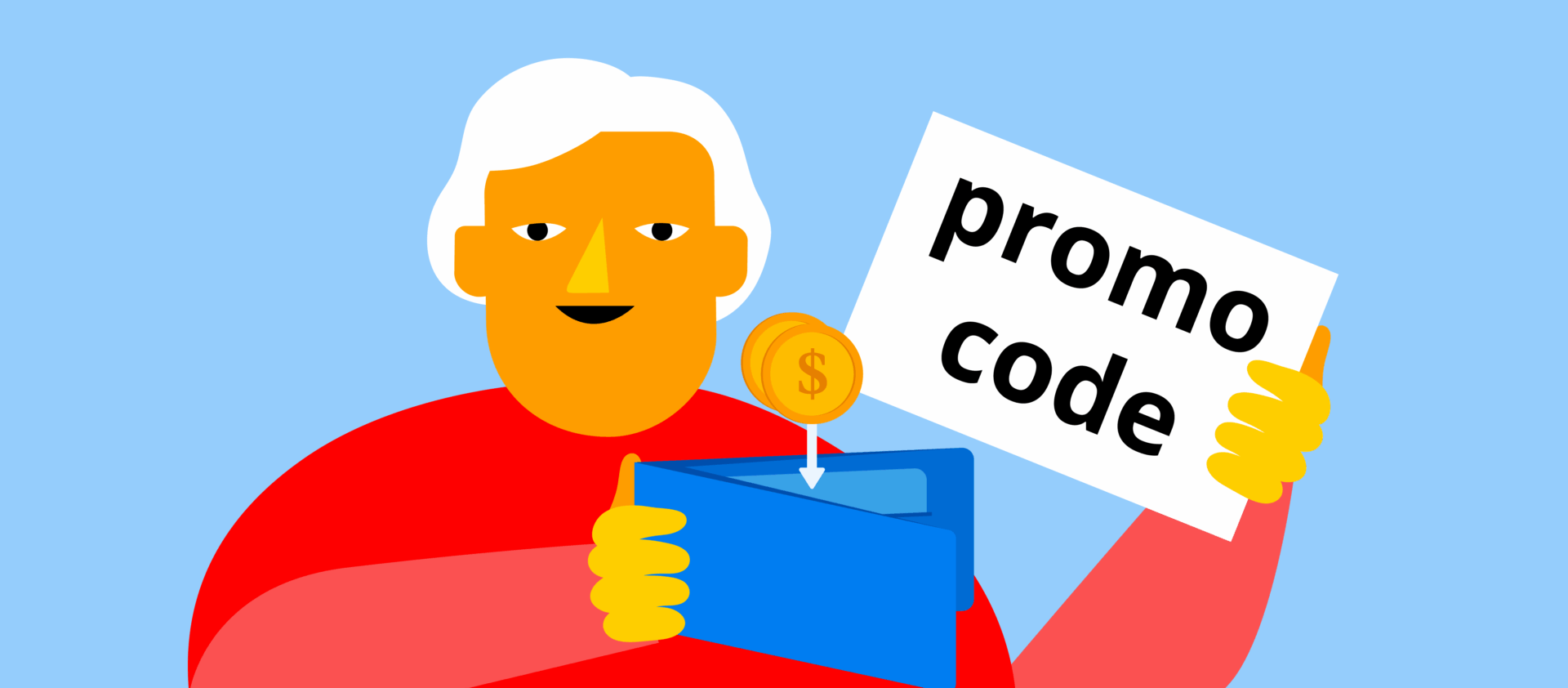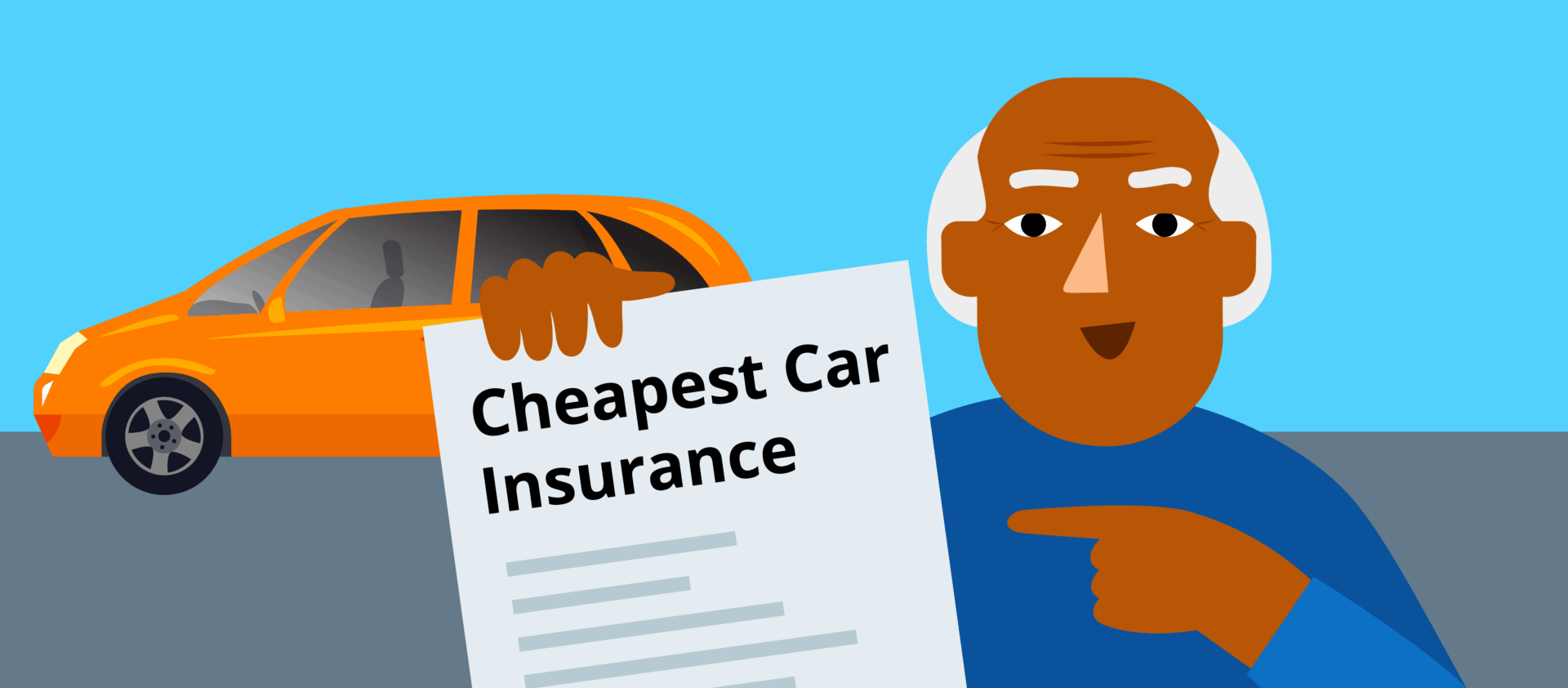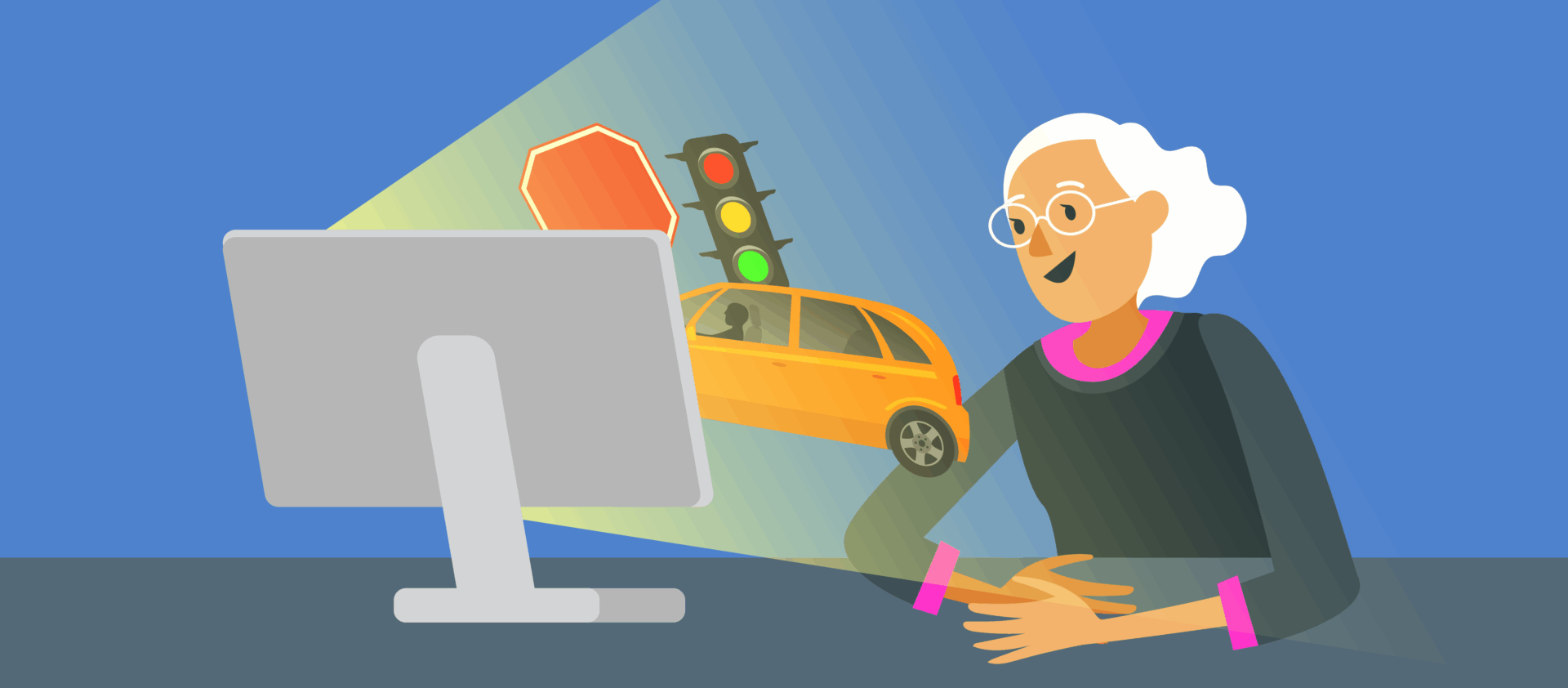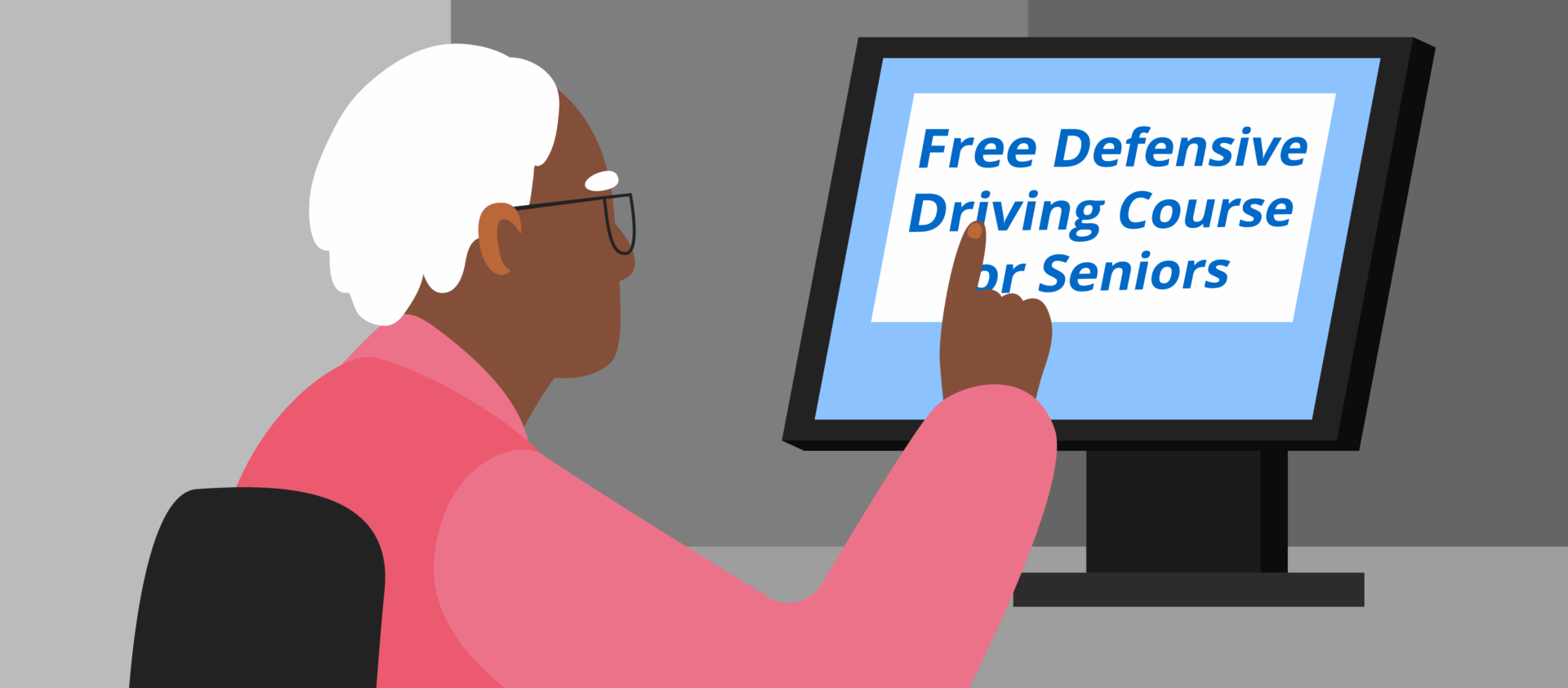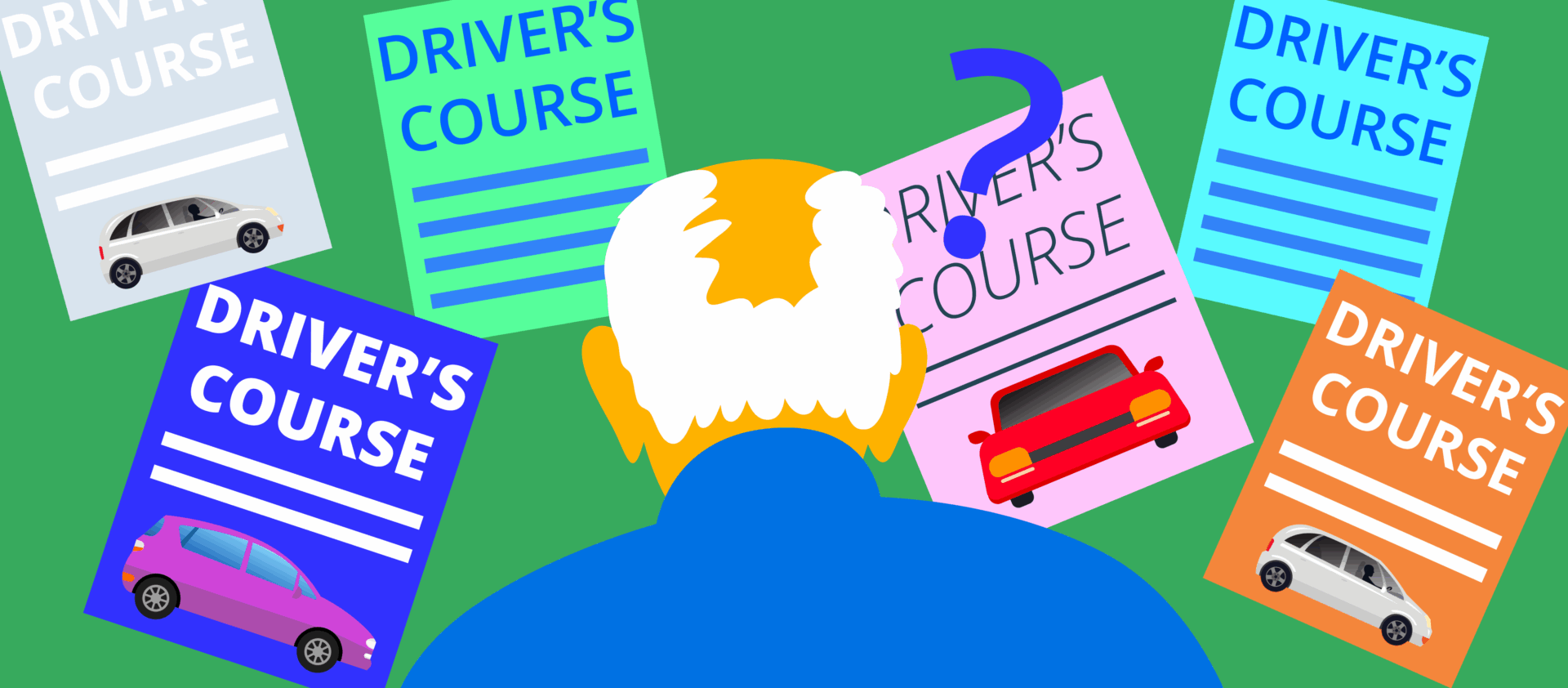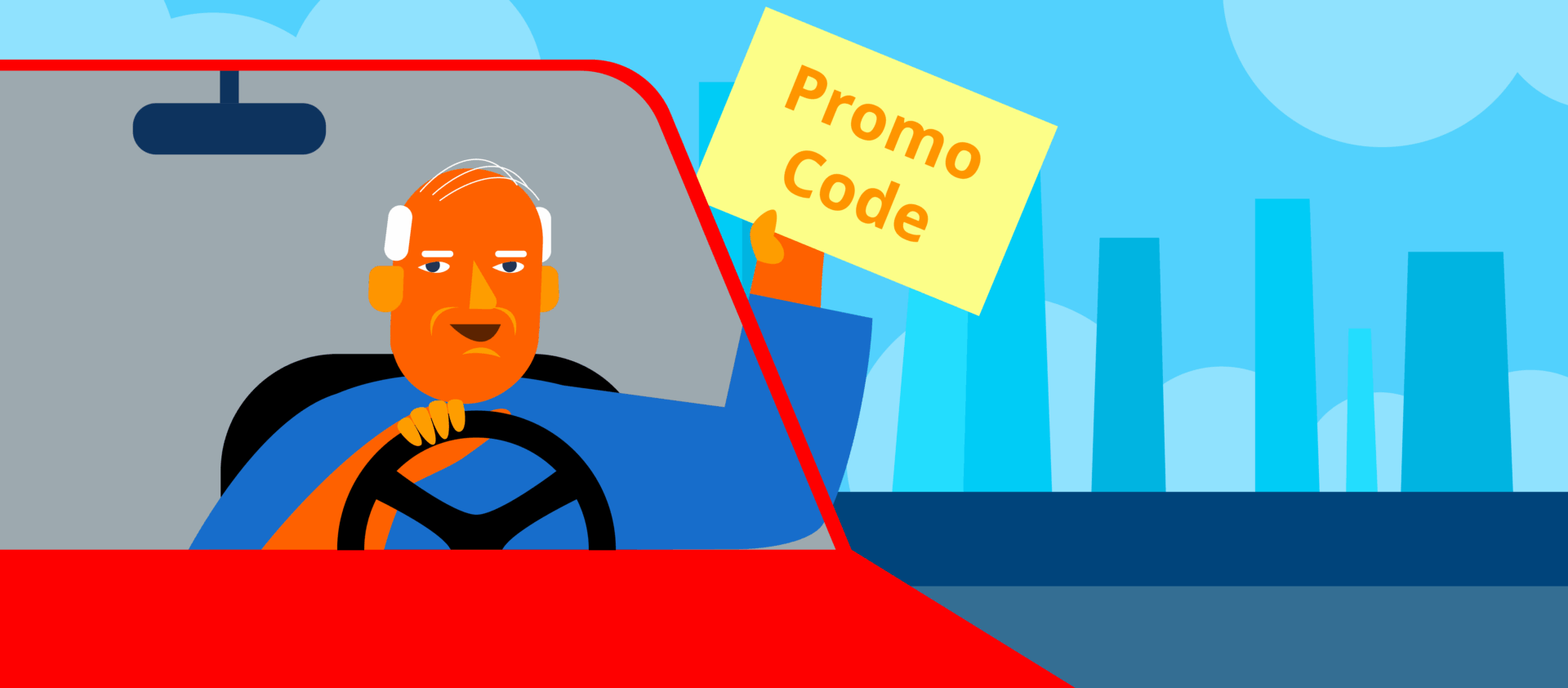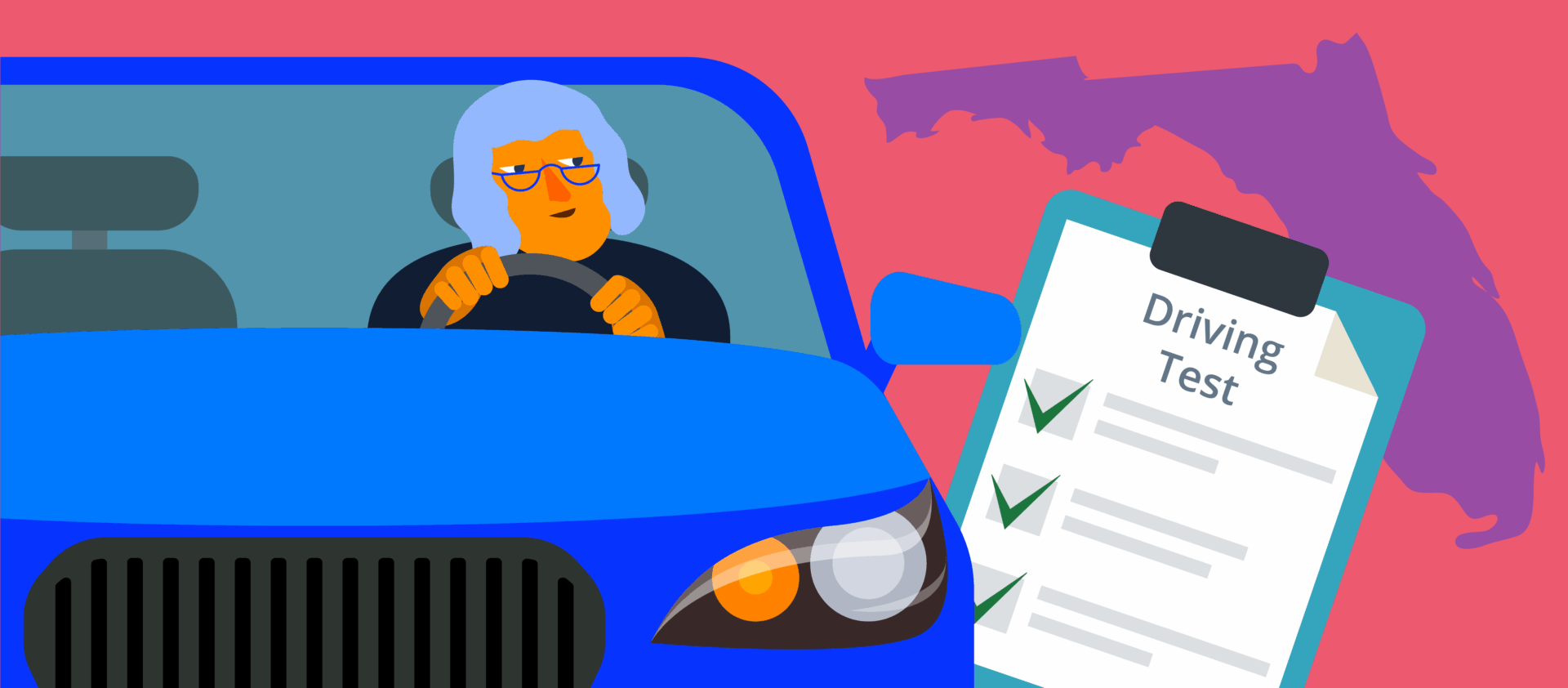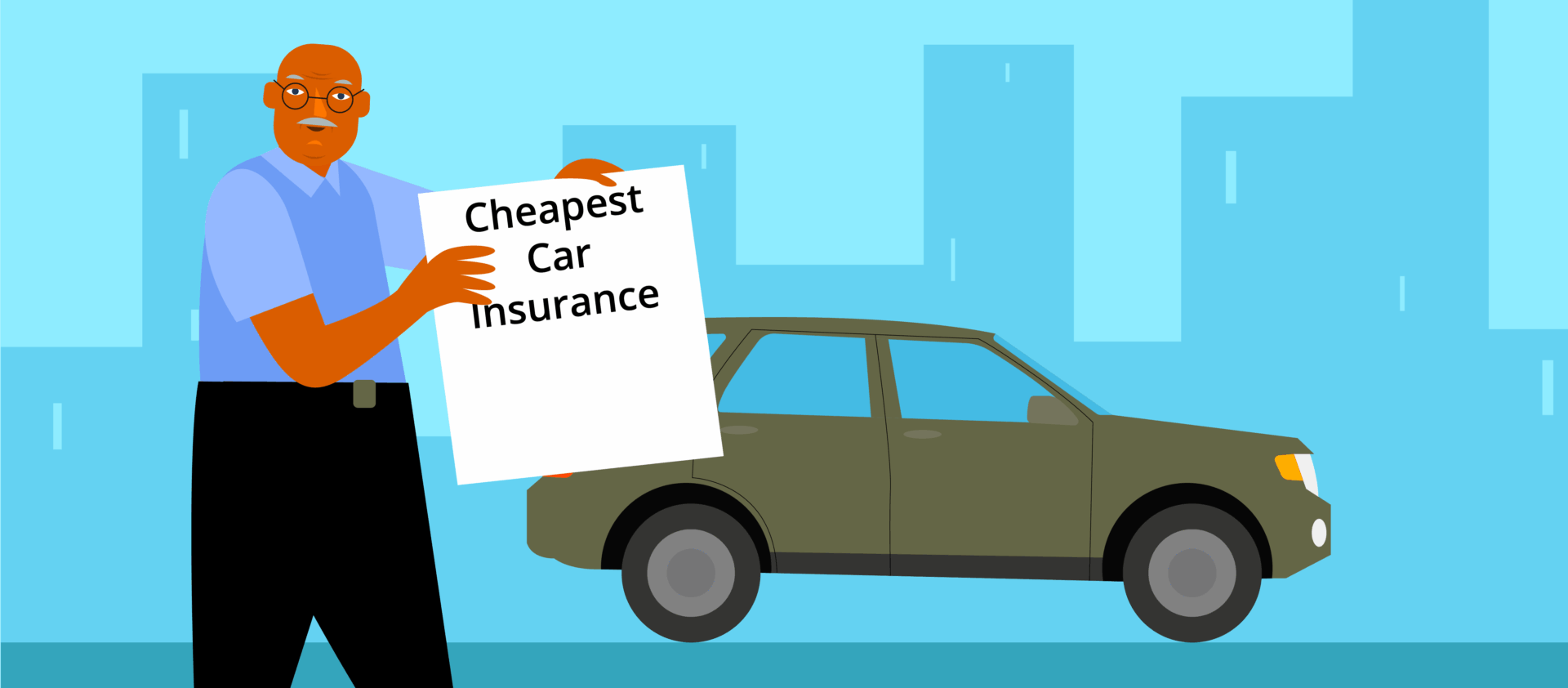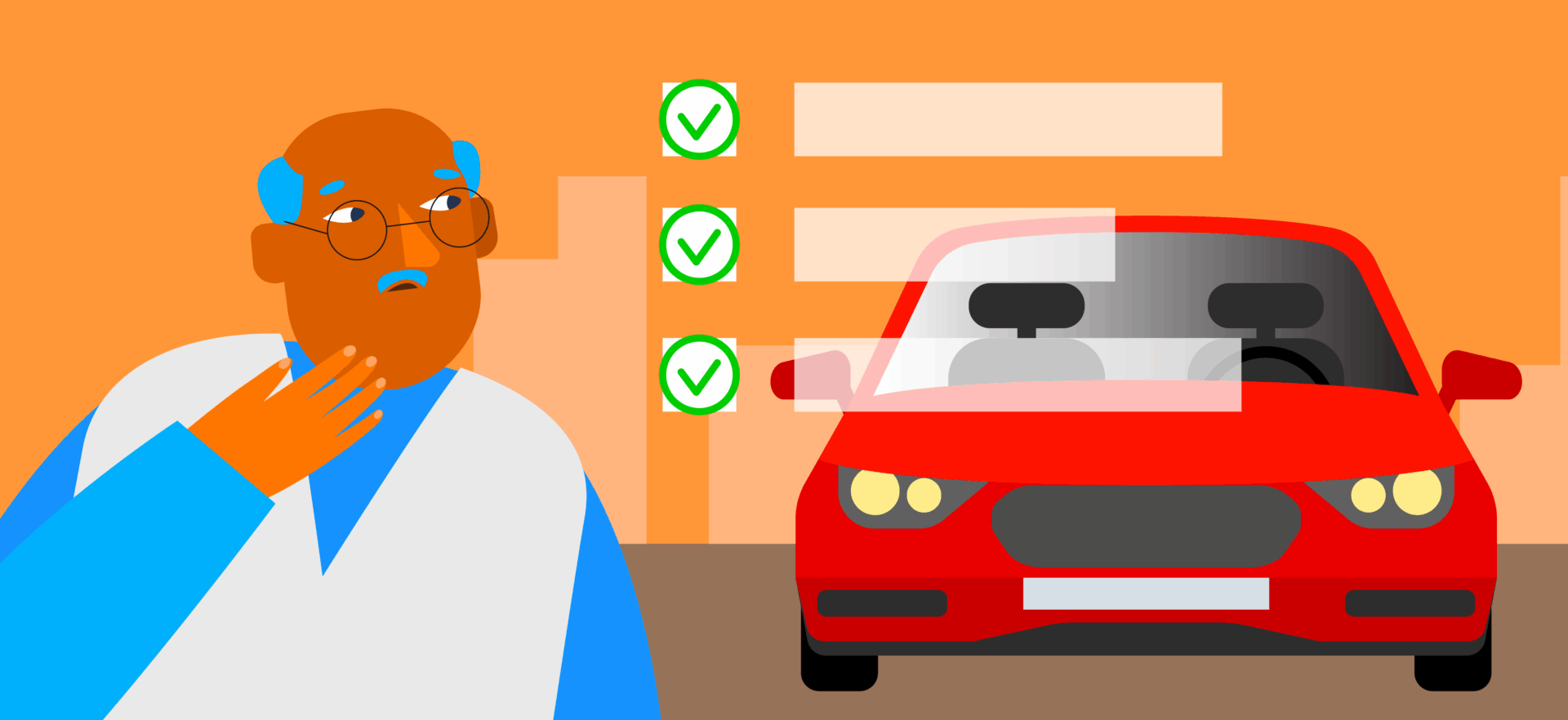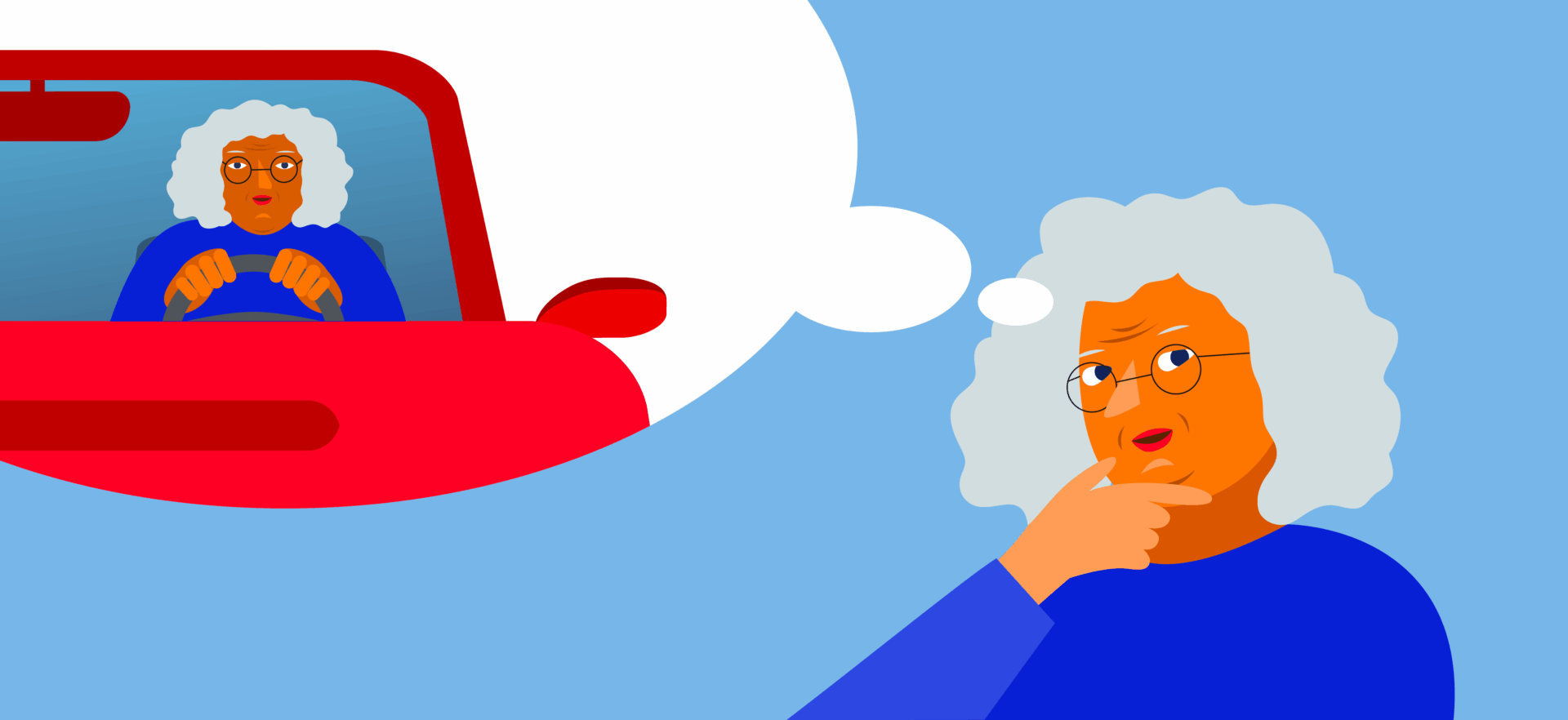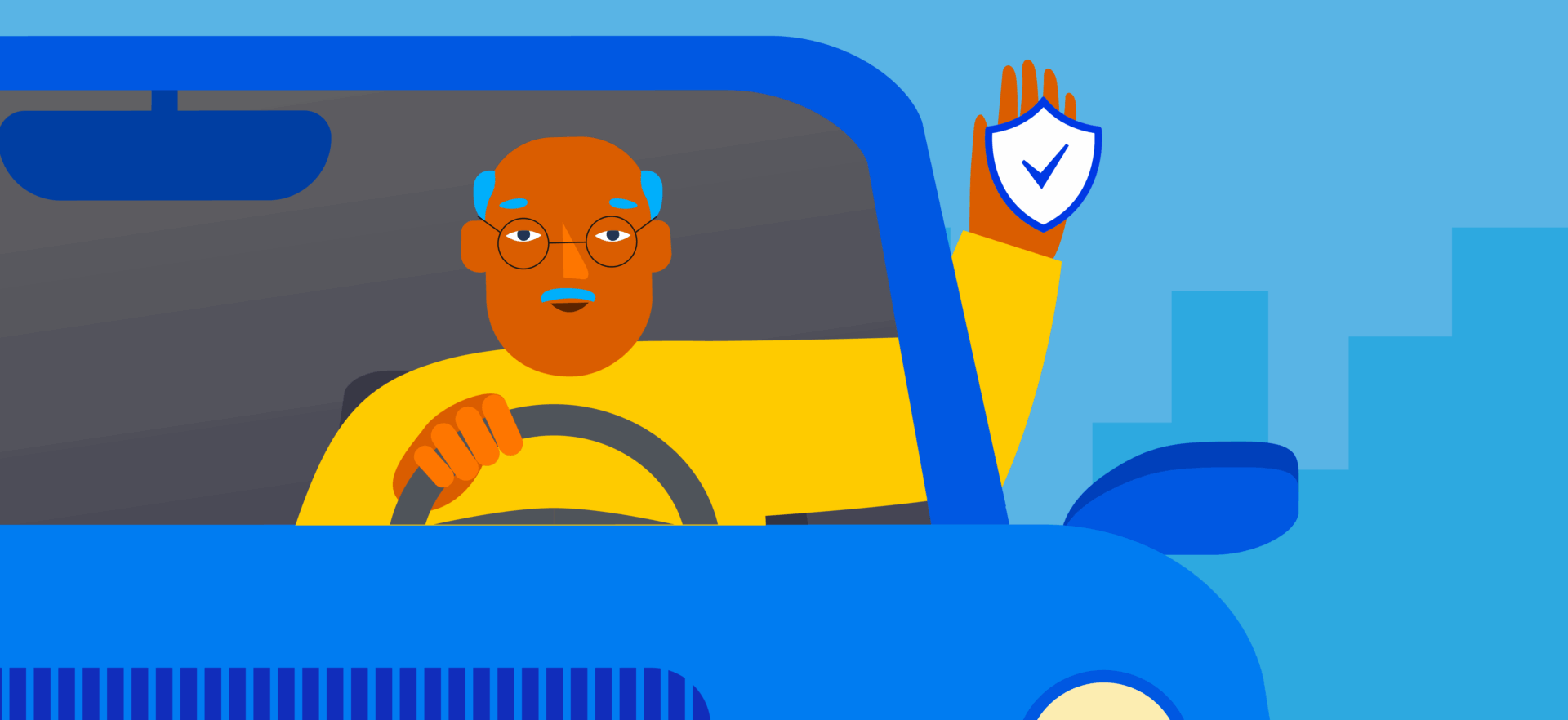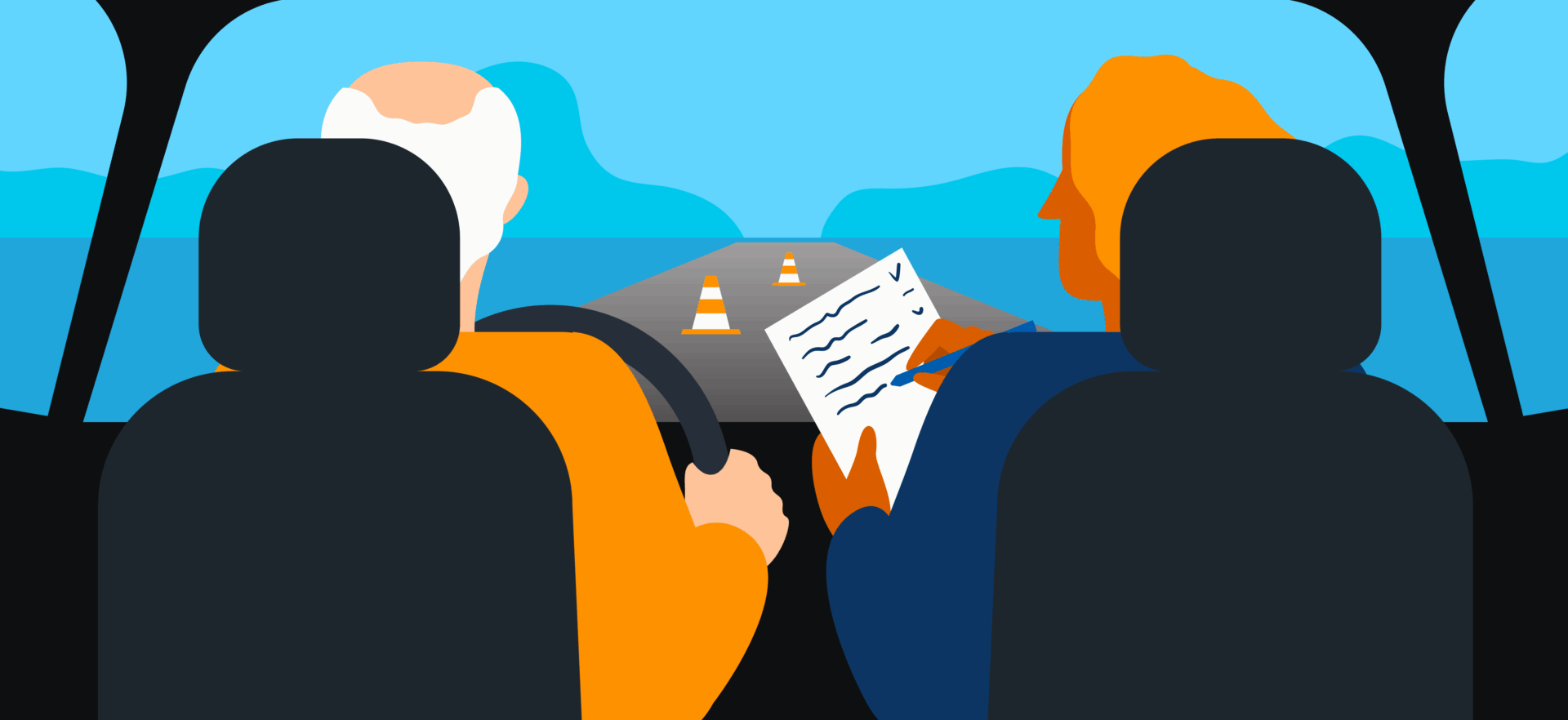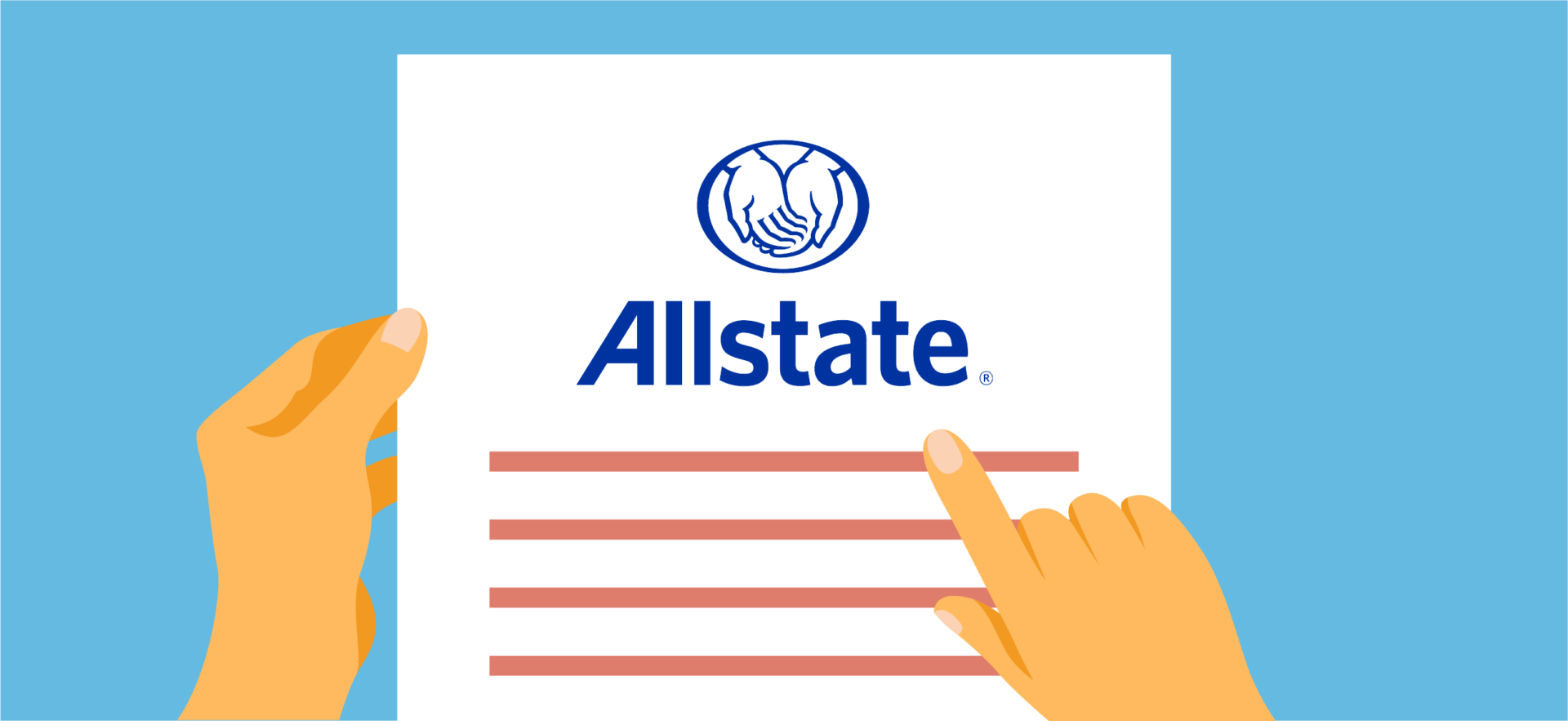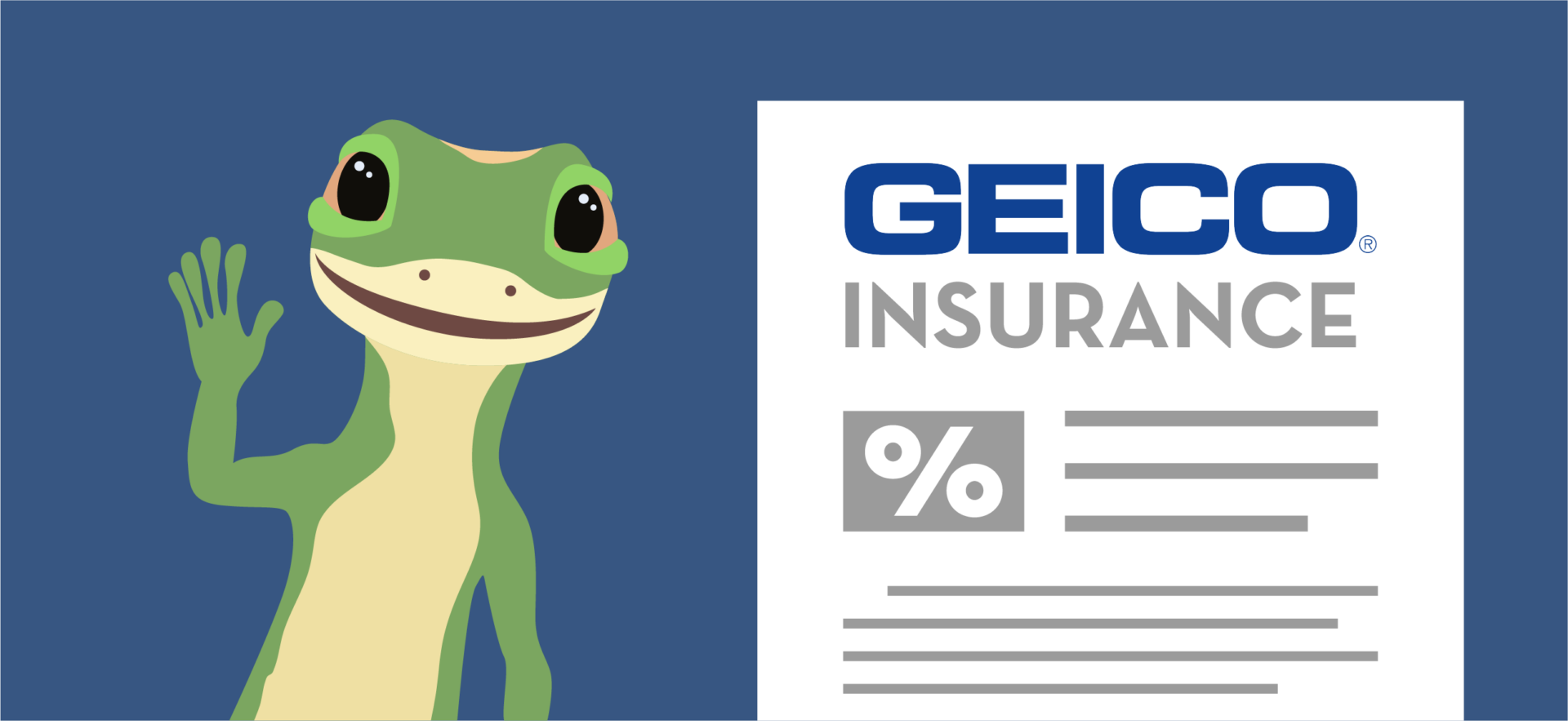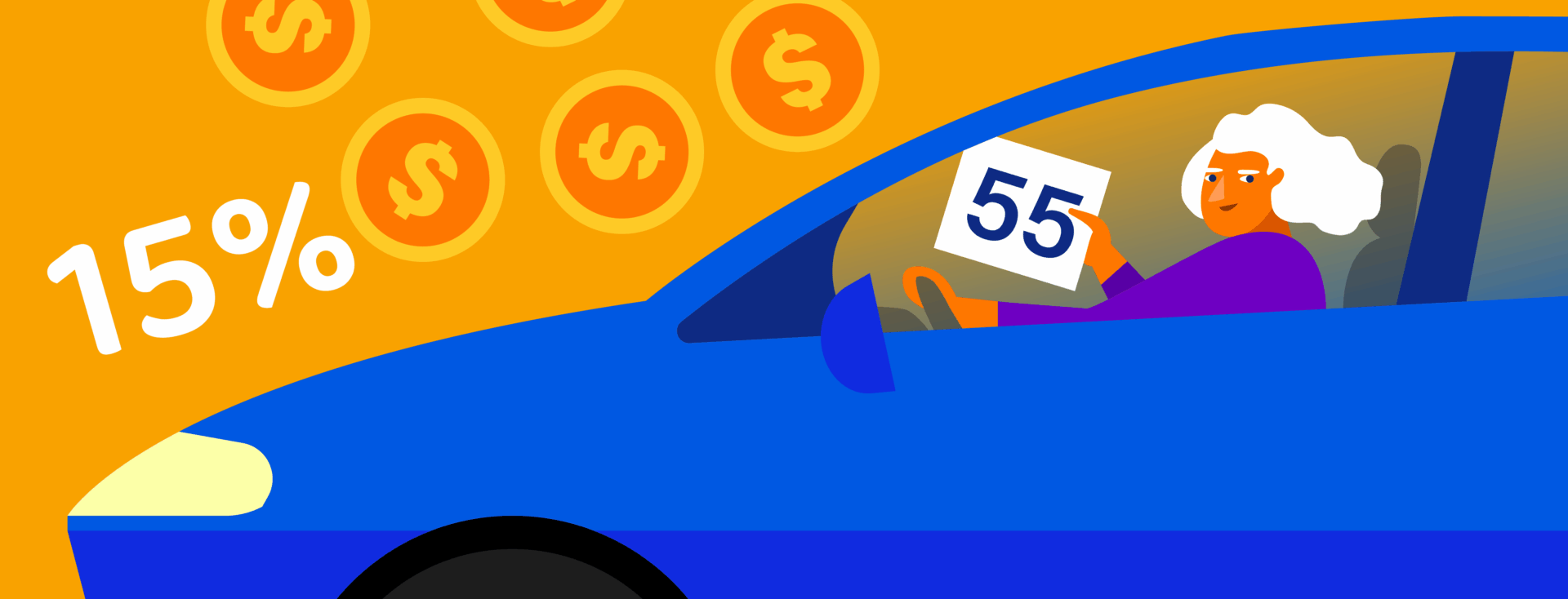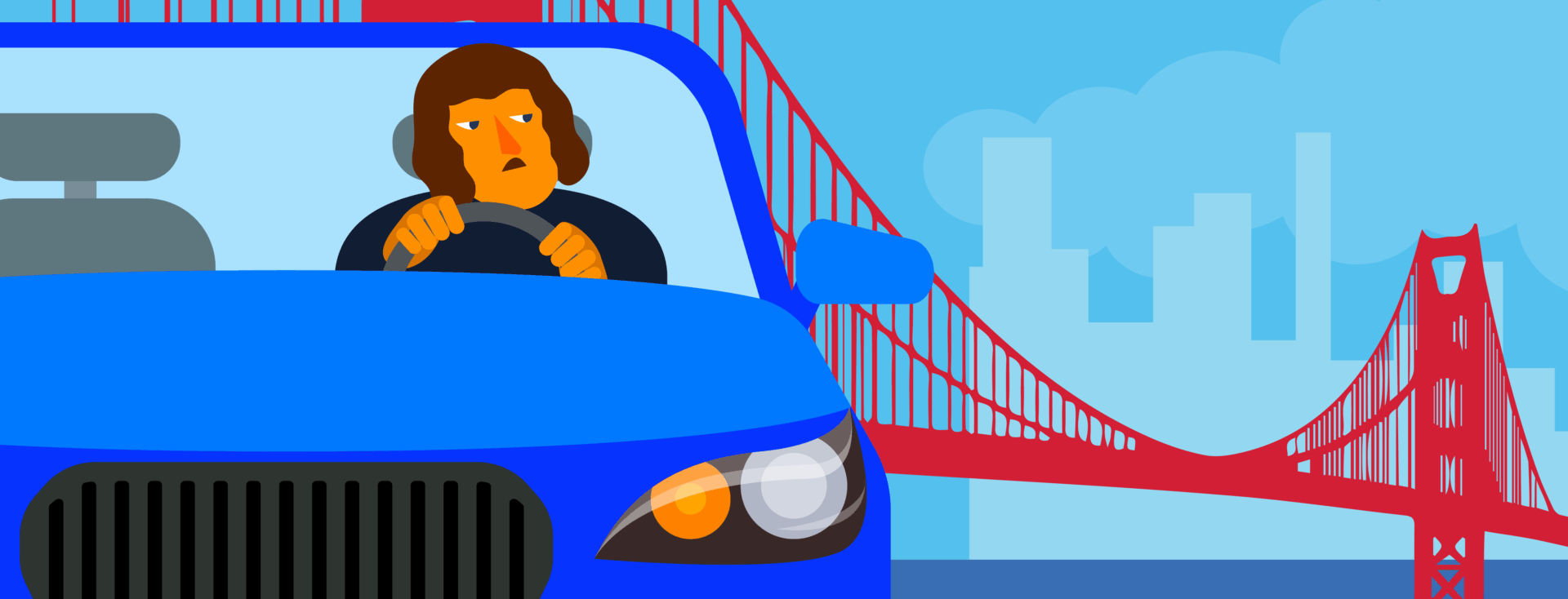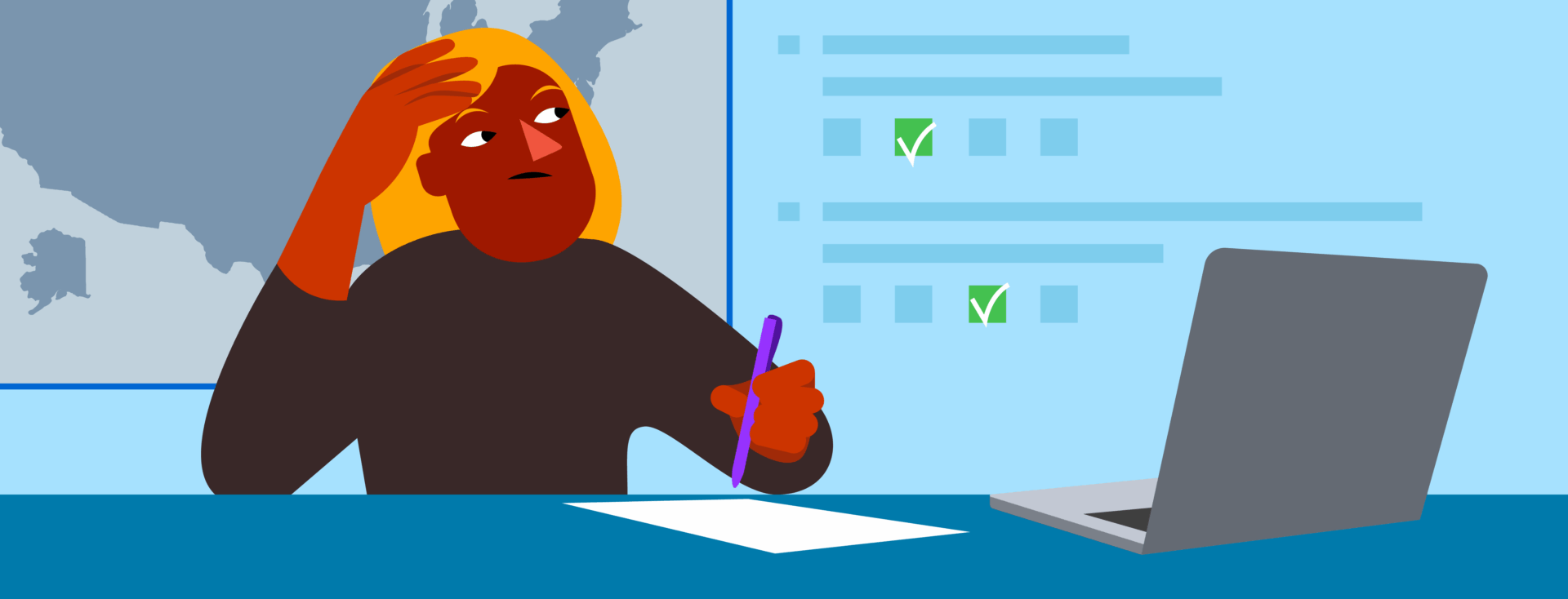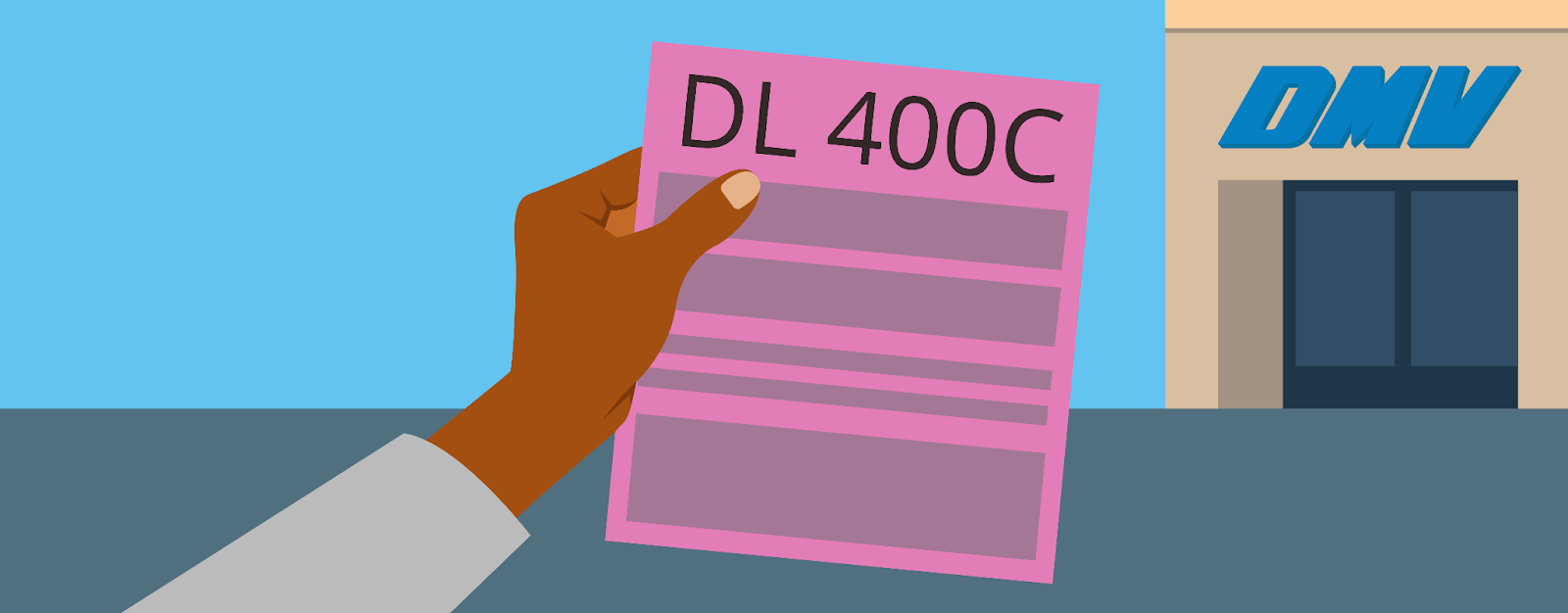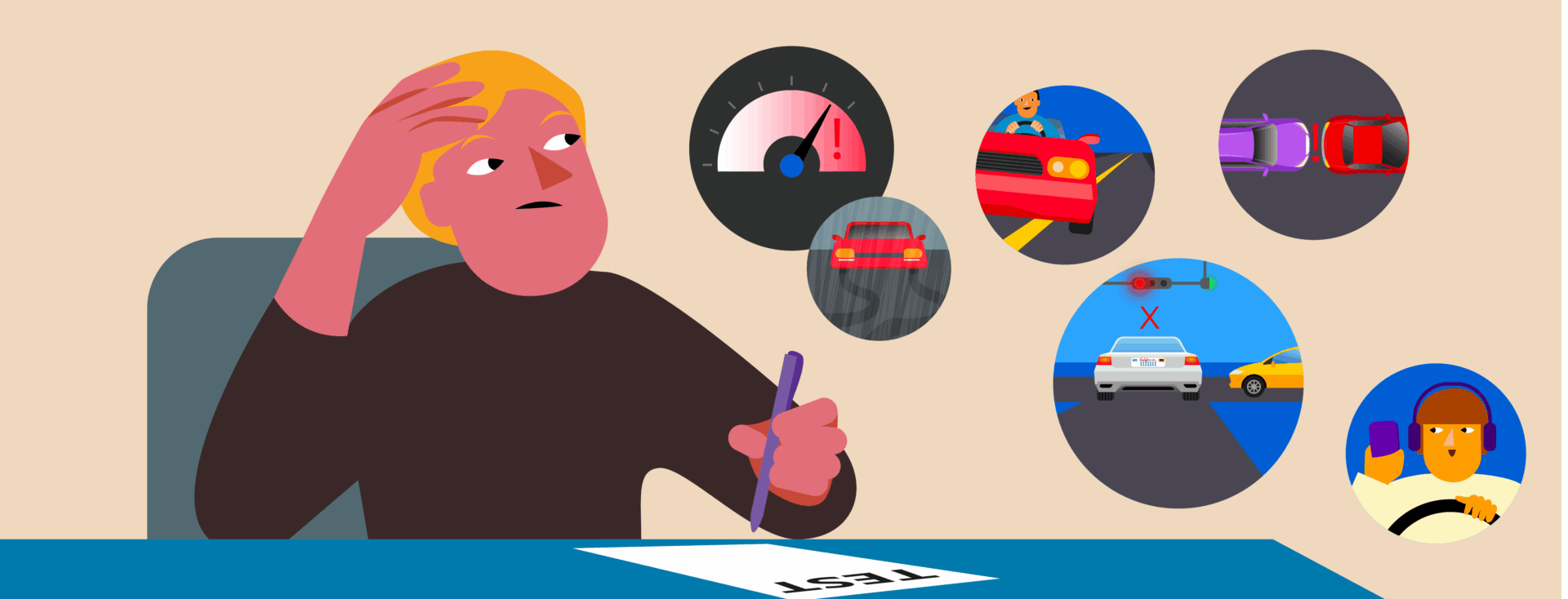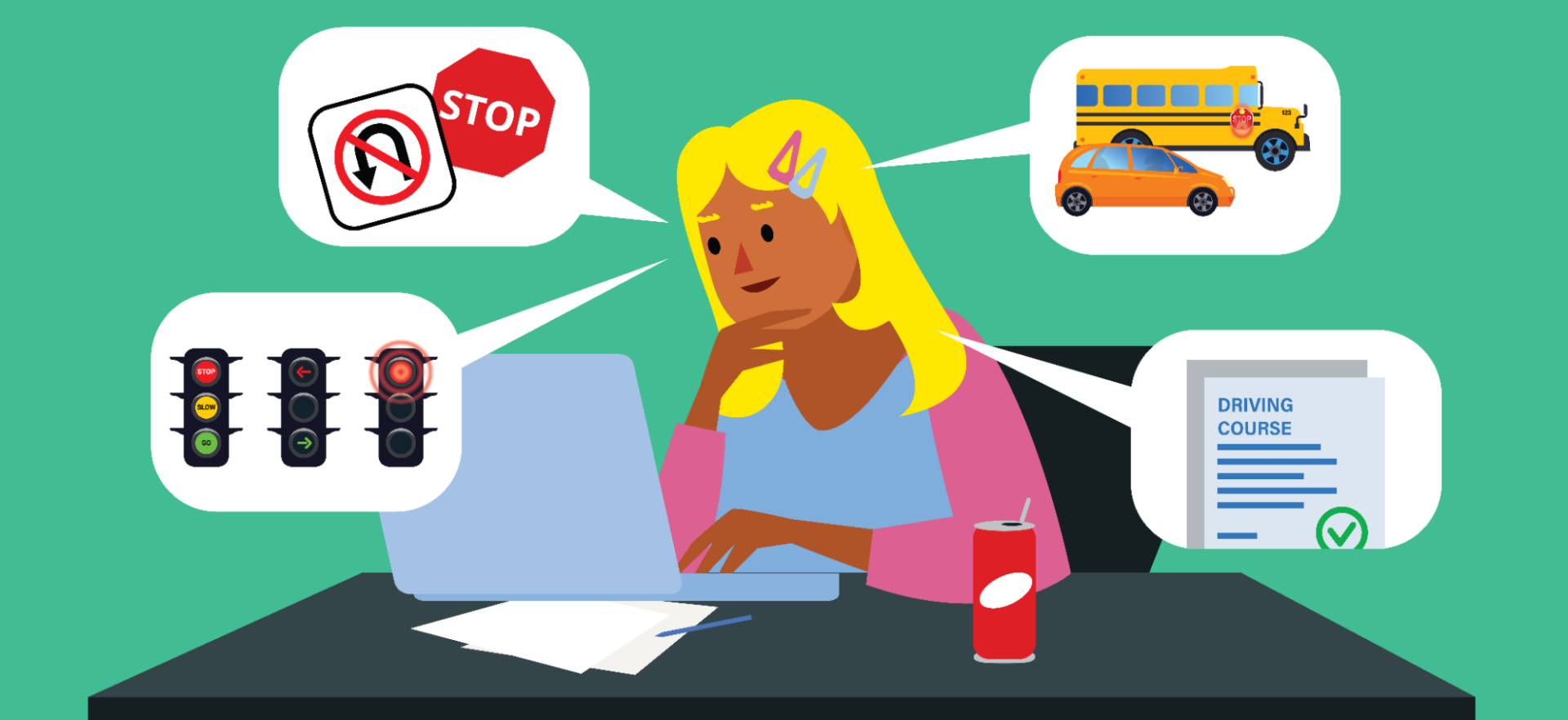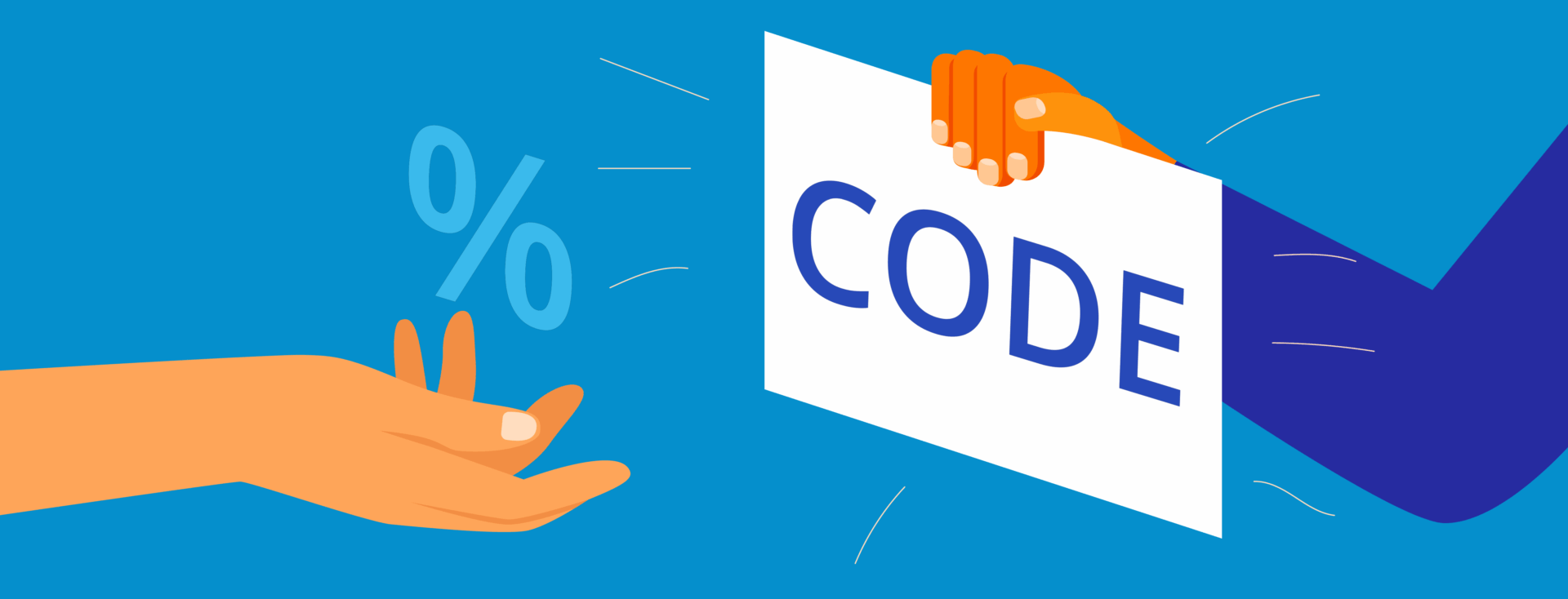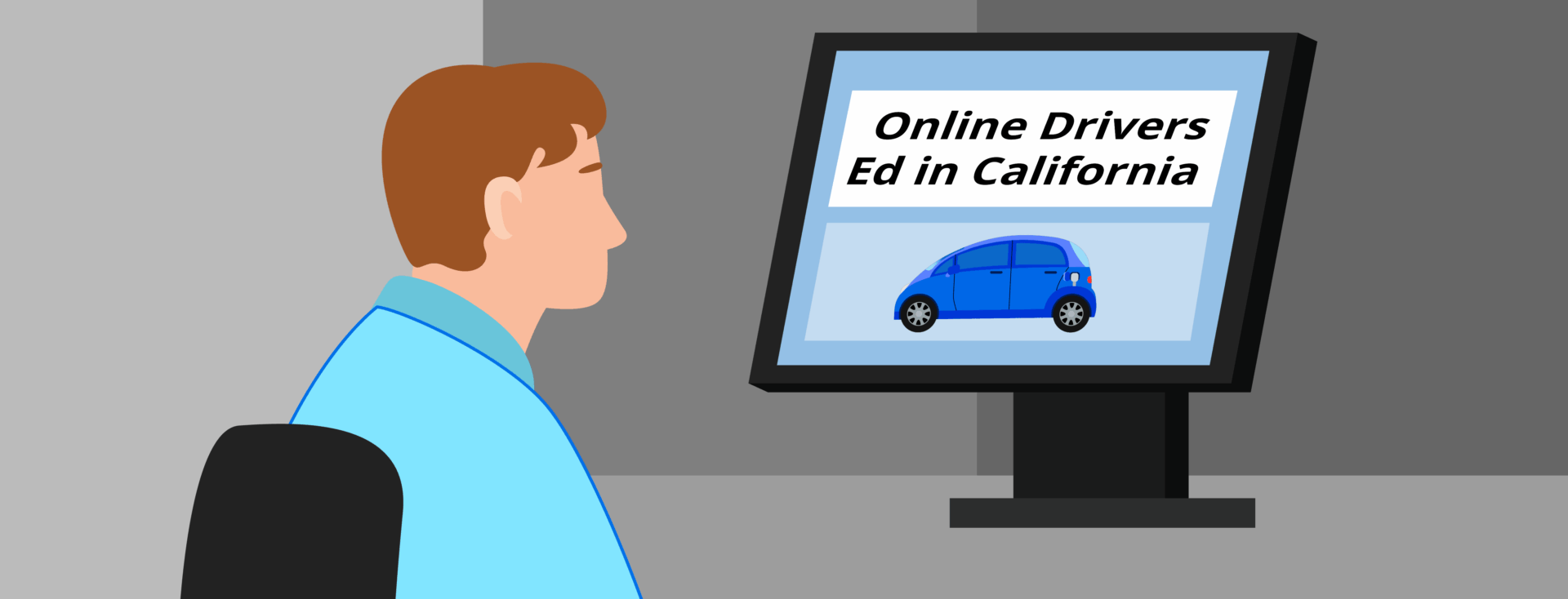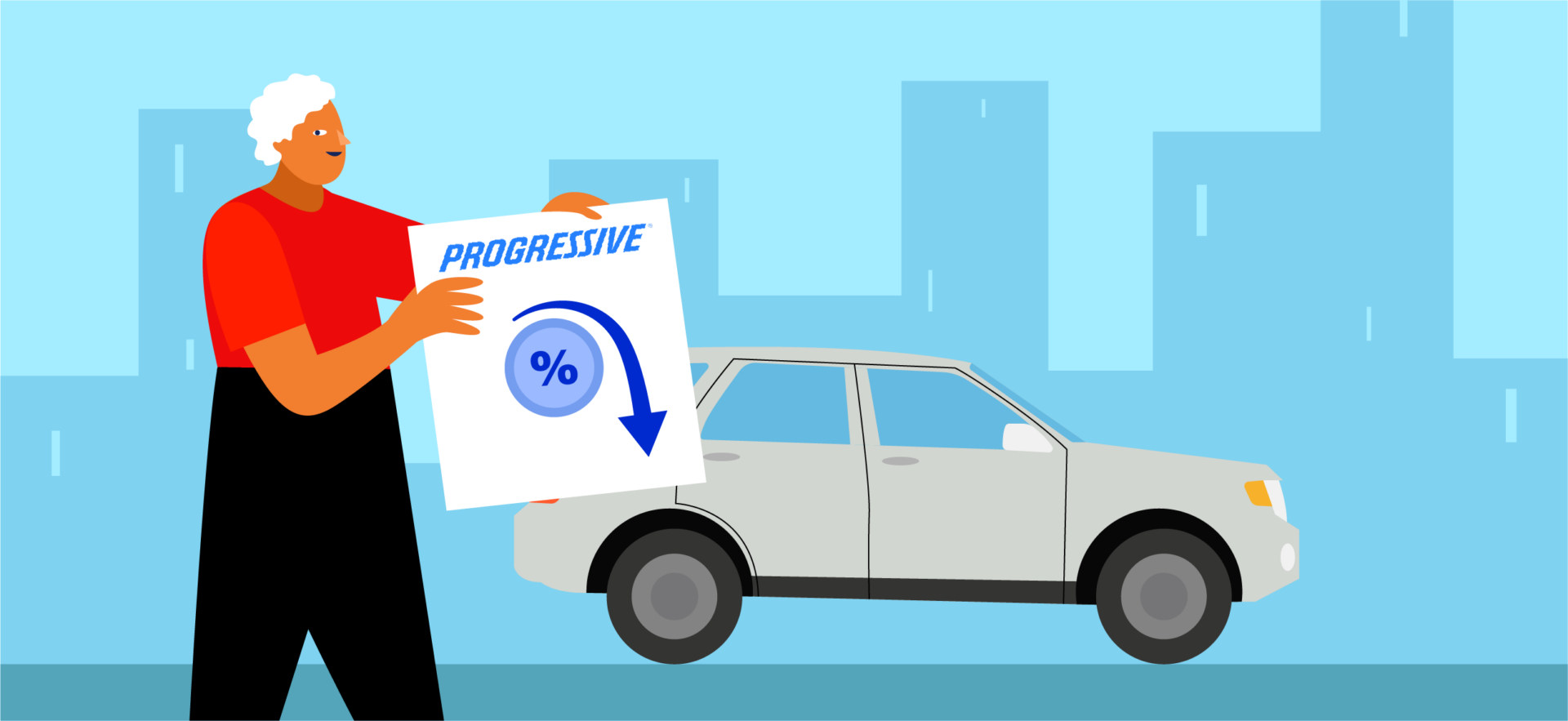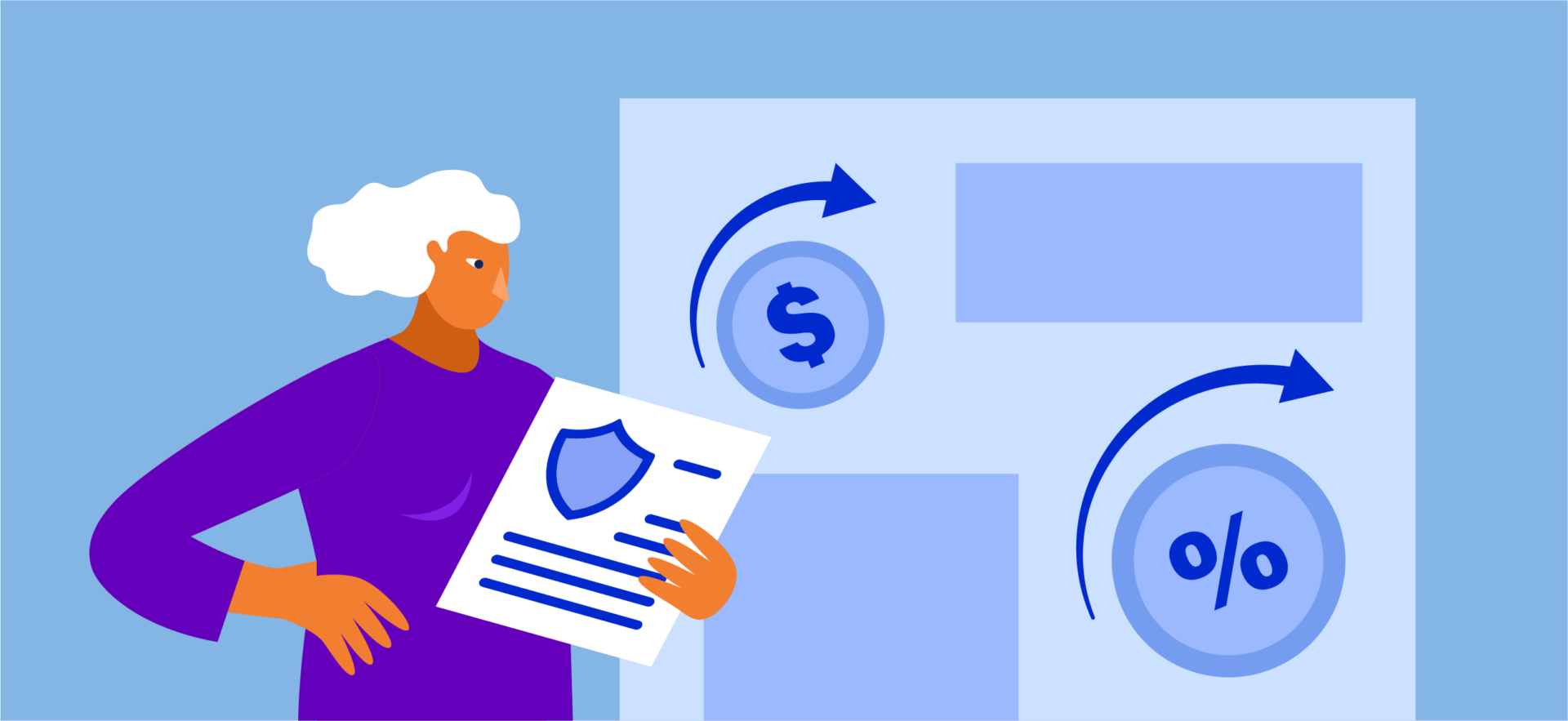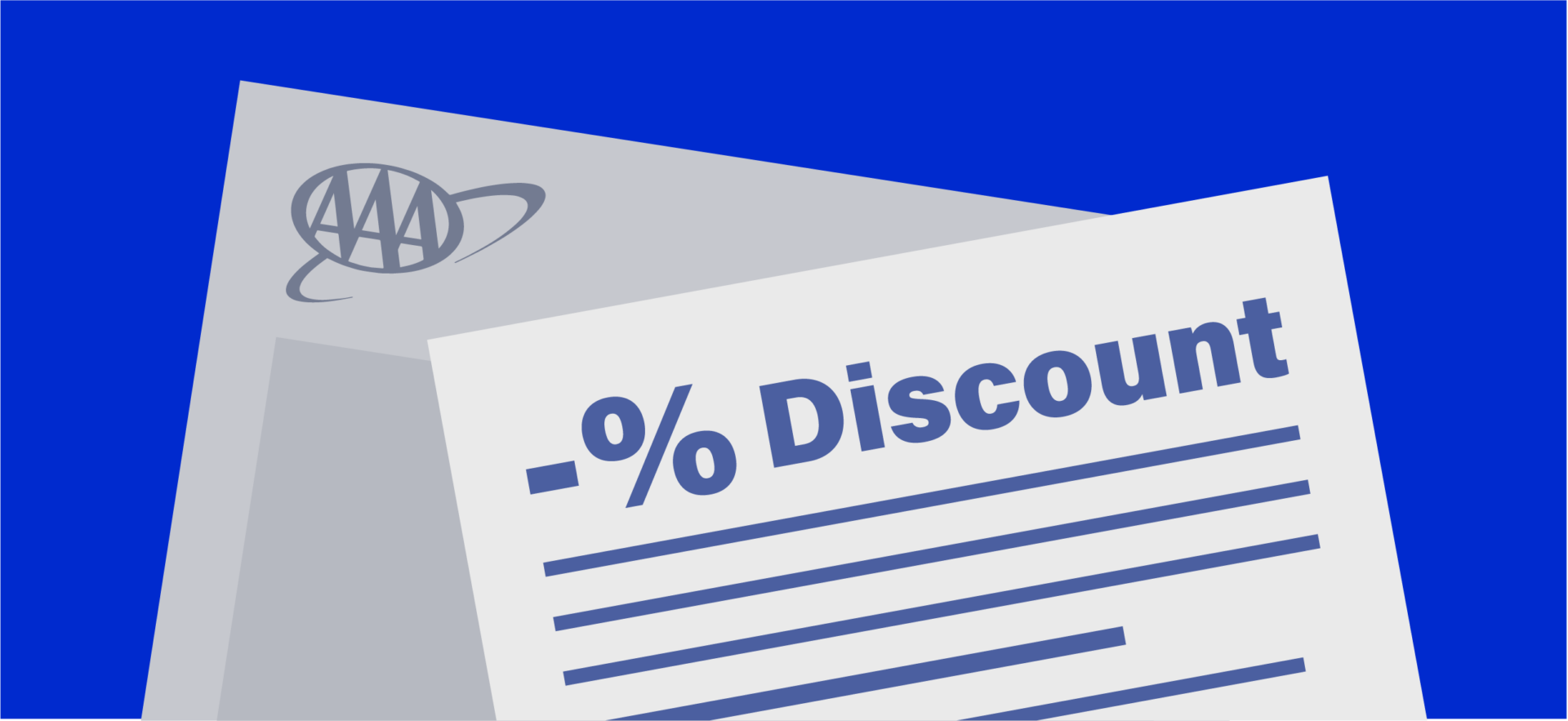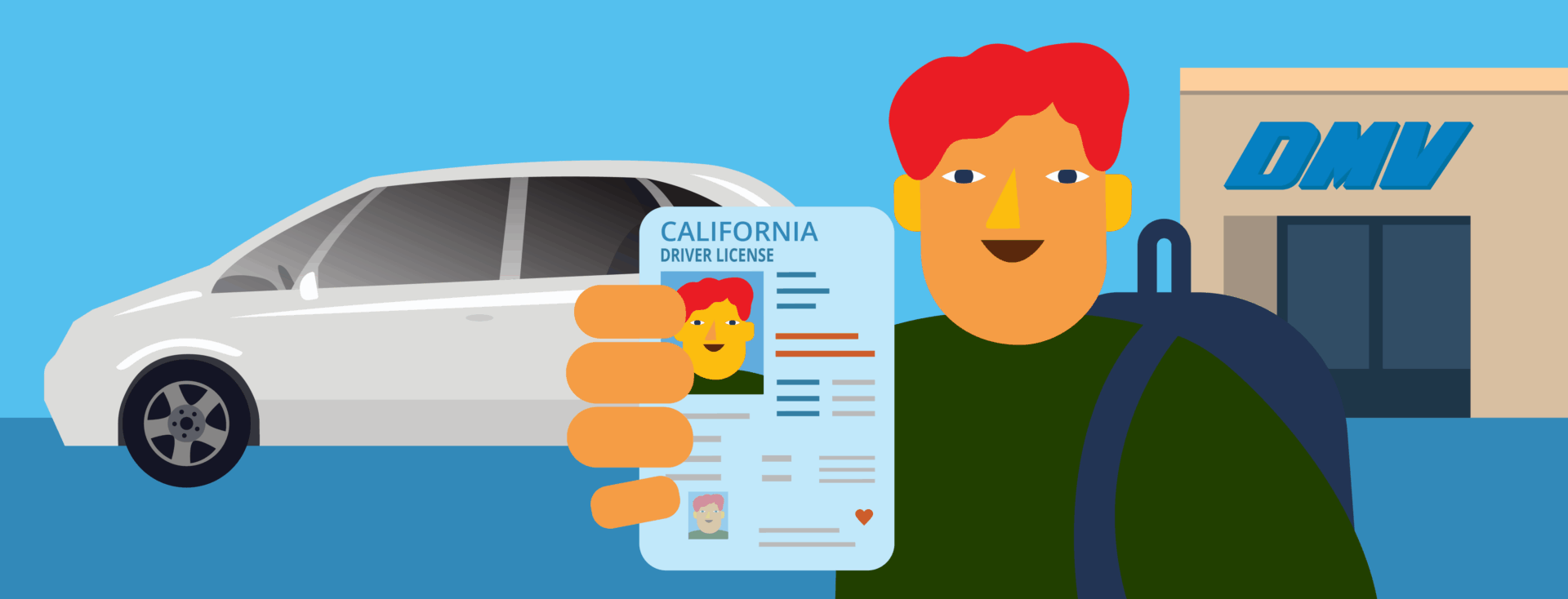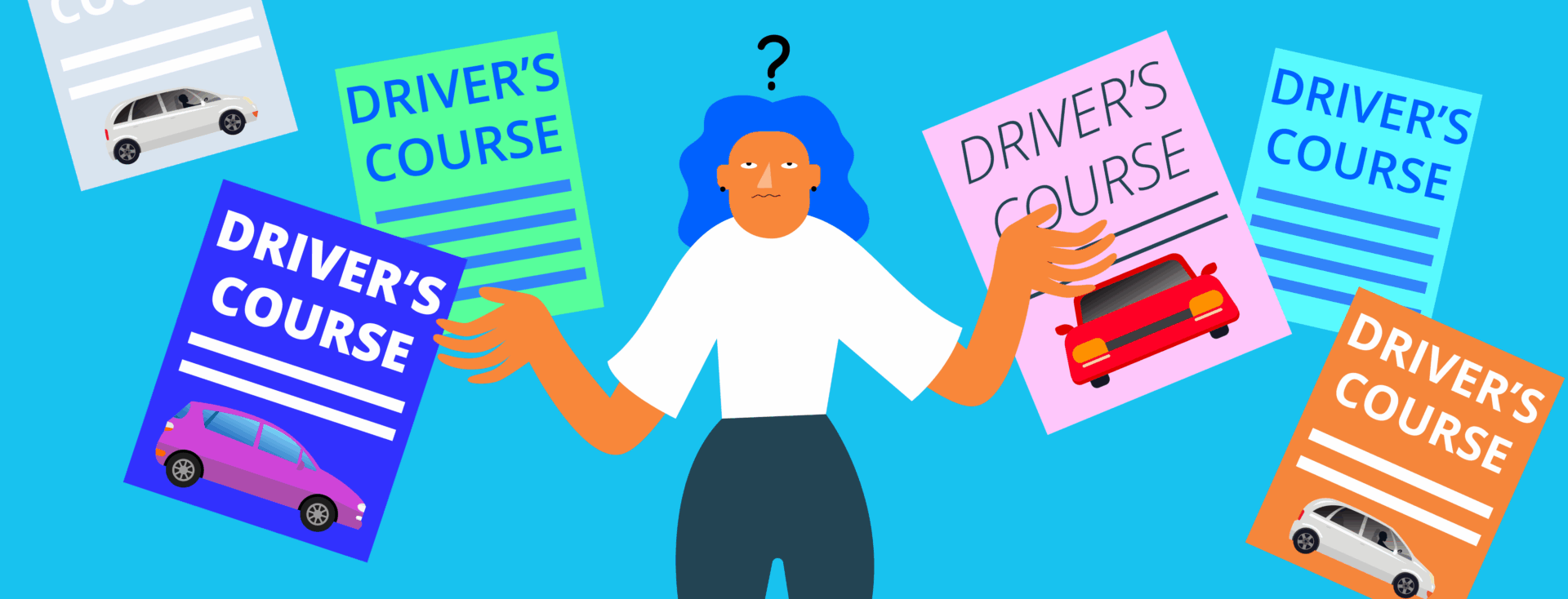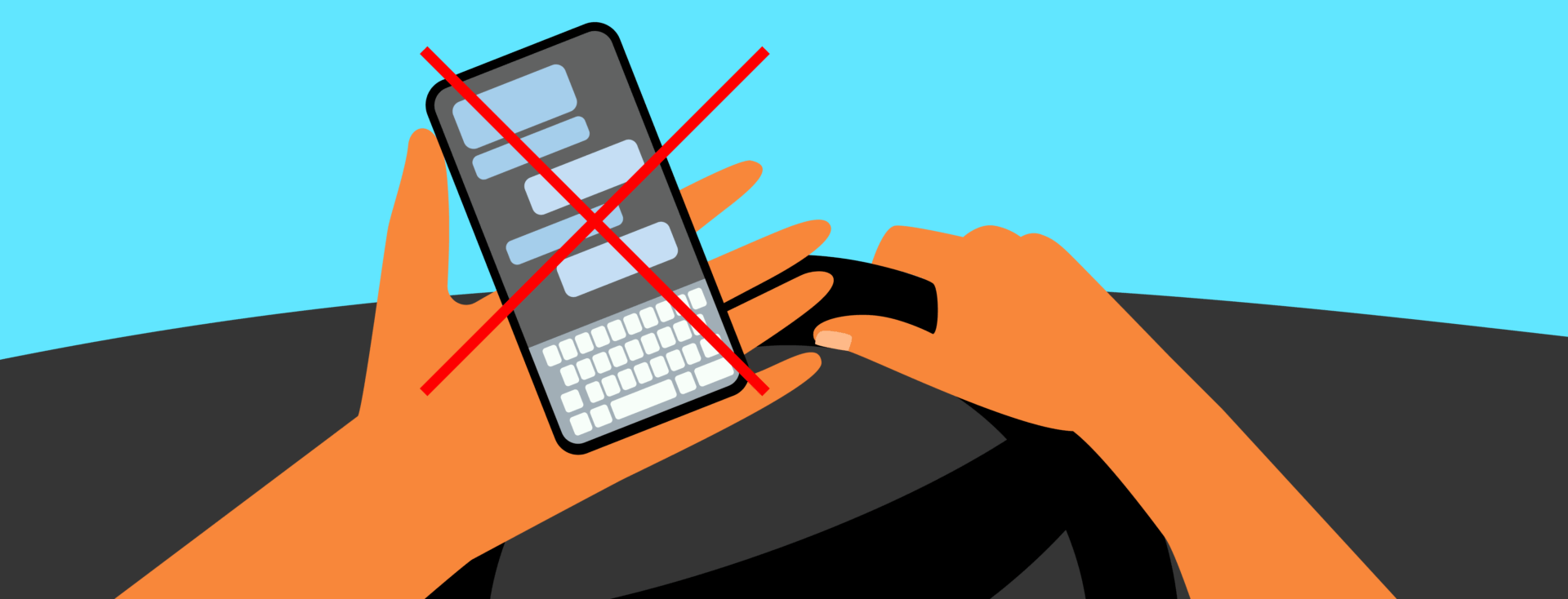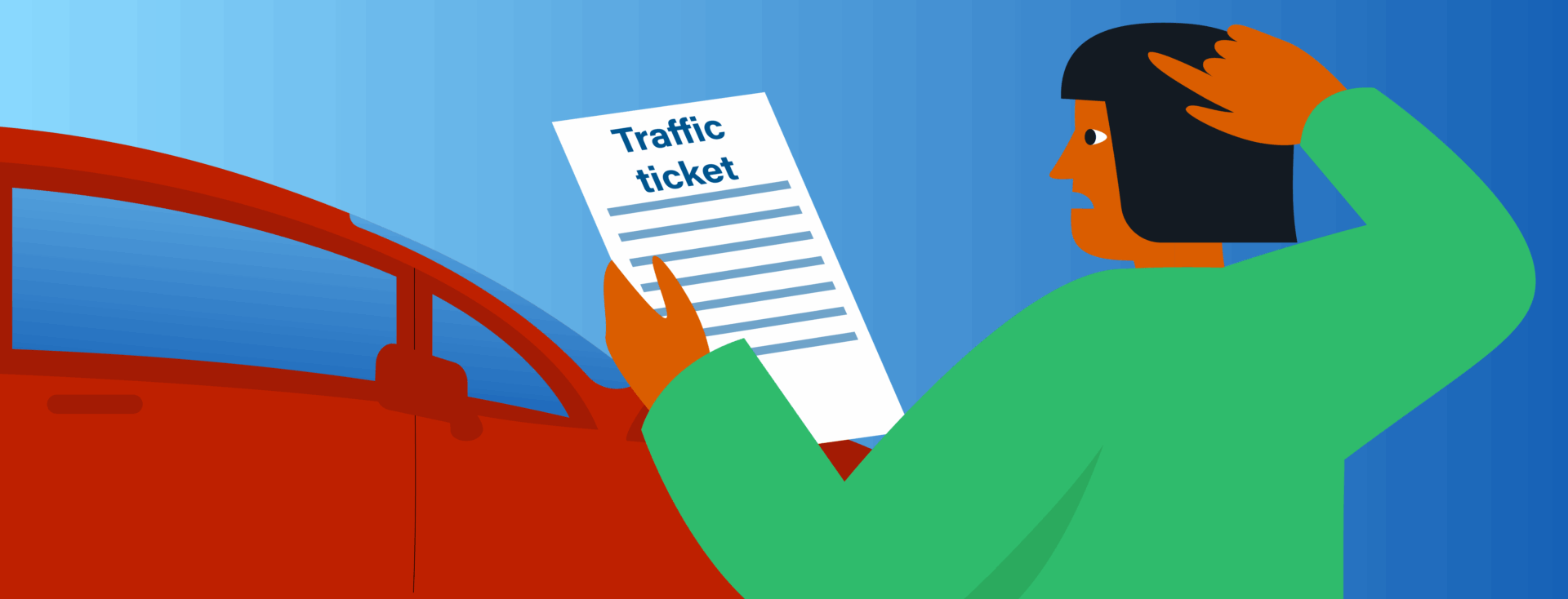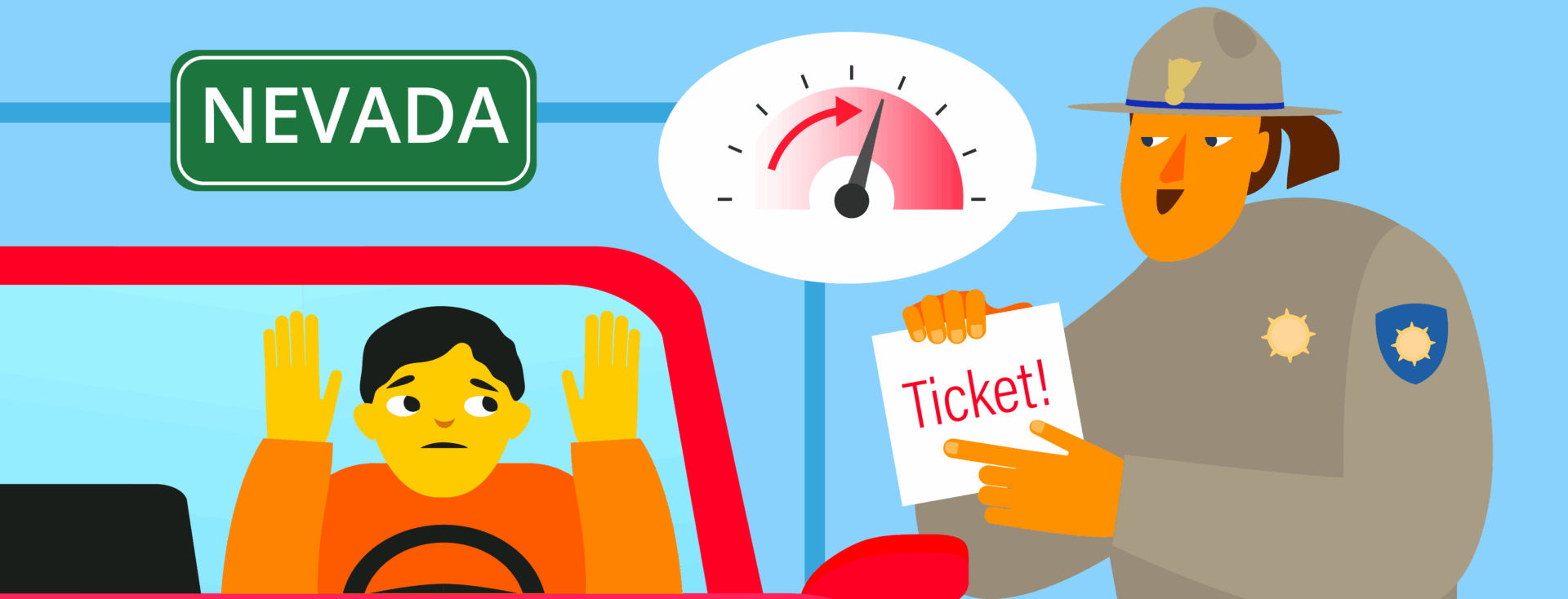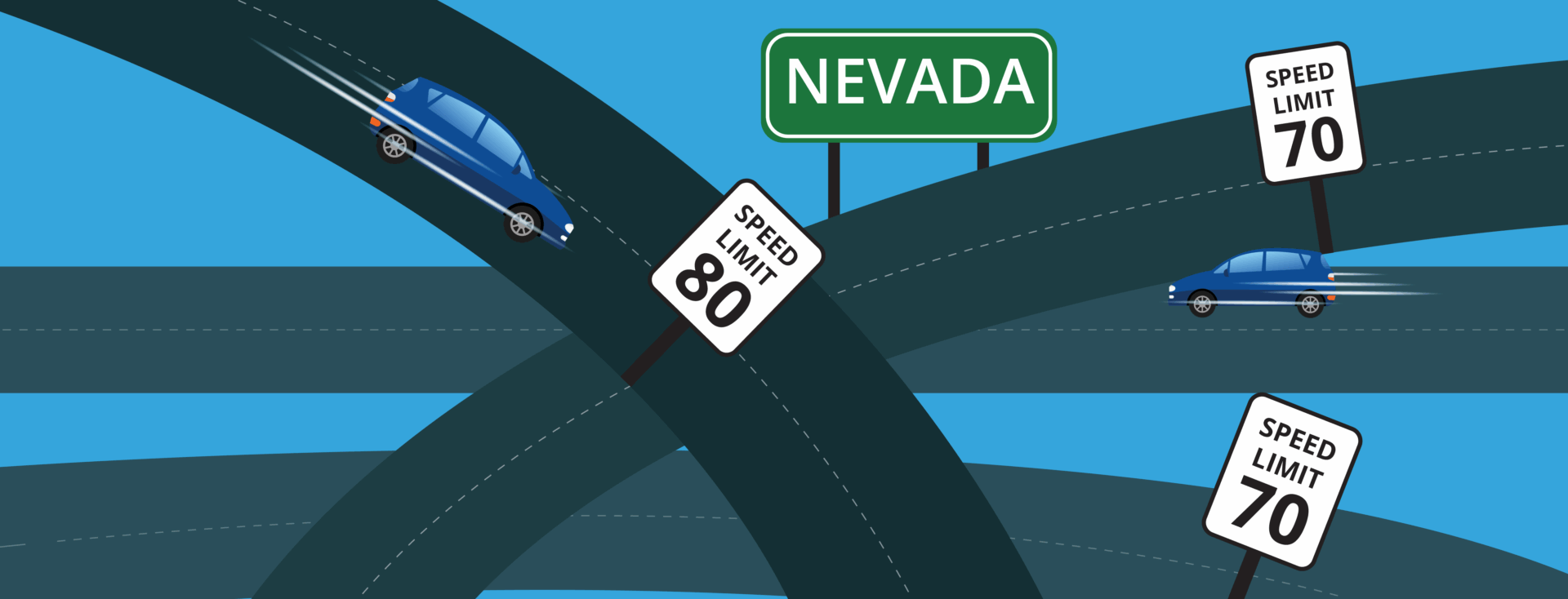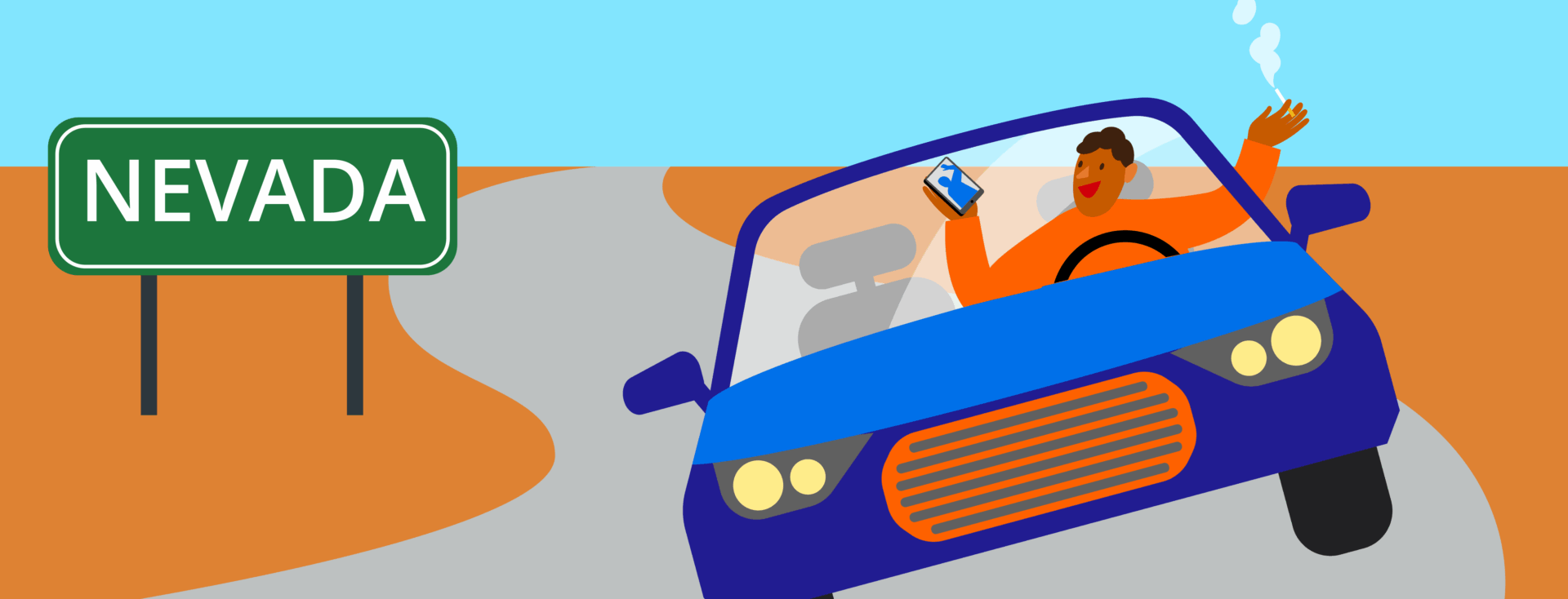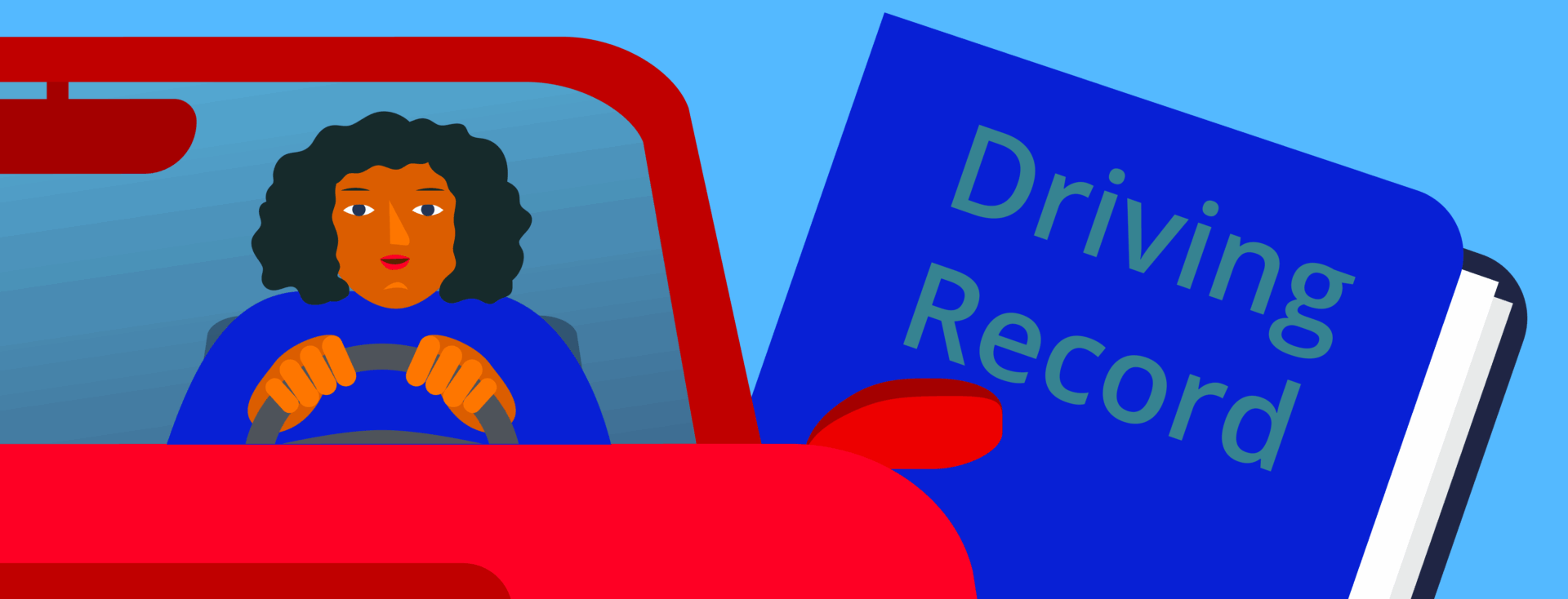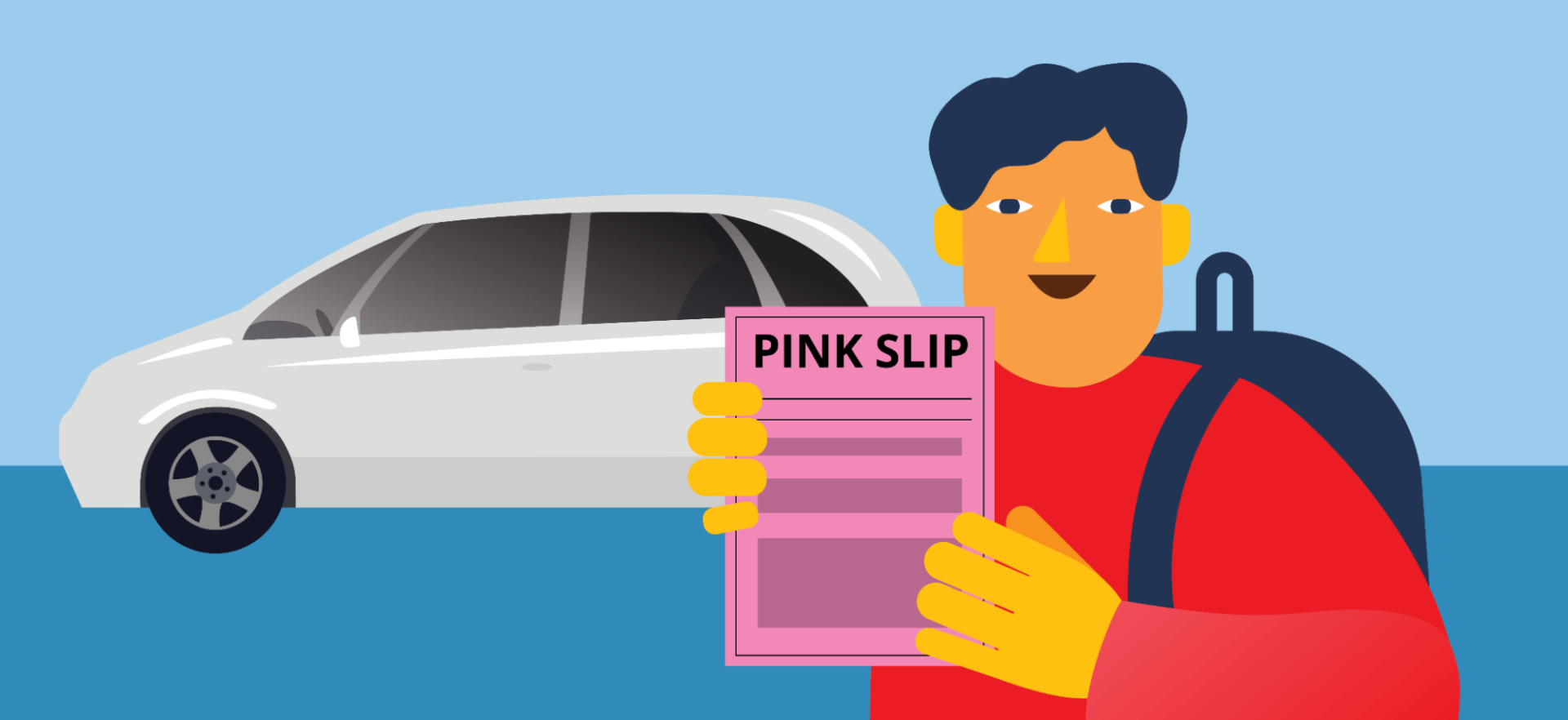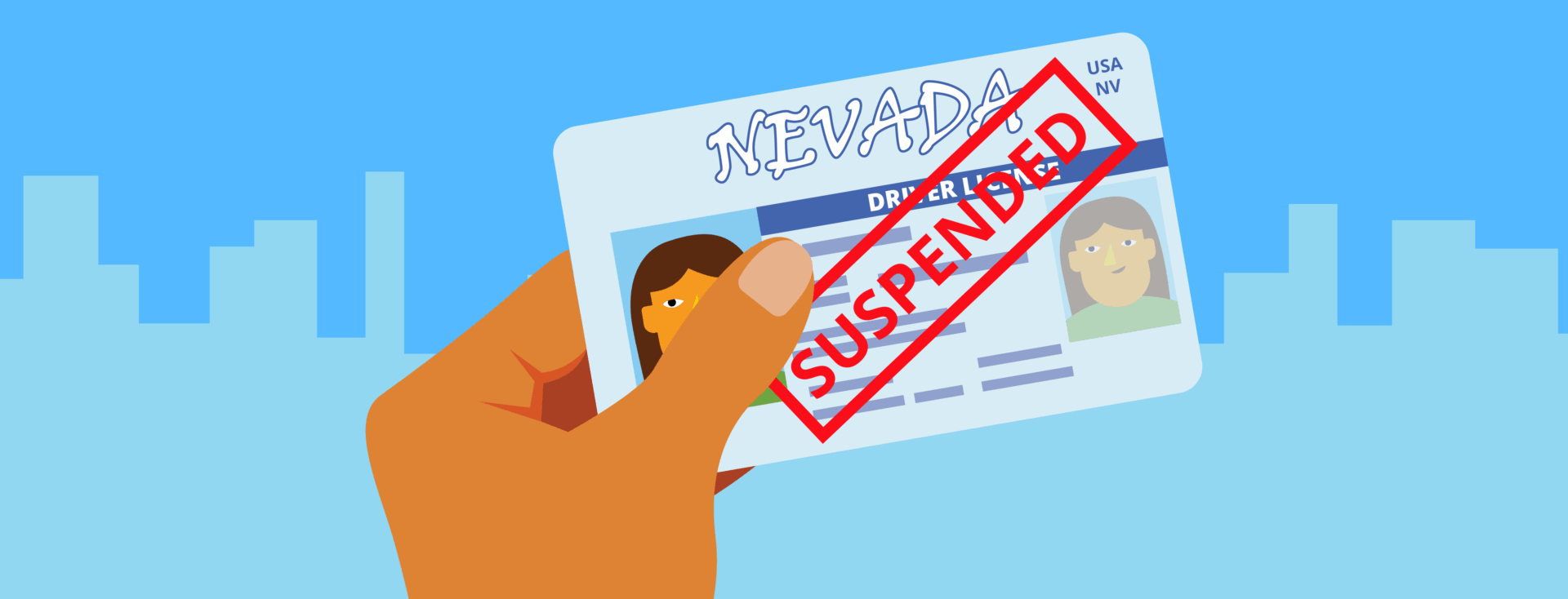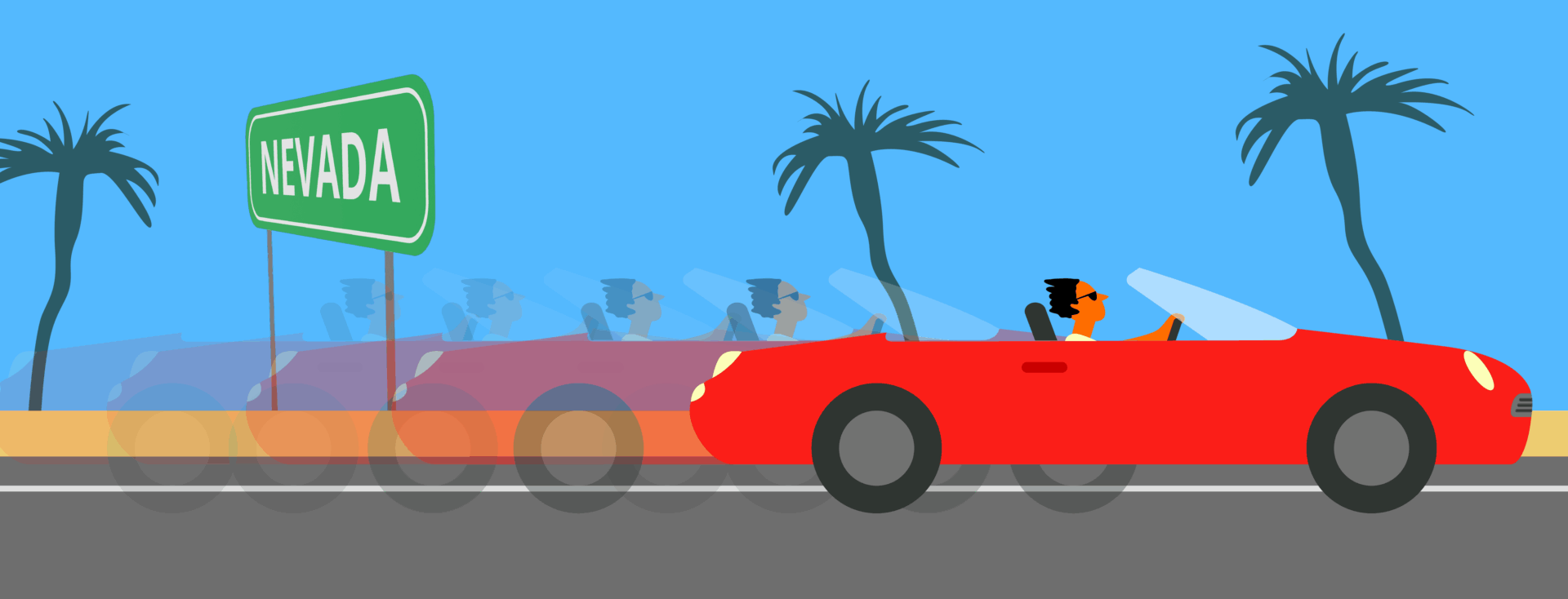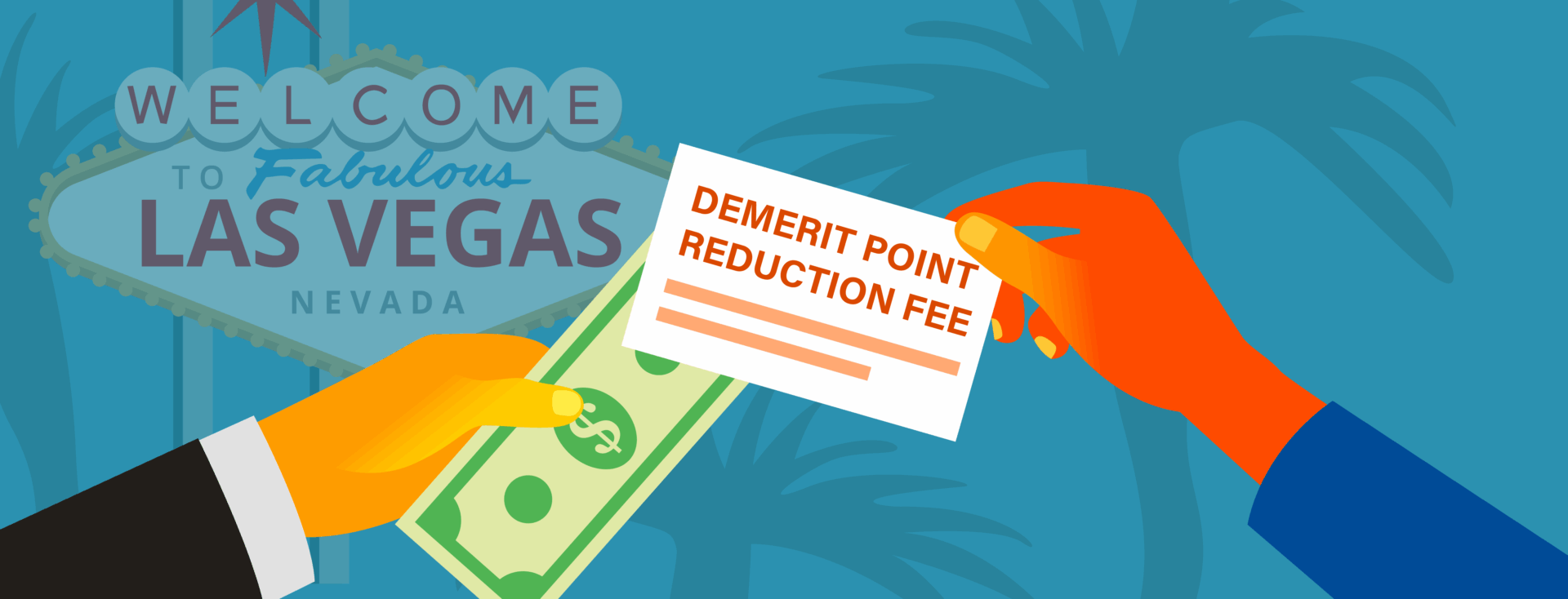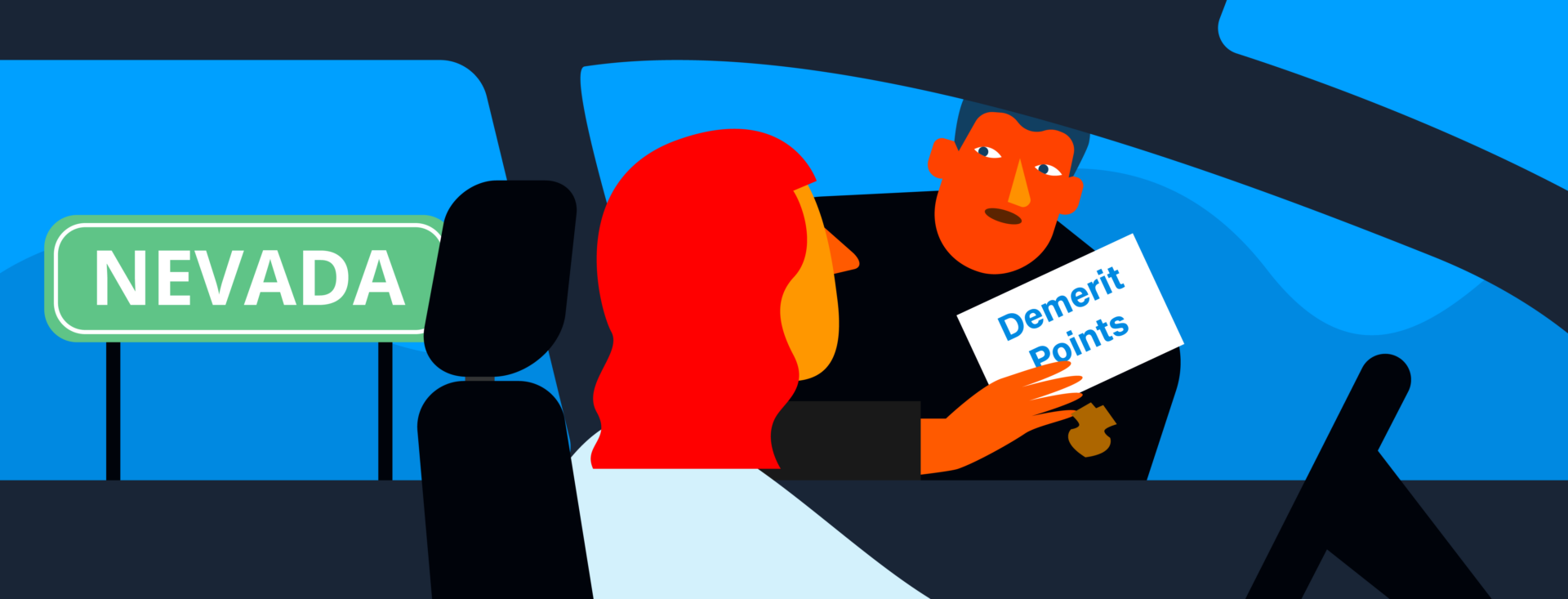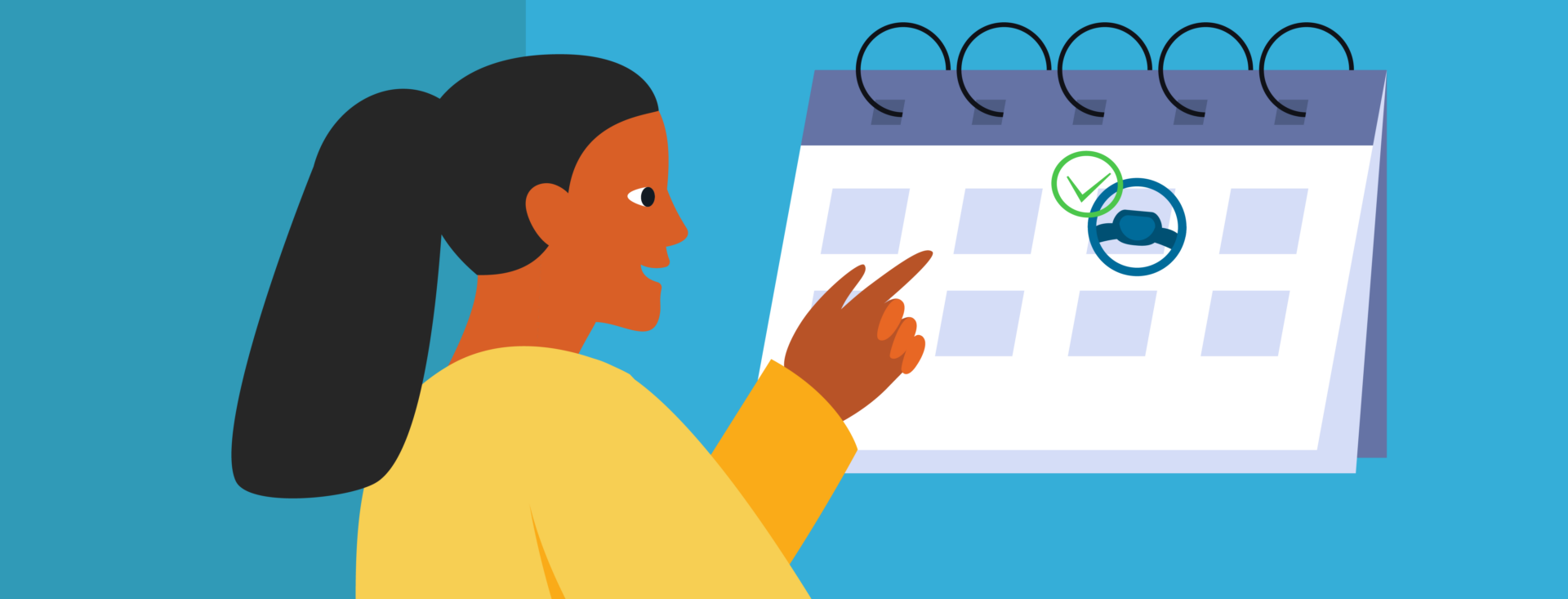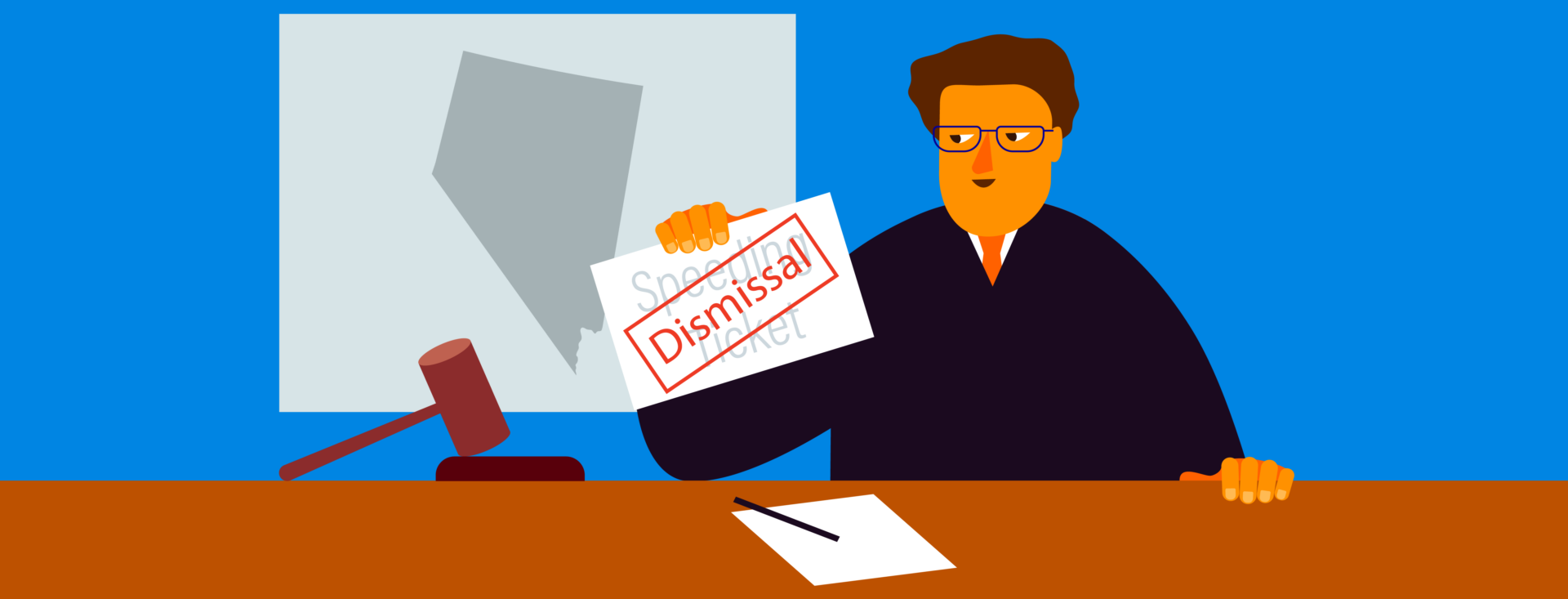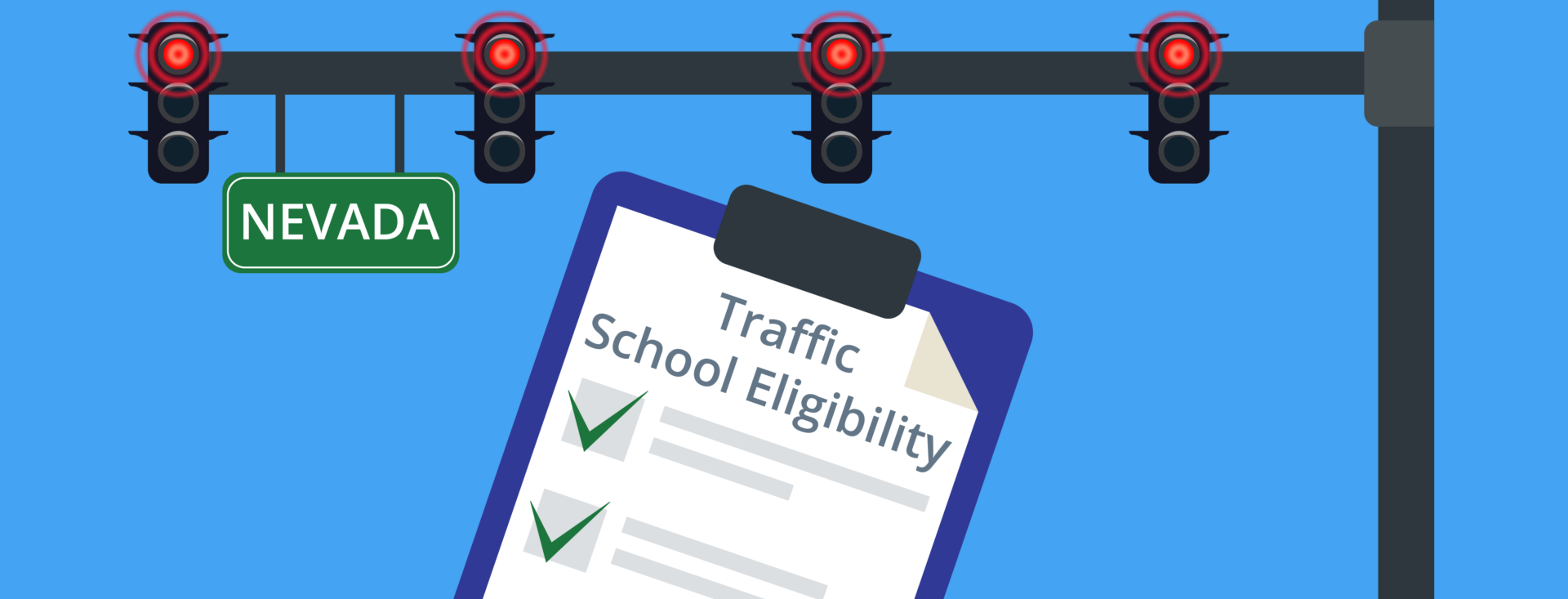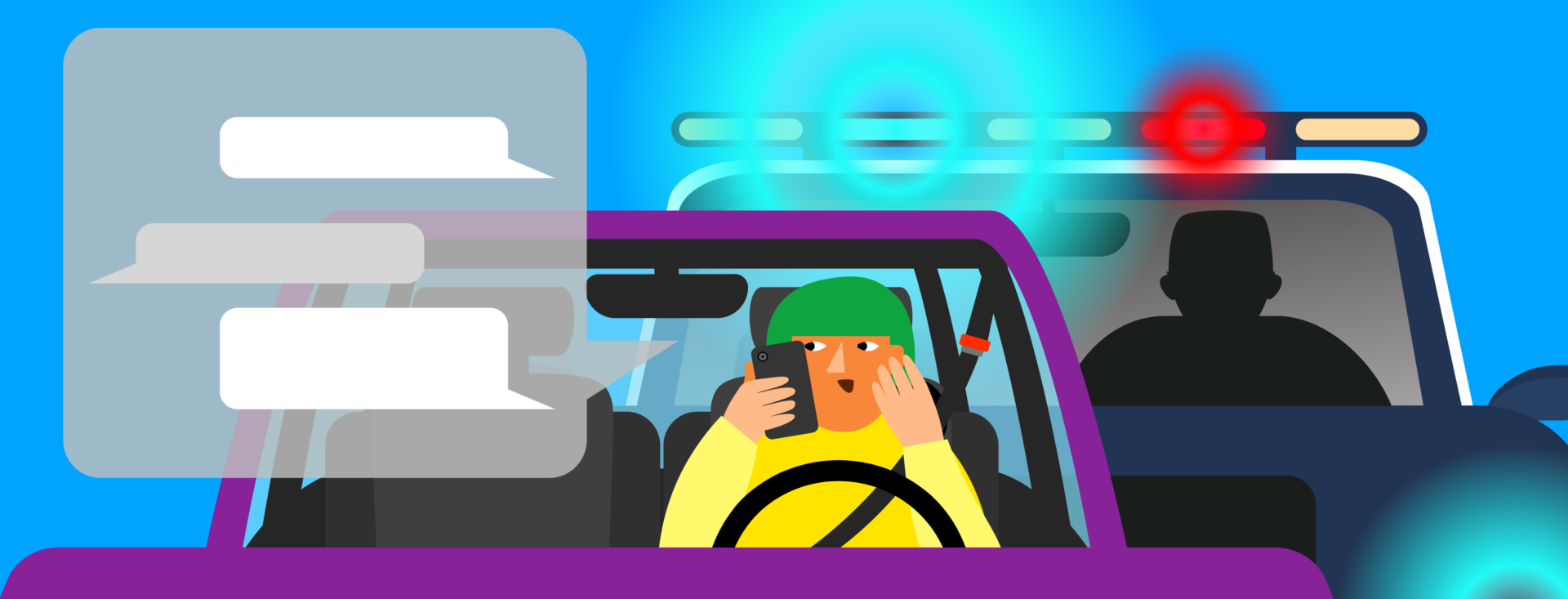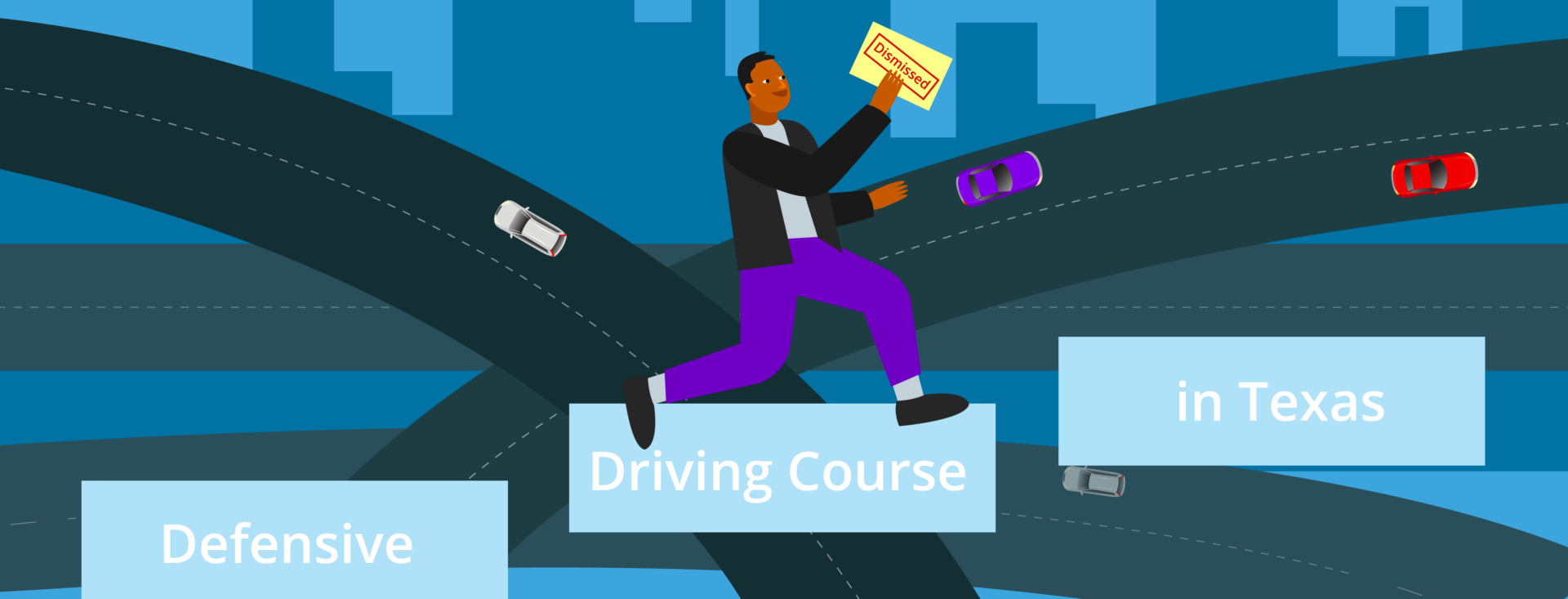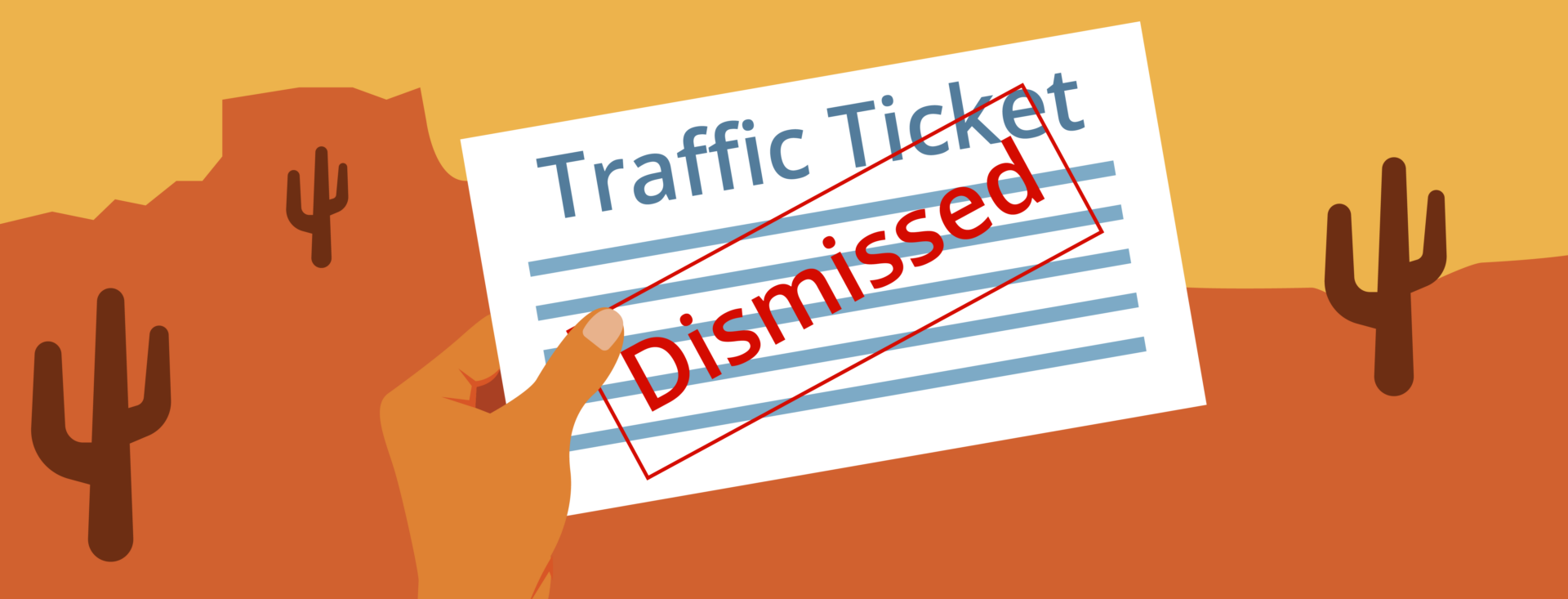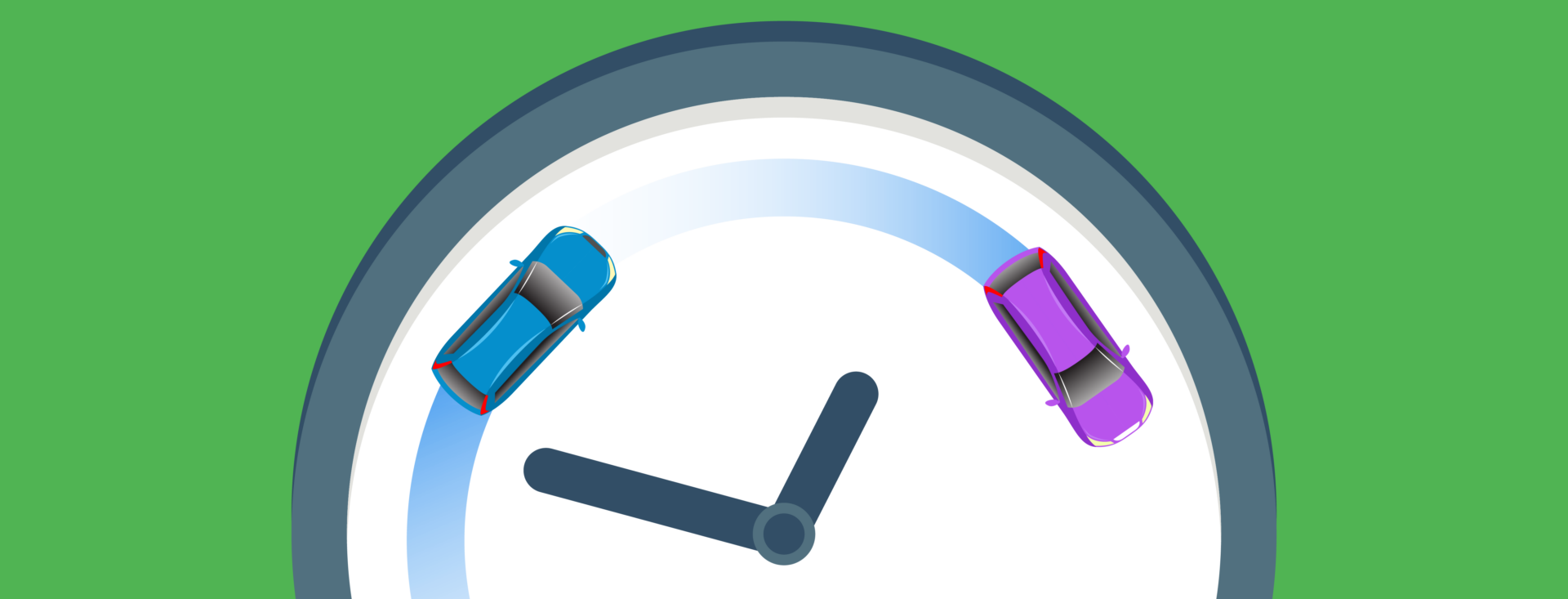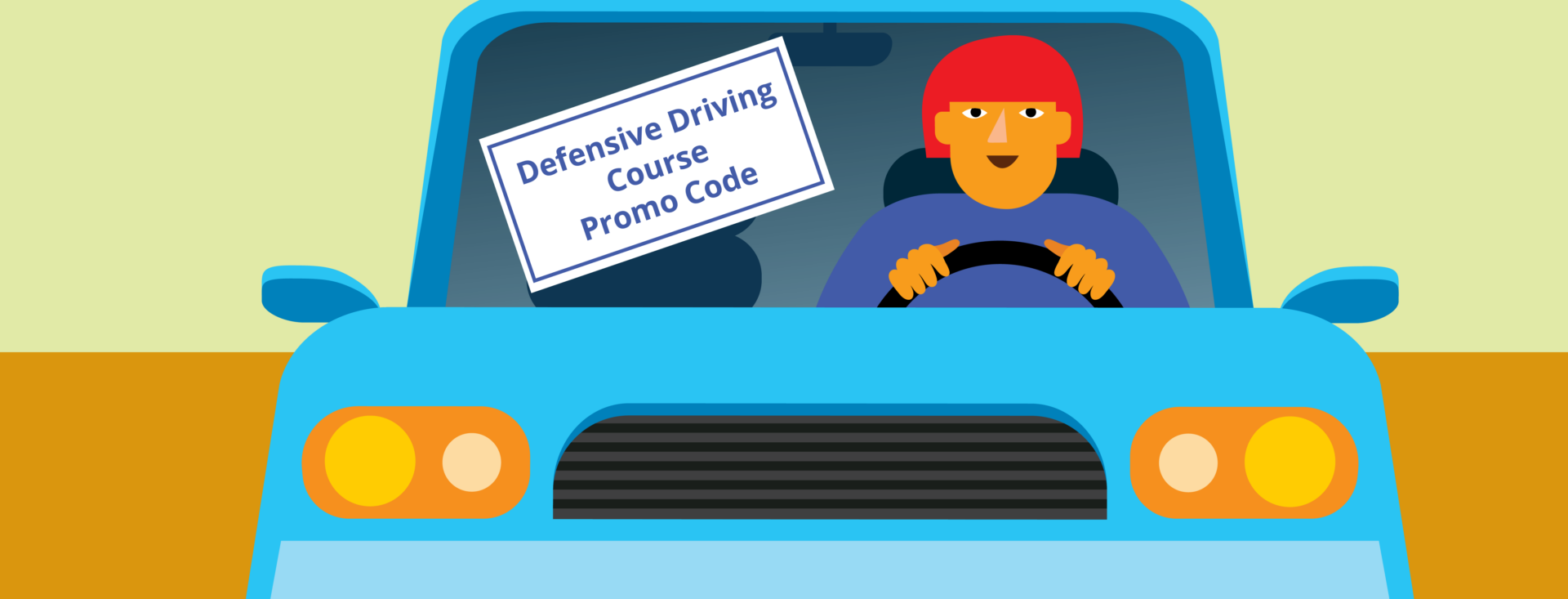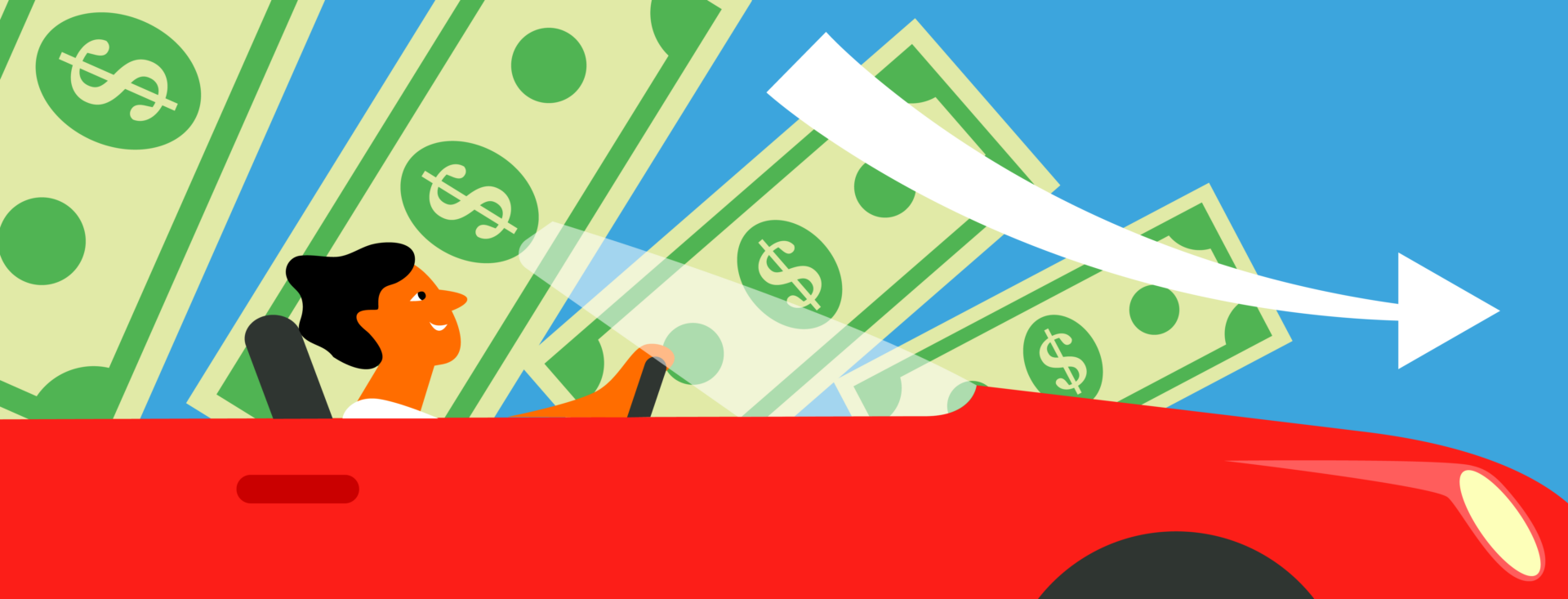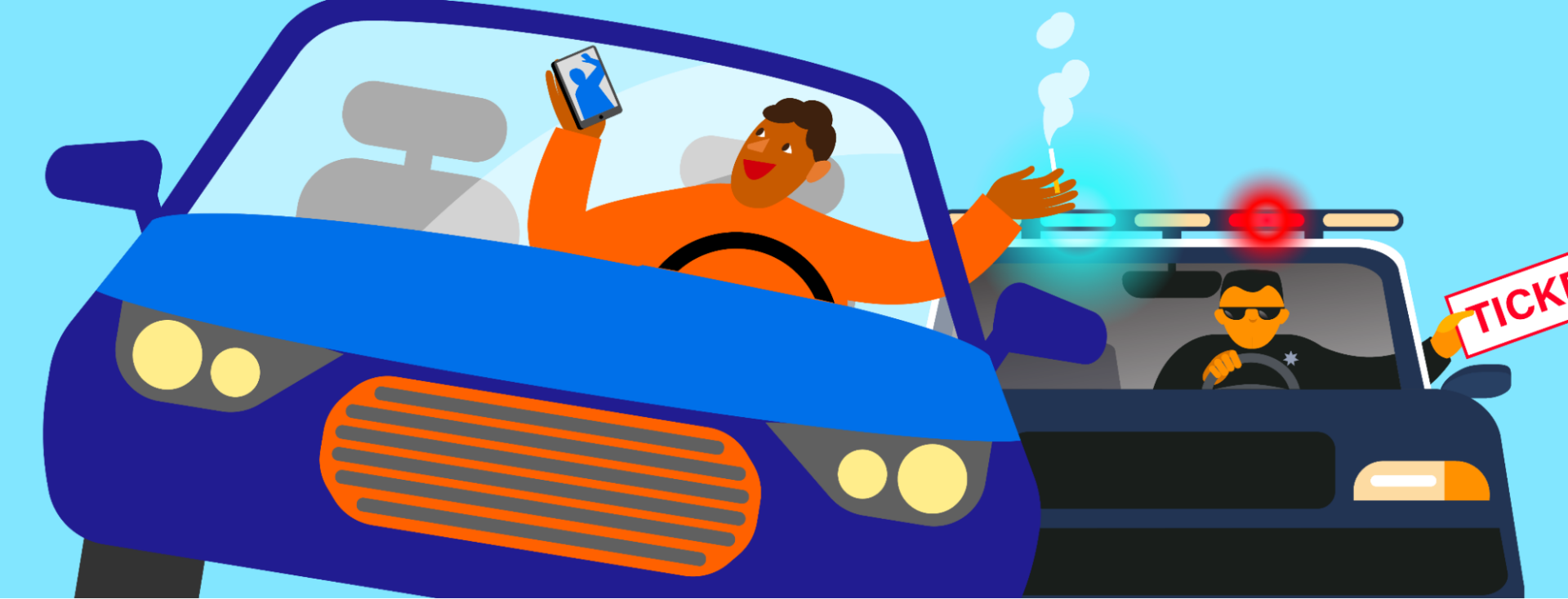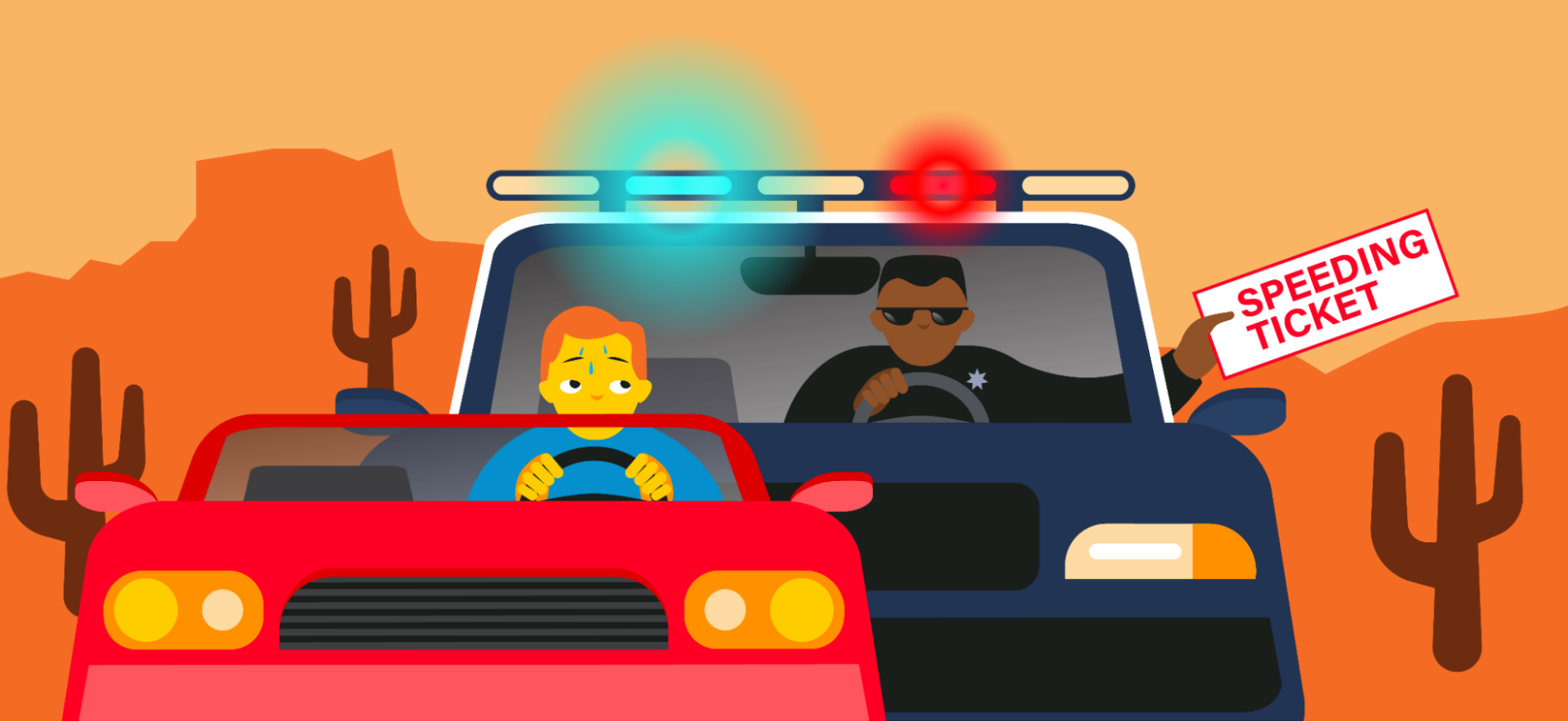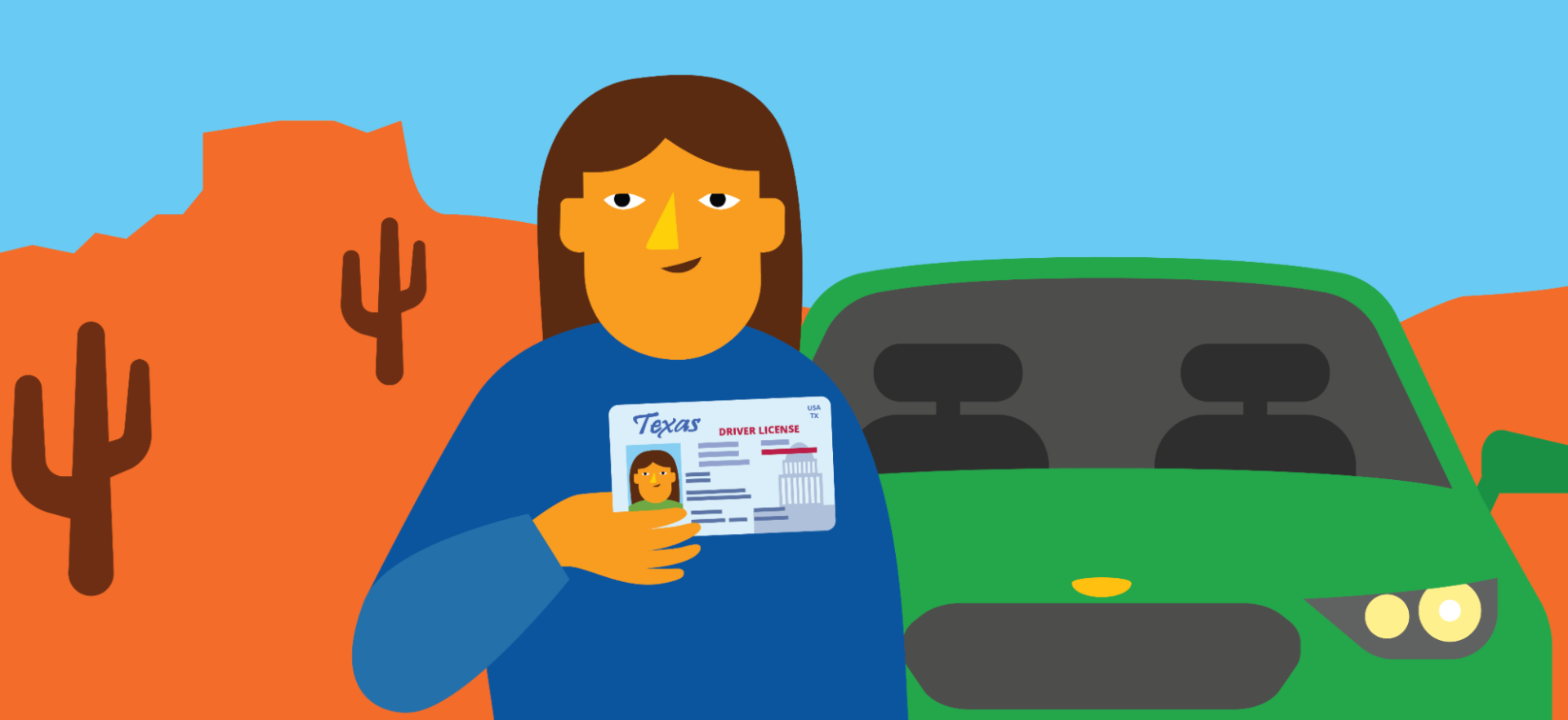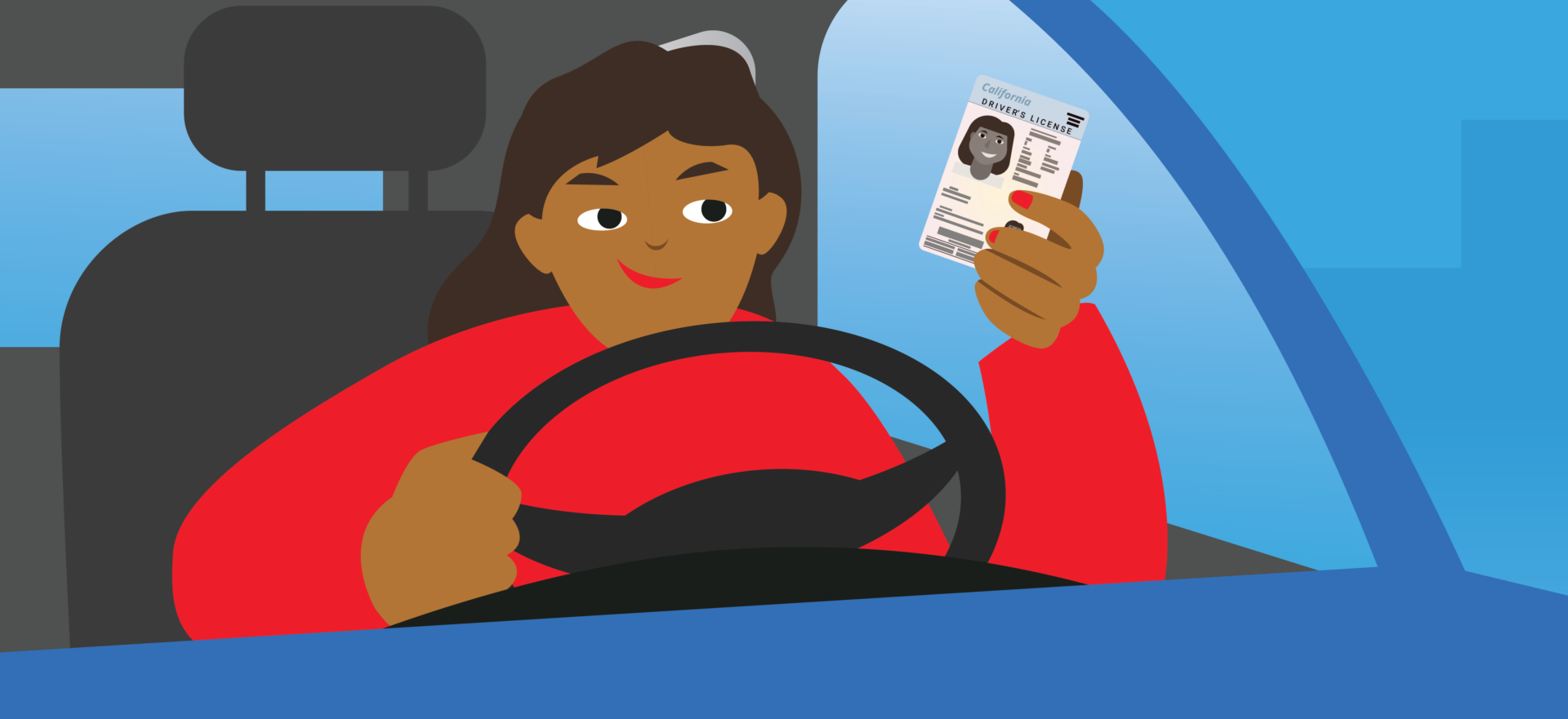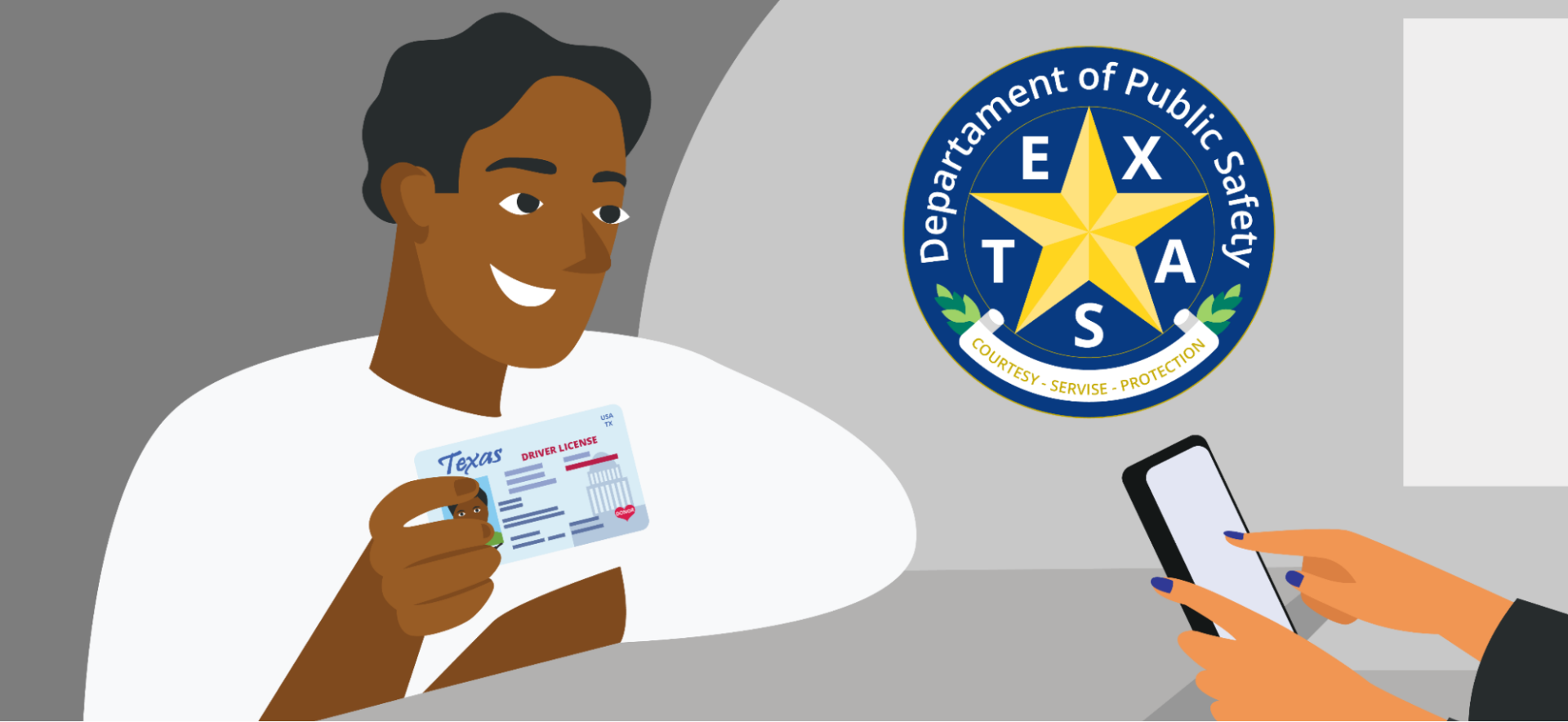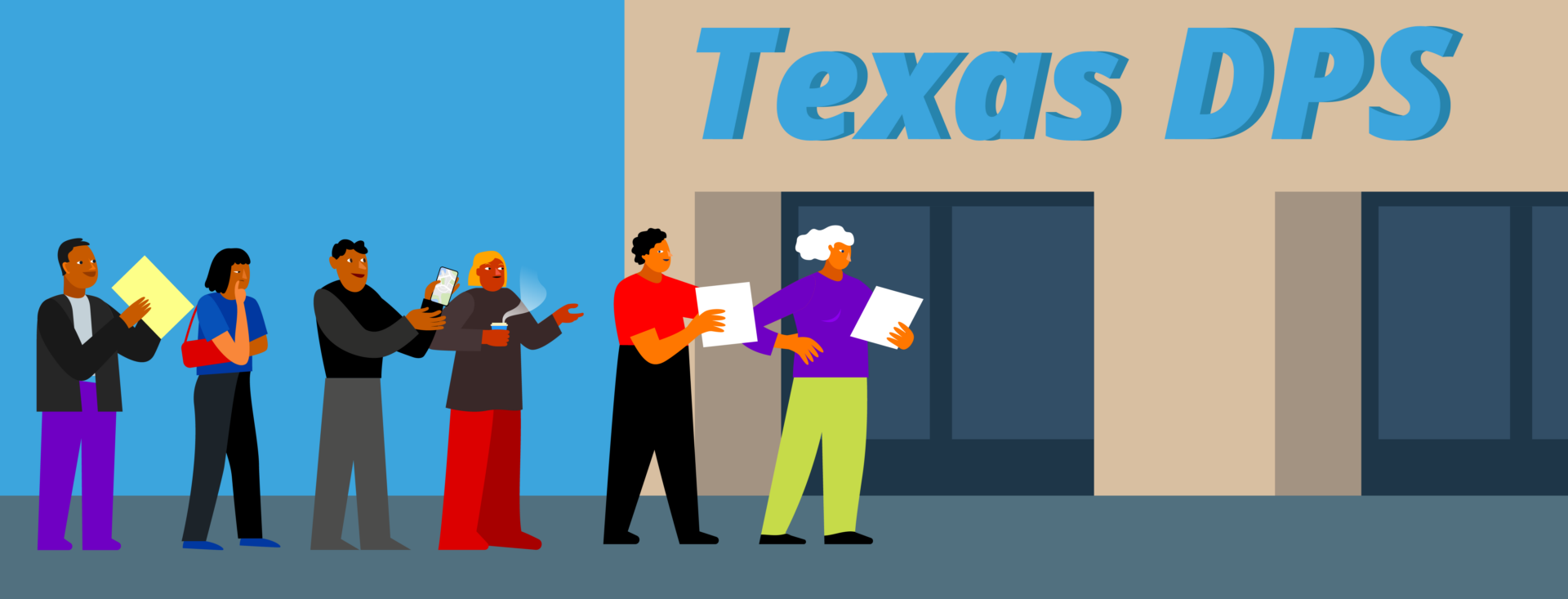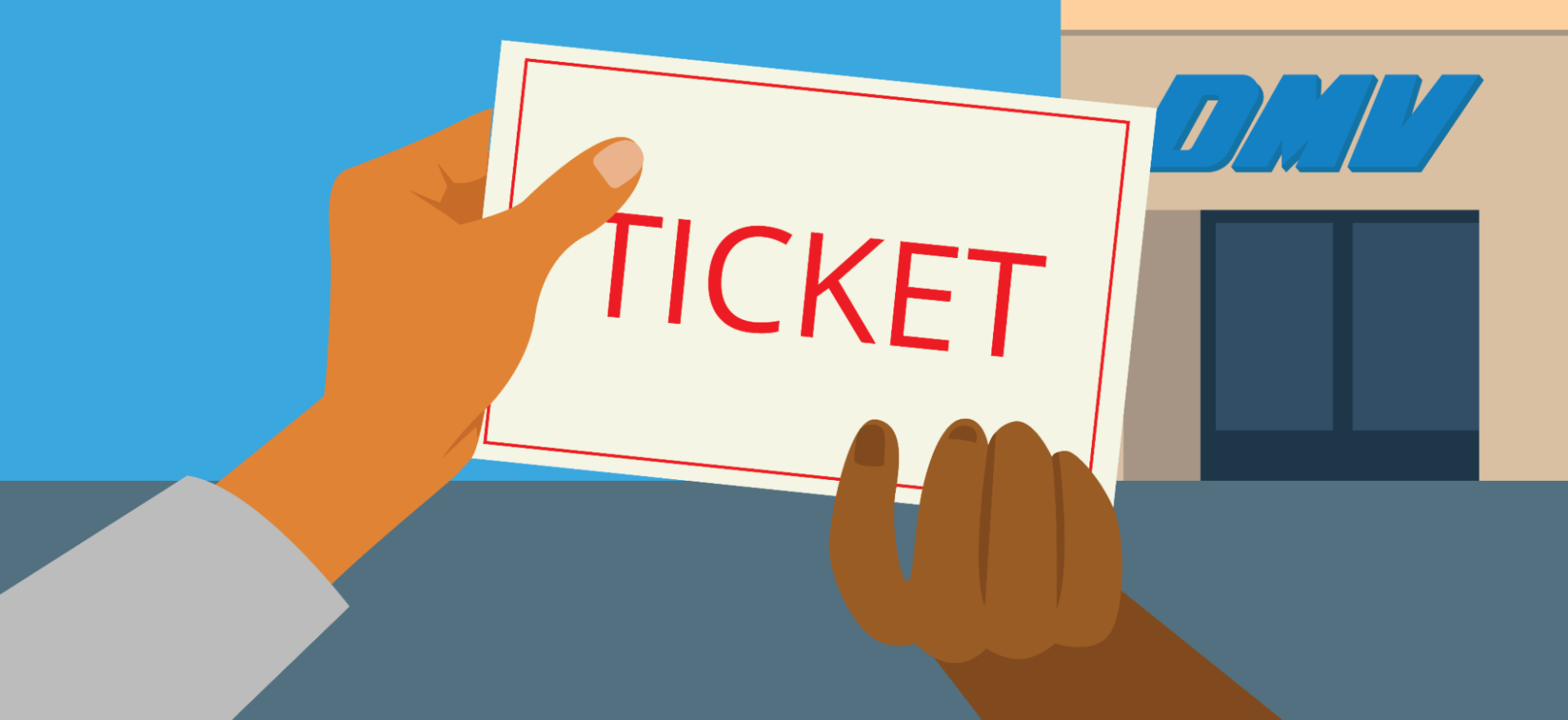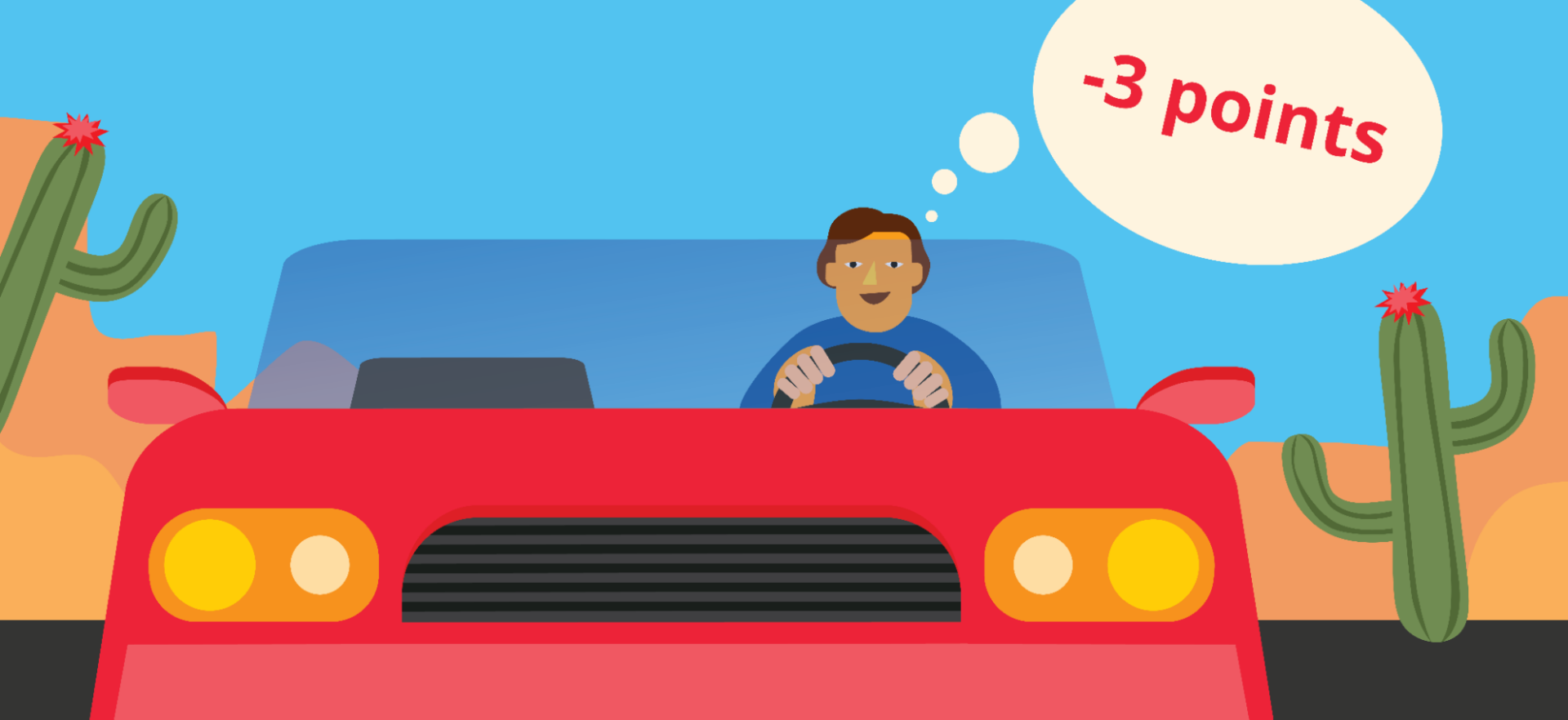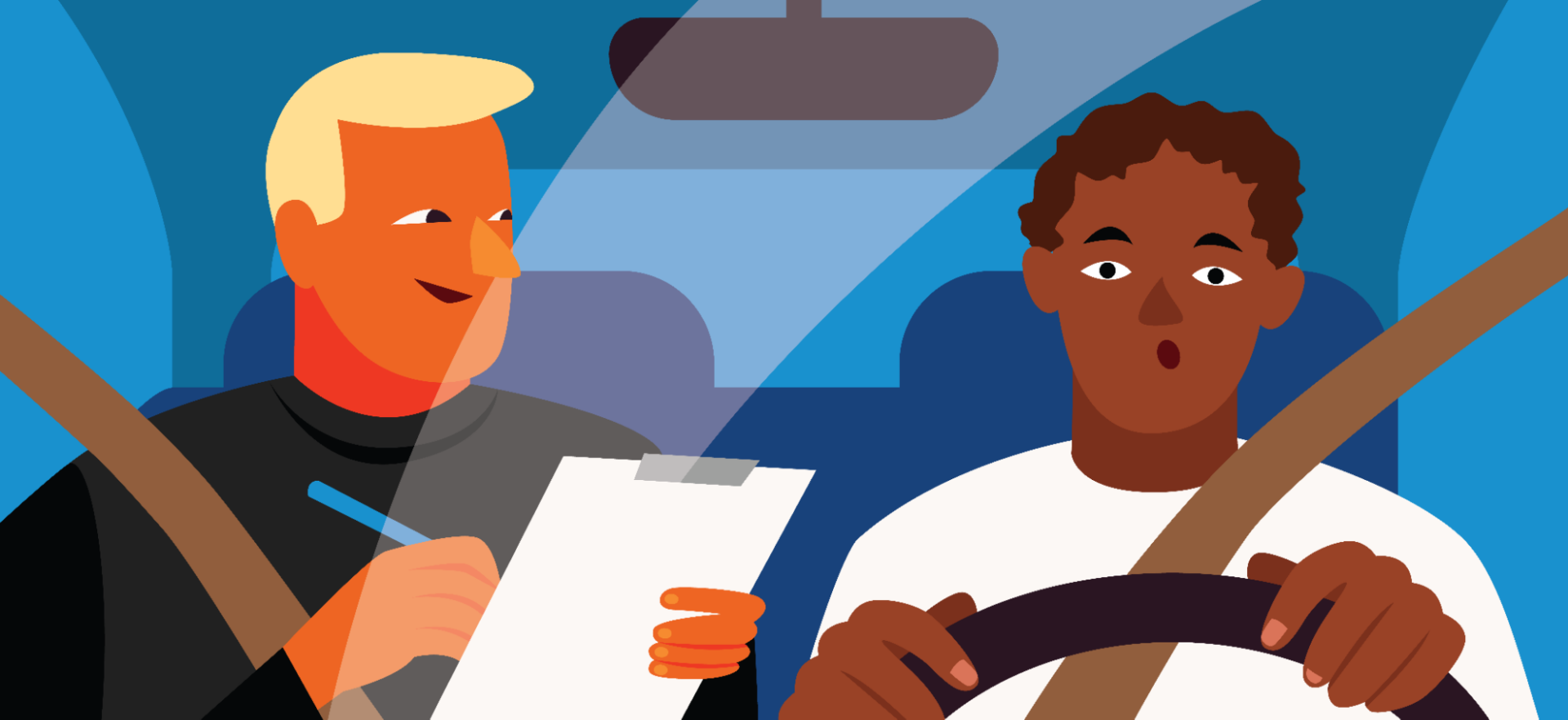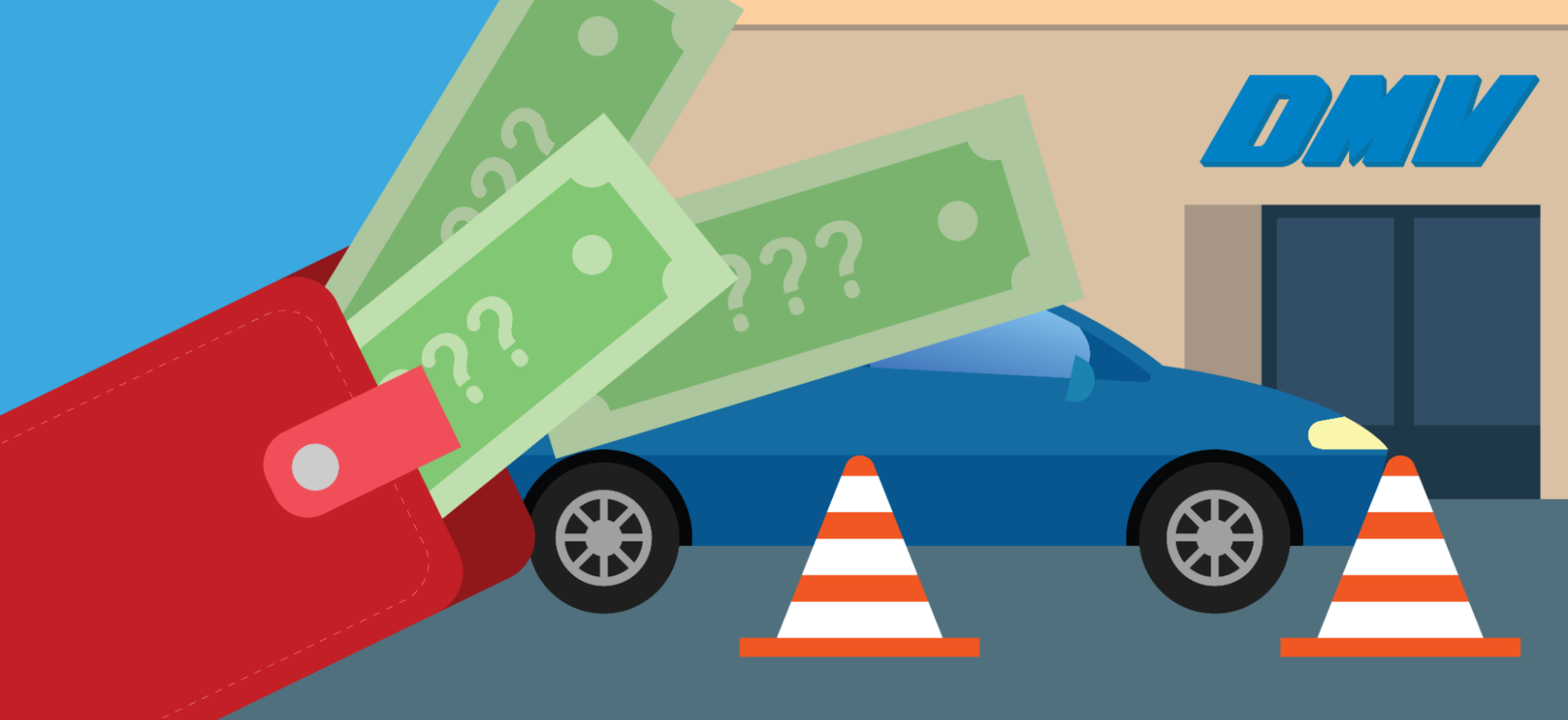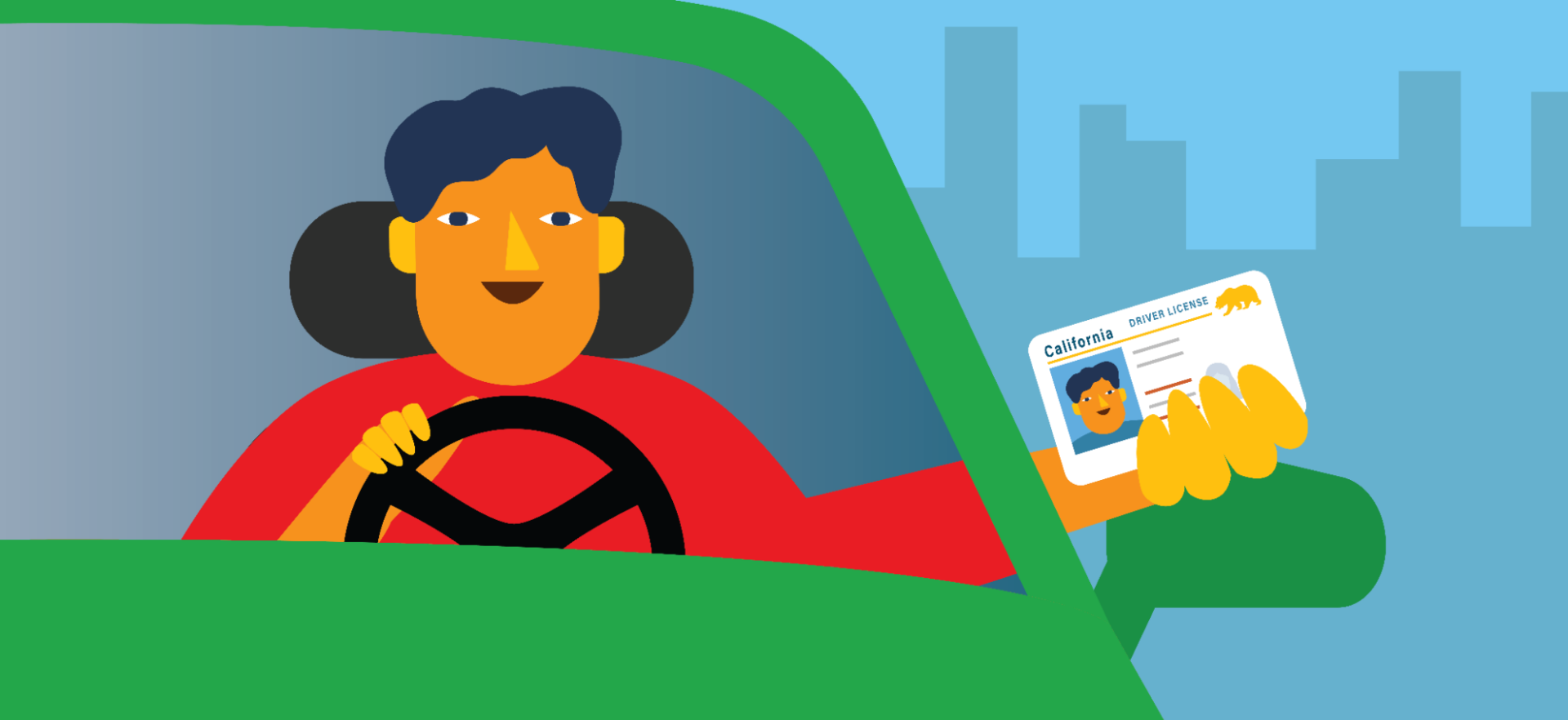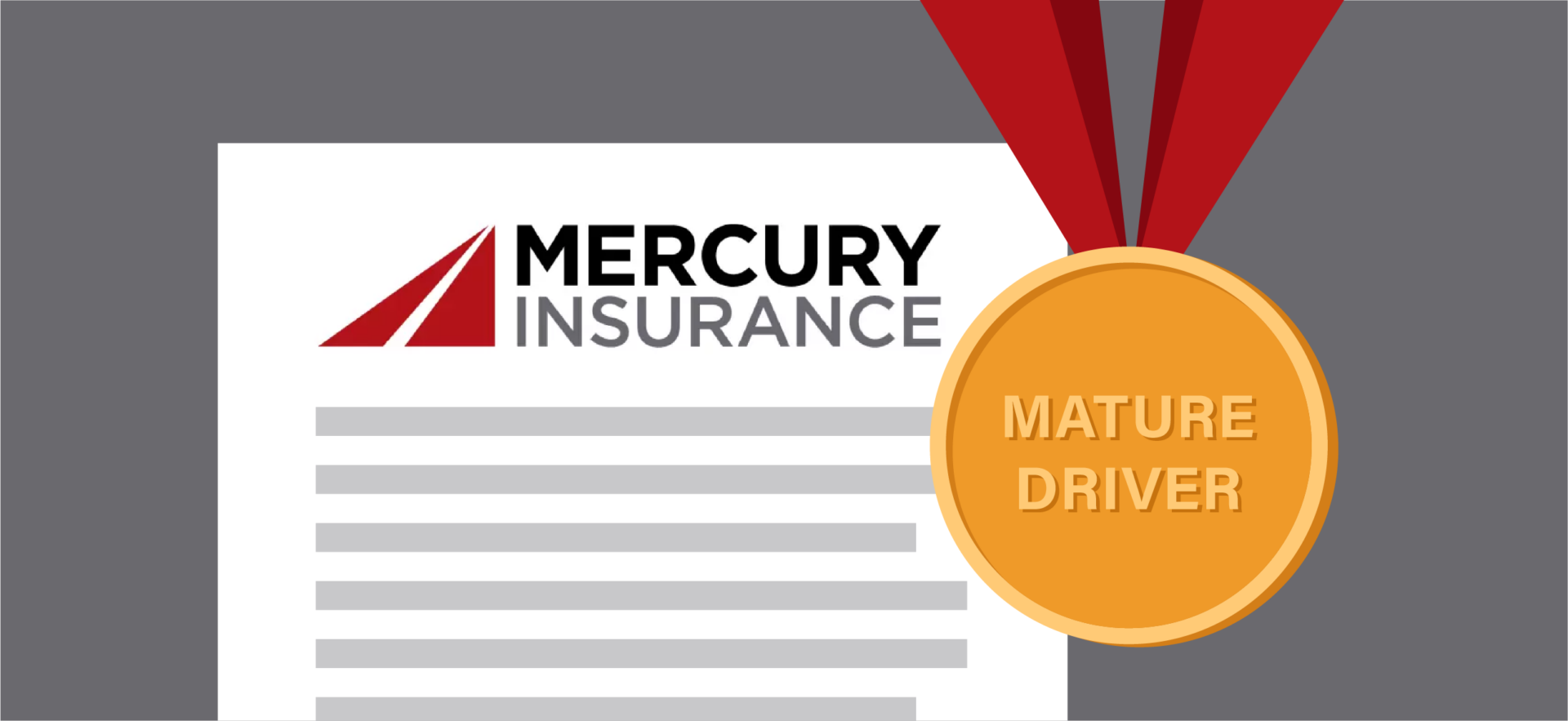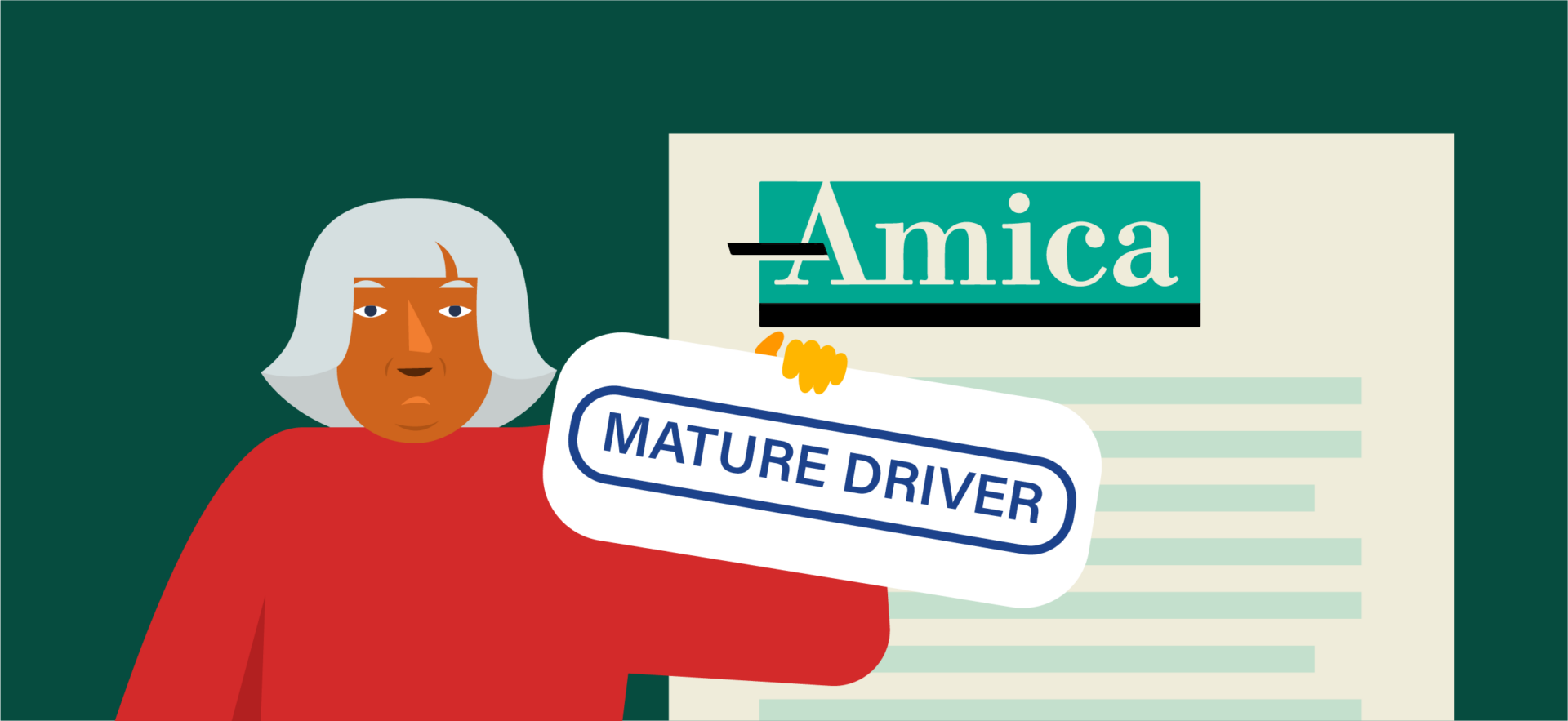Understanding road lines and their meaning isn’t just about passing your permit test in California. You also need this knowledge to stay safe on the road, keep up with the traffic, and avoid fines. But since each line has a different purpose, it’s easy to get confused.
In this guide, we’ll break down what each road line means so you know what to do when you see them.
Centerline Markings (Yellow Lines) in California
Yellow centerlines guide drivers traveling in opposite directions on two-way roads. They indicate when passing is permitted and when it’s safe to make turns. Here’s a look at the different centerline markings you’ll see.
Single Solid Yellow Line
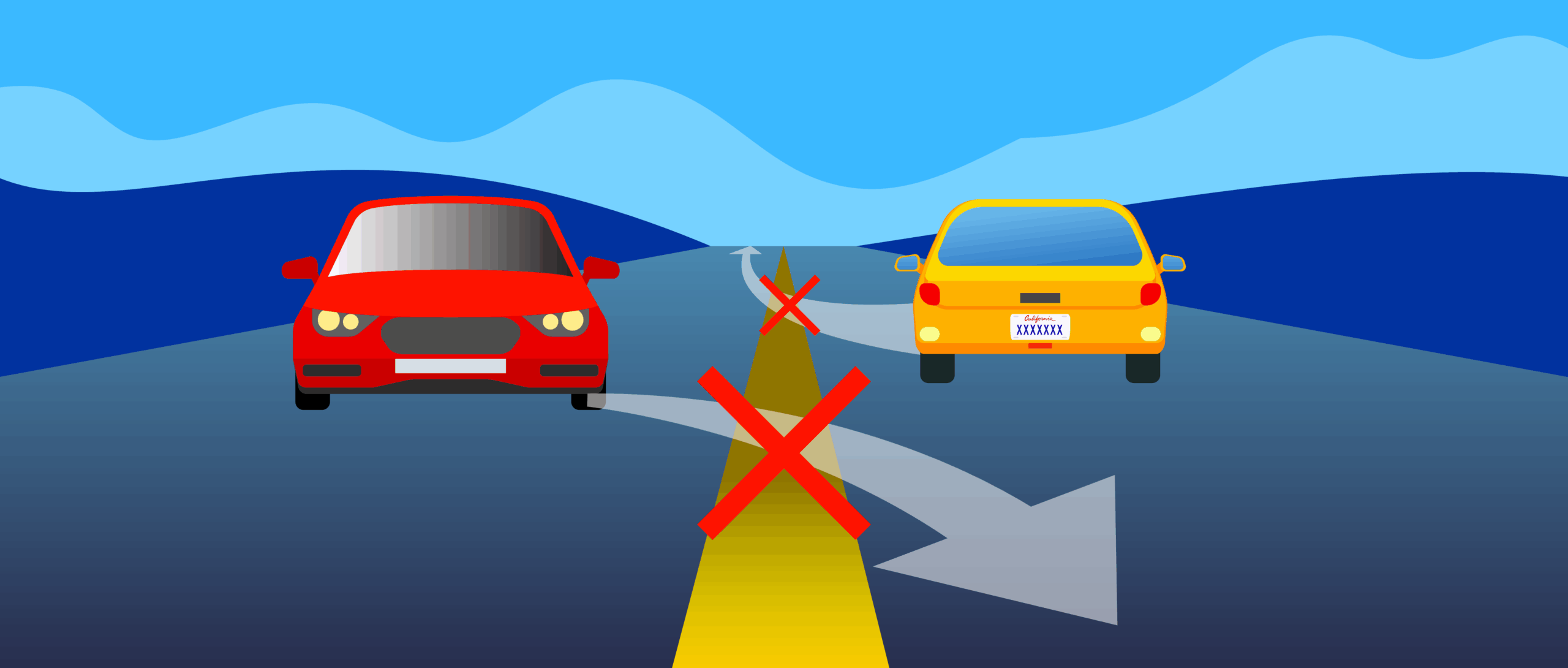
A single, solid yellow line defines the center of a two-way road. You may drive on either side of the line, but you’re not allowed to pass over it.
Get your California driver’s license with our comprehensive driver’s education course!
Broken (Dashed) Yellow Line
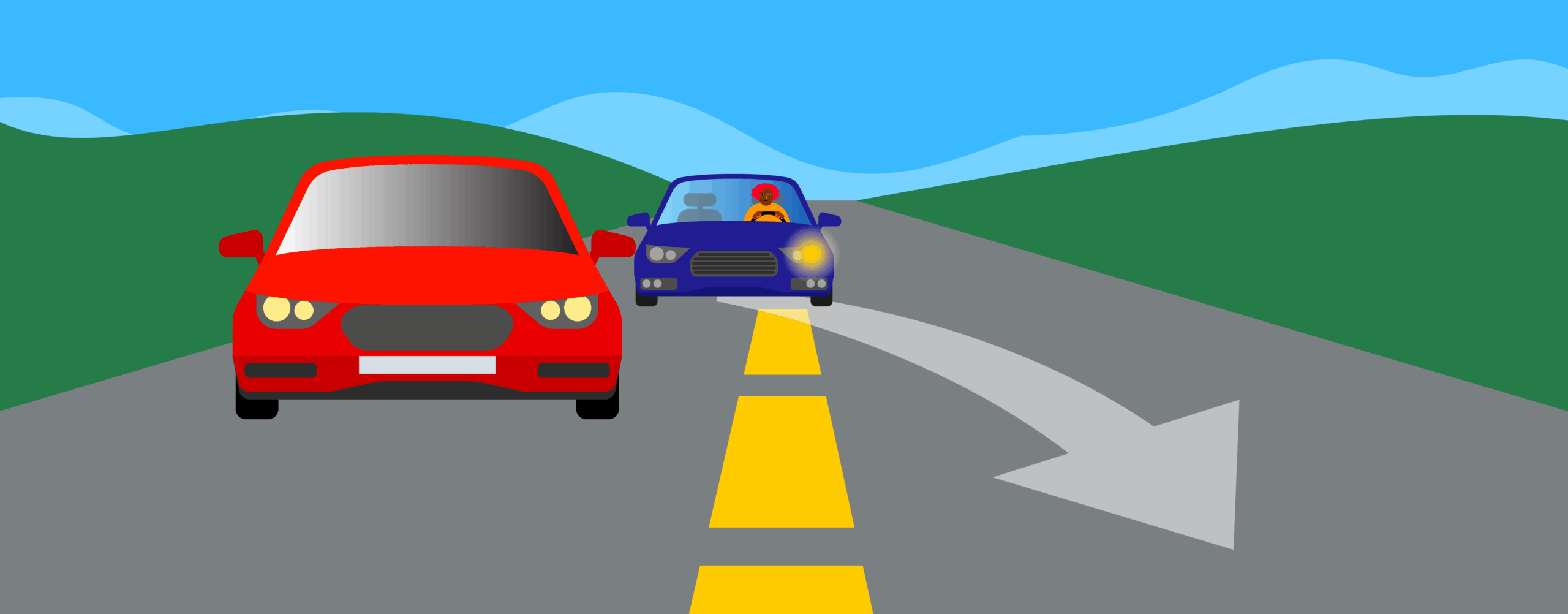
A broken yellow line indicates that you may pass when it’s safe to do so. For example, you may overtake a slower vehicle in front of you as long as there’s no oncoming traffic. Check your mirrors, signal, make the move, and return to your lane.
Double Solid Yellow Lines
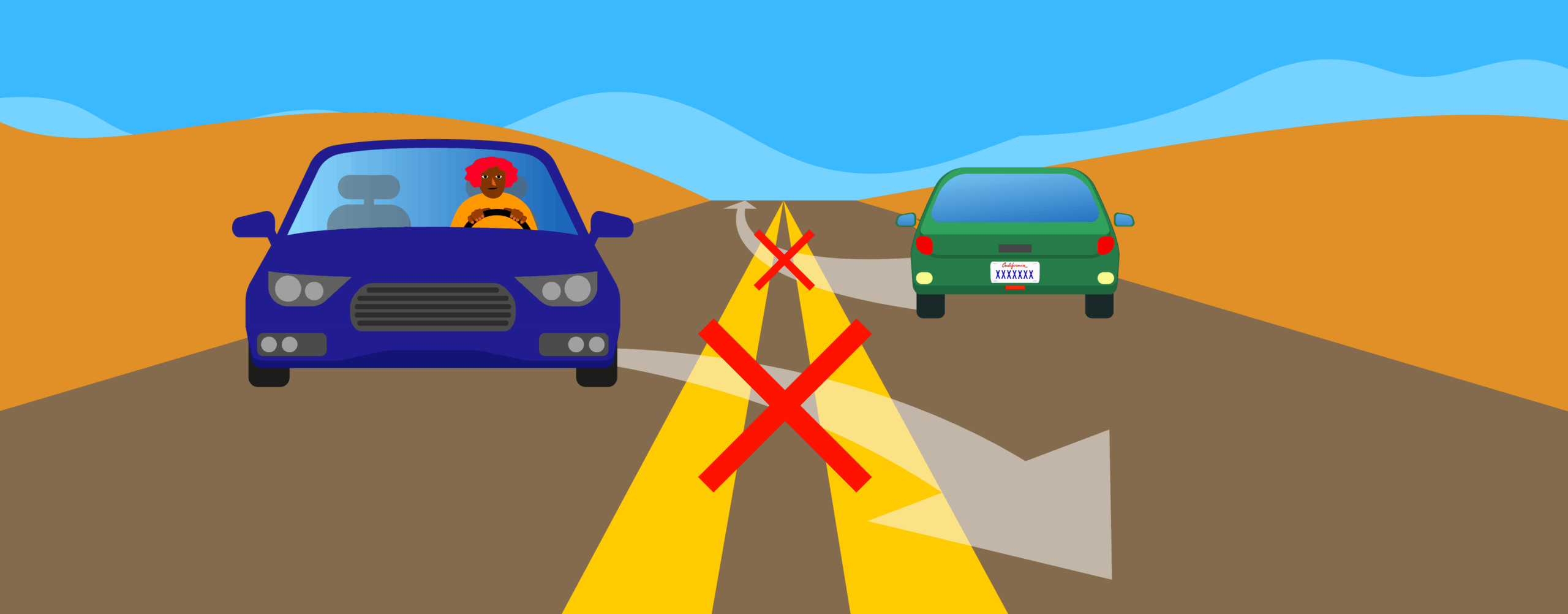
Double solid yellow lines prohibit passing in either direction, except for the following situations:
- To make a left turn into or out of a driveway or private road.
- To make a U-turn (if it’s safe).
- You’re in a carpool lane with a designated entrance on the left.
- When directed by construction signs or police officers.
Solid + Broken Yellow Line
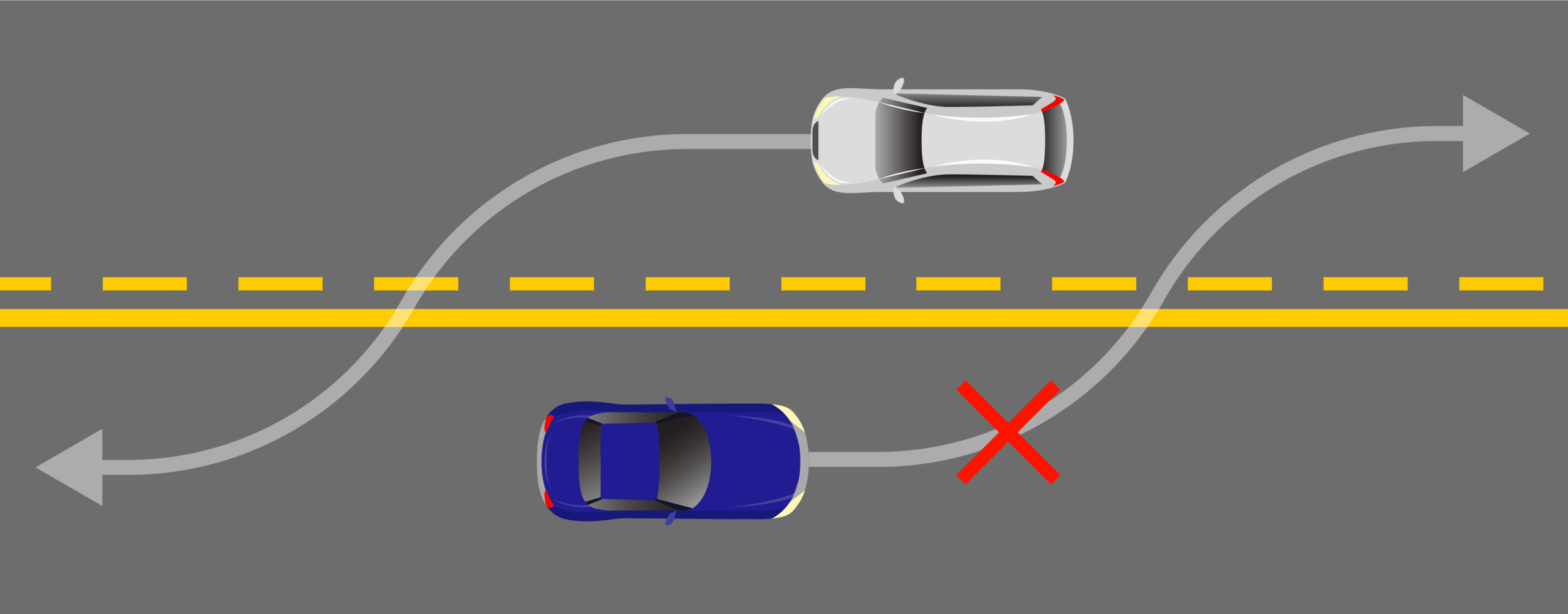
When you see a solid and a broken yellow line, this means you can cross the line if you are on the side that’s broken, but not if you are on the side that’s solid. This is often found on two-lane, two-way roads, where passing visibility is only safe in one direction.
Double-Double Yellow Lines (Painted Median)
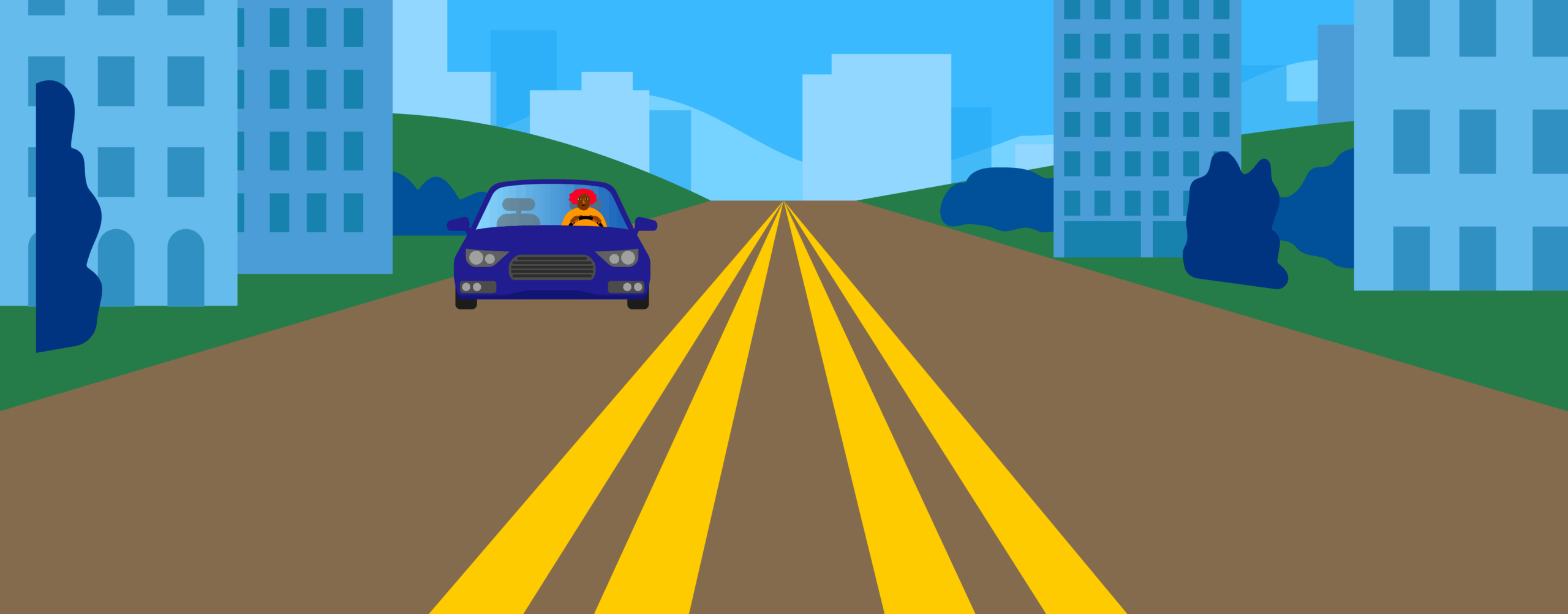
Double yellow lines spaced at least two feet apart should not be crossed for any reason, except when making a left turn. These are usually found in areas with high-speed traffic or limited visibility (e.g., near curves), where crossing over could pose a significant safety risk.
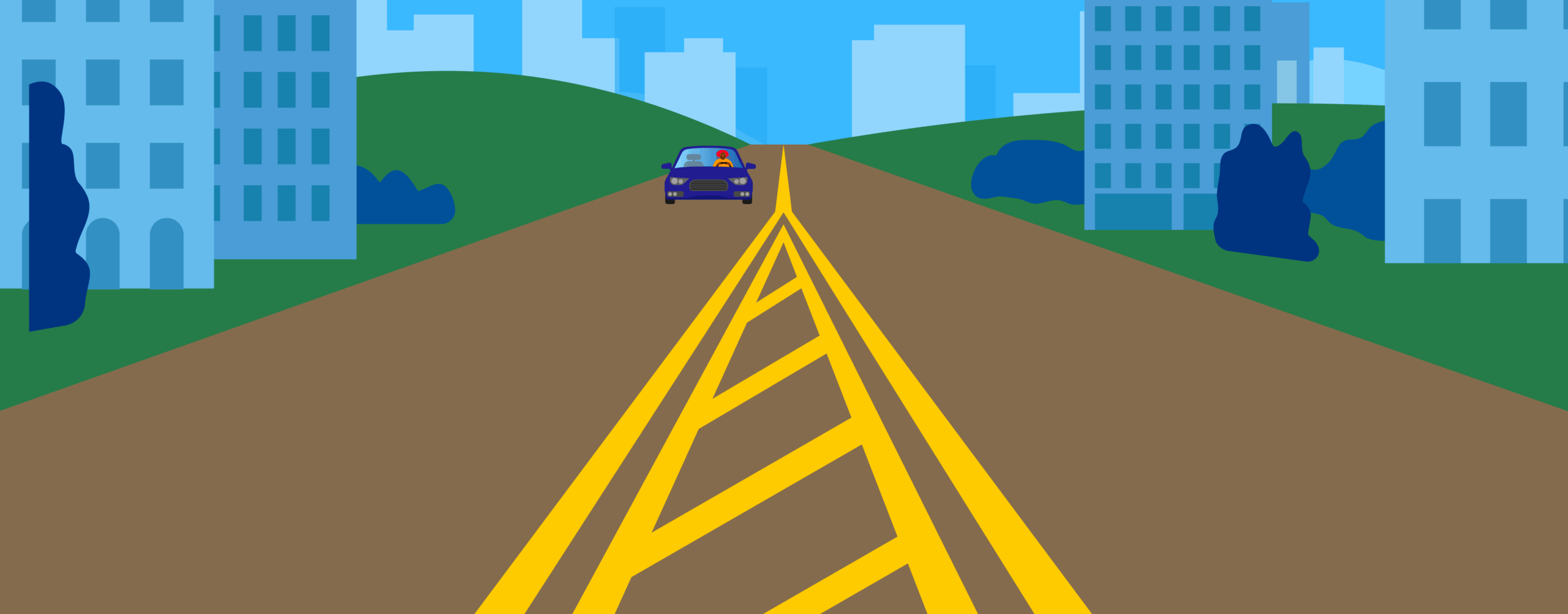
Double yellow lines with diagonal or solid striping between them mark a painted median and must not be driven over. When you see a painted median, treat it like a raised curb and do not enter, turn across, or stop in that area. Local authorities use painted medians to reduce speeds at intersections or discourage risky maneuvers.
Lane Division Markings (White Lines) in California
Unlike yellow lane markings, white lines separate traffic moving in the same direction. Their role is to ensure smooth traffic flow and tell drivers when it’s safe to change lanes. Here are some of the white lane divisions you will see on California roads.
Broken White Line
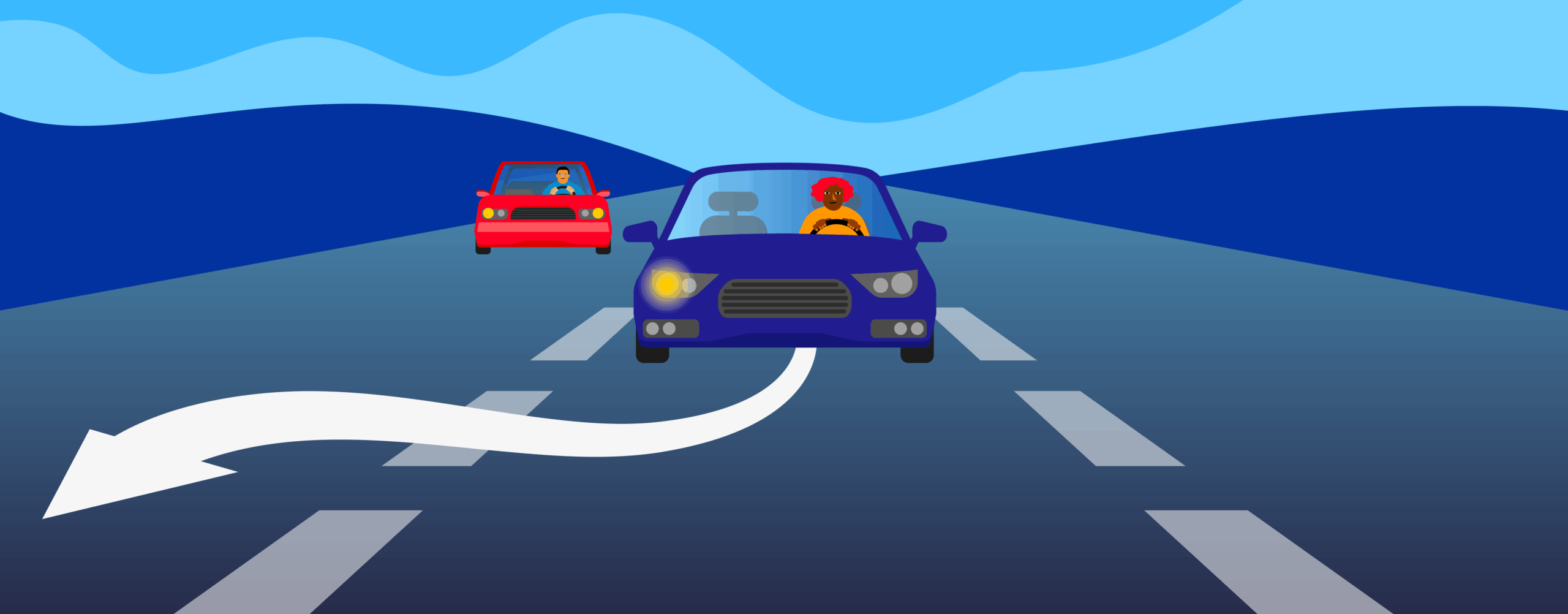
You may cross broken white lines to overtake slower vehicles or change lanes as needed. Broken white lanes are commonly used on freeways and multi-lane roads where vehicles travel in the same direction.
Solid White Line
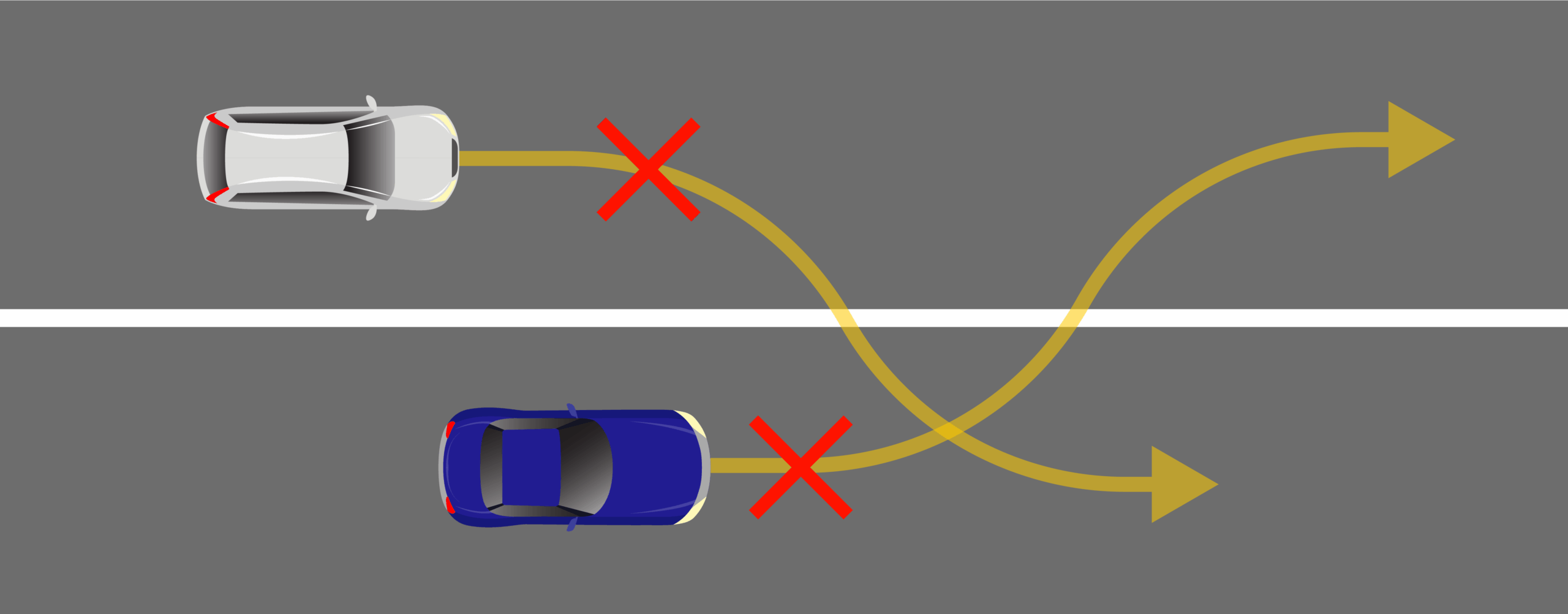
Crossing over a solid white line is legal as long as there’s no traffic sign prohibiting it. However, this maneuver is generally discouraged for safety reasons. These lines separate lanes of traffic going in the same direction in places where crossing is not recommended.
Double Solid White Line
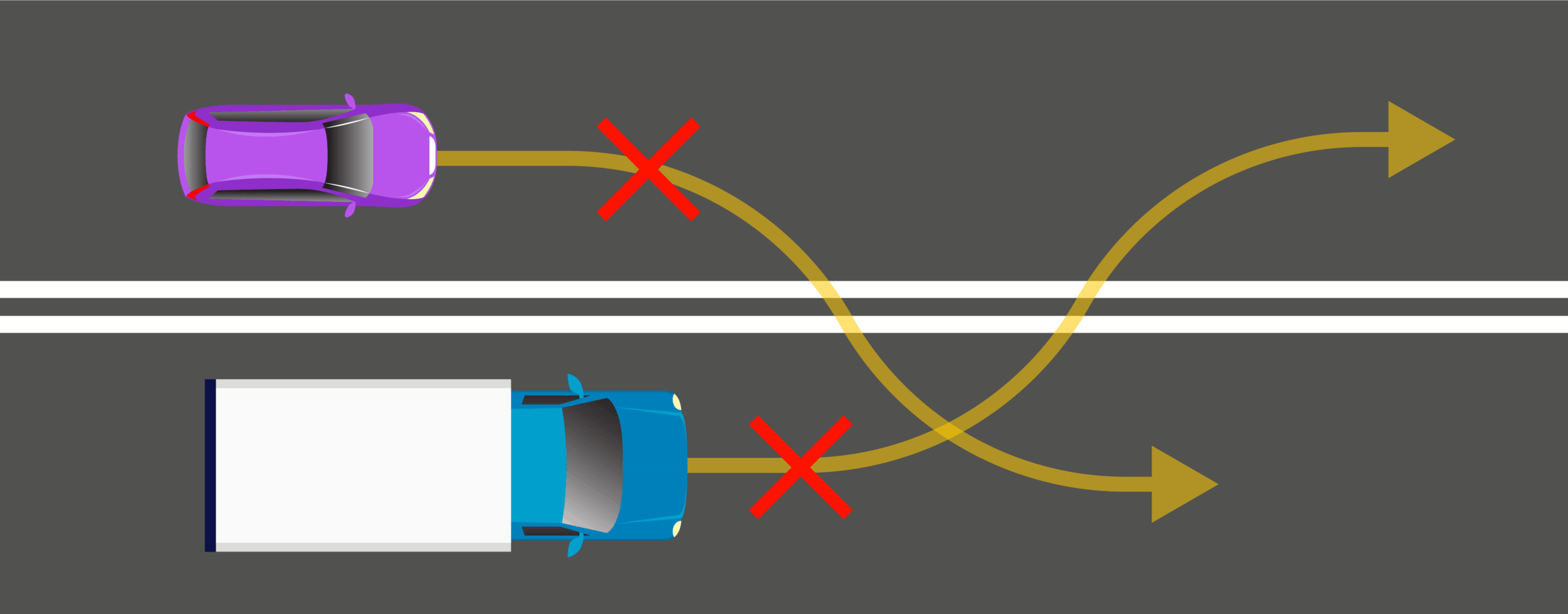
Driving over a double solid white line is prohibited and can result in a ticket for unsafe lane changes. In California, double solid yellow lines divide regular lanes and high-occupancy vehicle (HOV) lanes or other preferential-use lanes. They are also found in tunnels or near freeway exits to maintain smooth traffic flow.
Wide/Channelizing White Lines
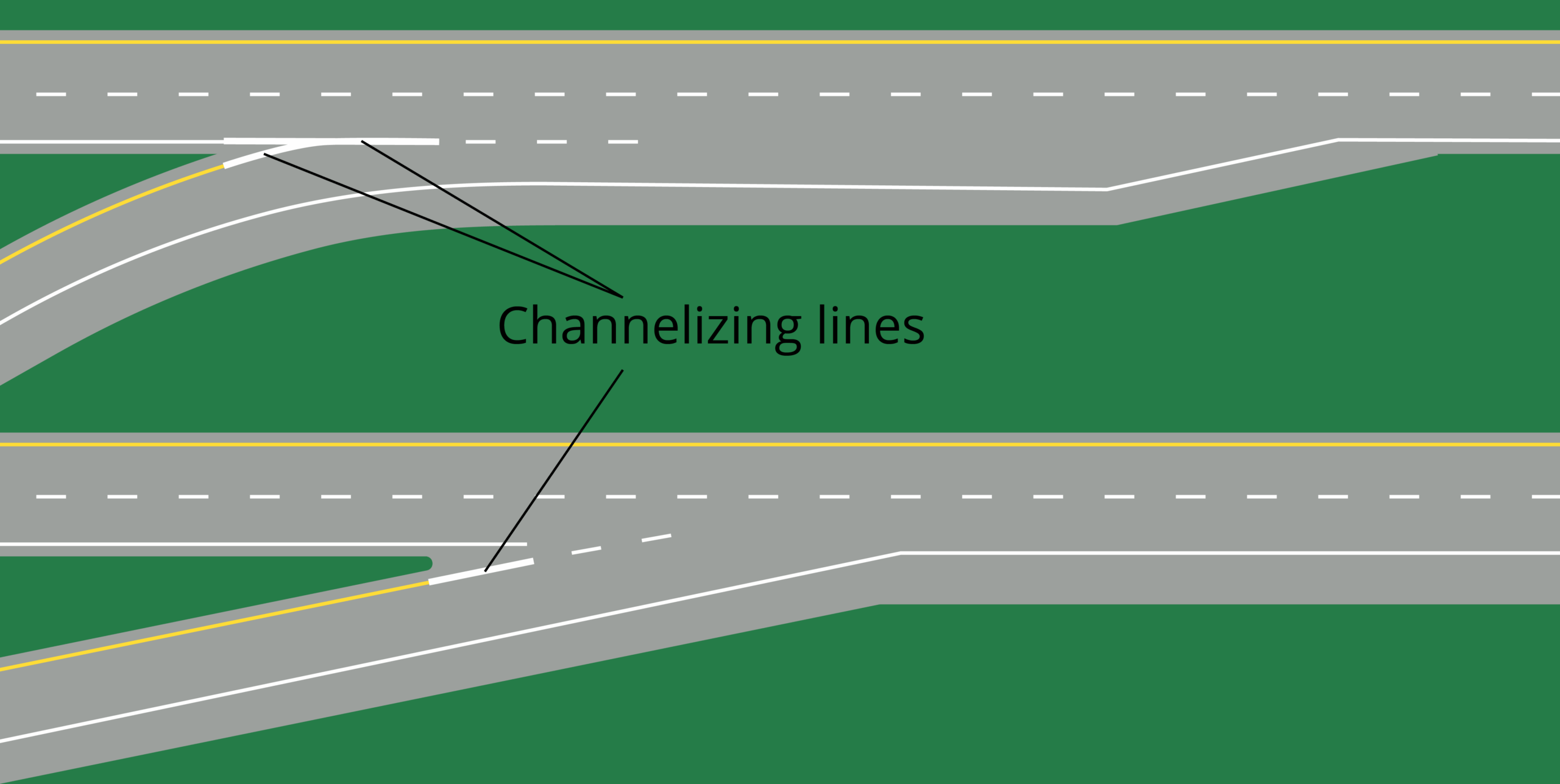
Channelizing lines are not meant to be crossed. If you do it, you risk causing a traffic jam, especially in high-speed or busy areas. These lines guide and separate traffic in specific areas, such as entrance and exit ramps, toll plazas, or intersections. For example, they may form neutral zones between a ramp and the main lanes to help drivers merge or exit safely.
Large Dashed White Lines (Lane Drops)
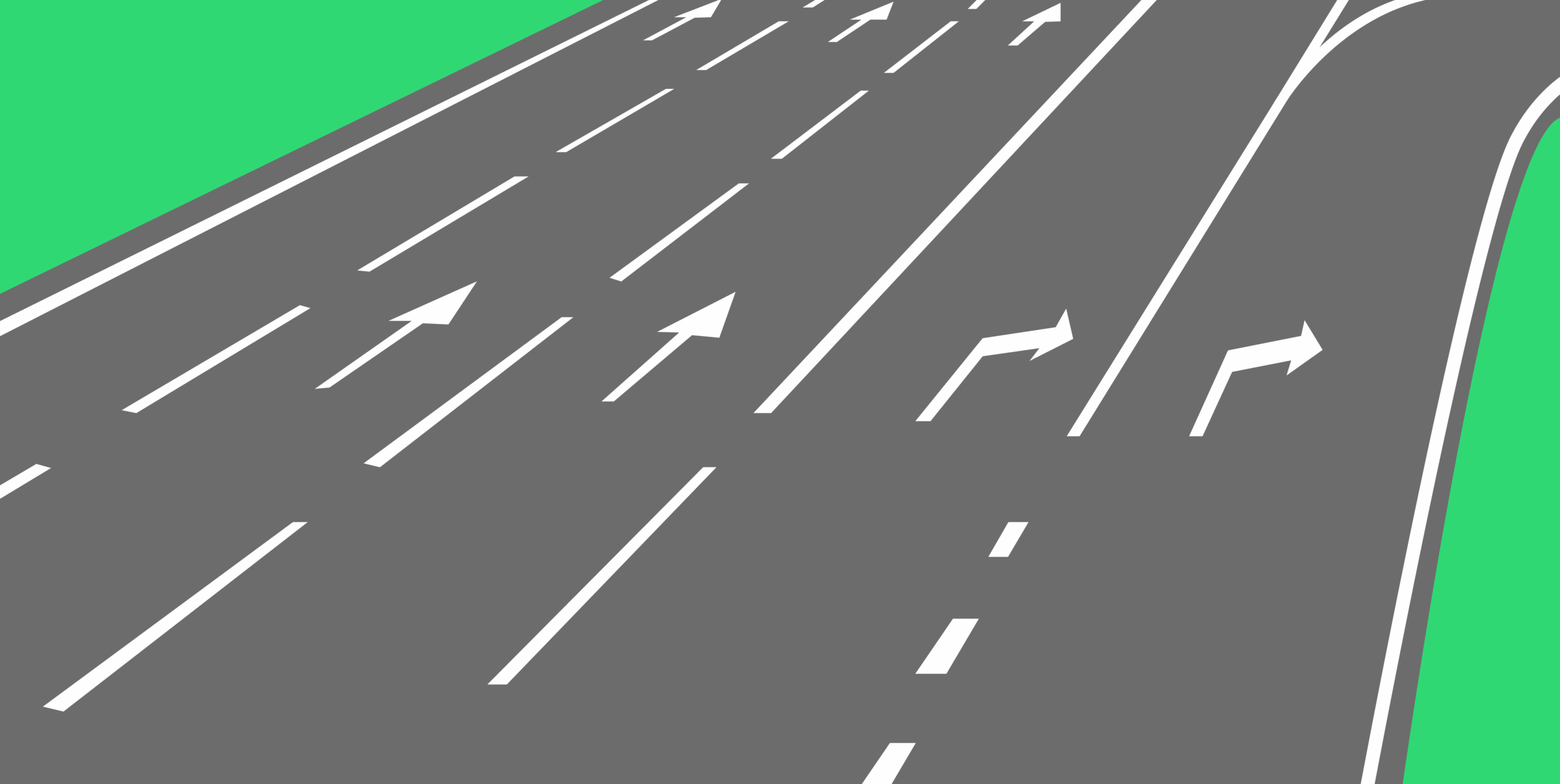
Large dashed white lines indicate the end of a lane. What you need to do here is yield to traffic in the adjacent lane, signal early, and adjust your speed to merge safely.
Edge Lines and Their Meaning in California
Edge lines mark the right or left side of a road, depending on their color. Their purpose is to improve visibility in poor conditions, such as rain or fog, and help drivers stay in their lane. Sometimes, they are used to direct traffic around obstacles. Here are the edge lines you are most likely to see on California roads.
Right Edge Line (White)
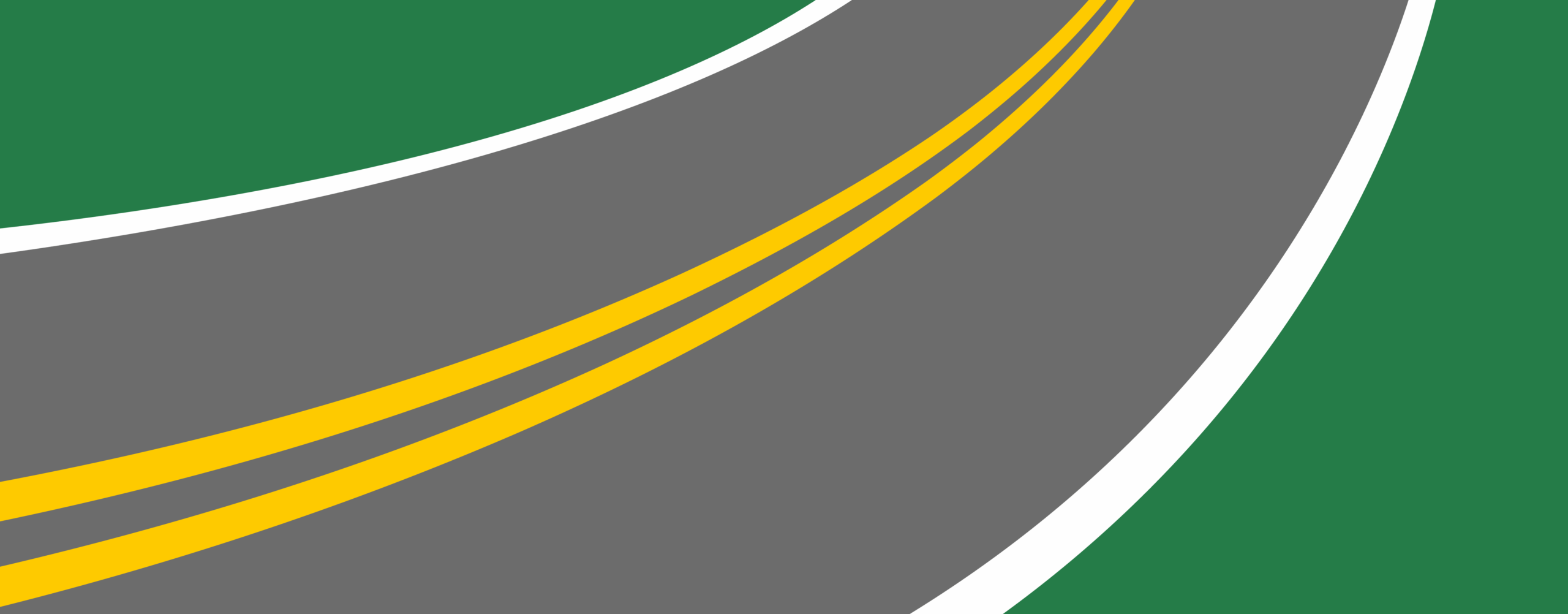
This solid white line marks the right edge of a road. It’s also known as a “fog line” because it prevents drivers from drifting off the roadway during low-visibility conditions. You’ll typically see it on highways and rural roads.
Left Edge Line (Yellow)
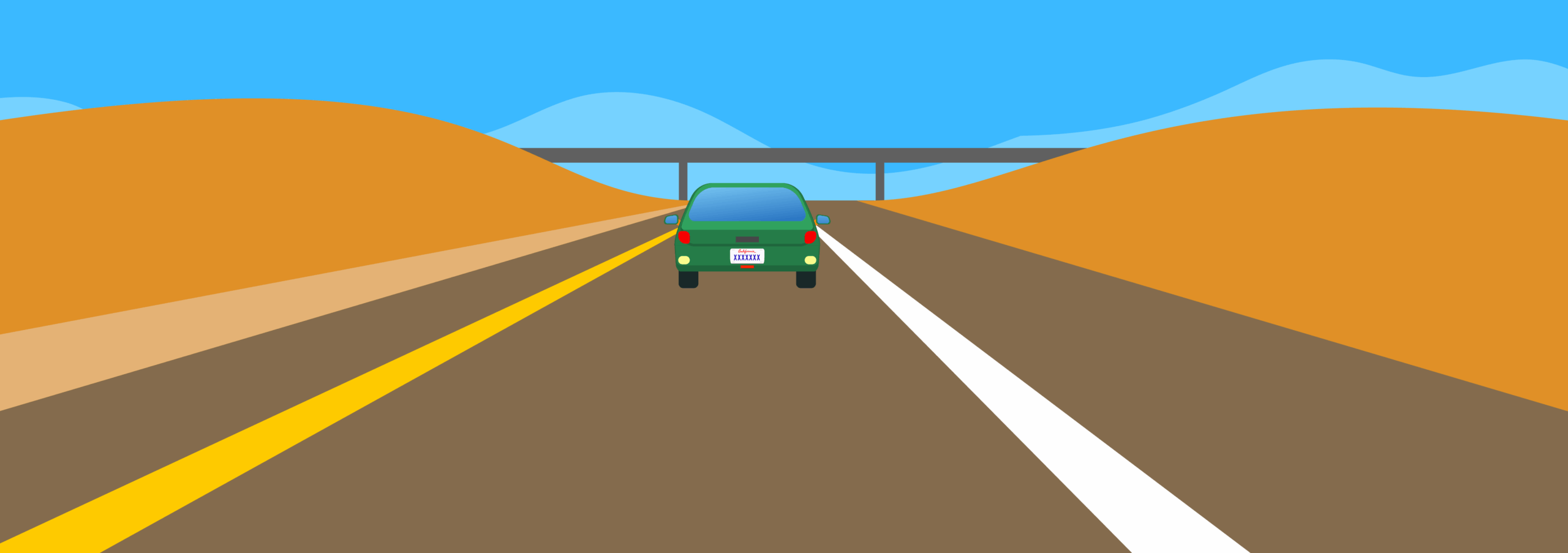
A solid yellow line on the left edge of a divided highway or one-way road is often used near freeway ramps, express lanes, or other places where traffic flows in one direction. The line is there to alert you that oncoming traffic is to your left.
Special Center Lanes
Special center lanes are designed for turning or separating traffic, not for long-distance driving. You can only enter them when you’re preparing to turn left or merge into traffic after a left turn. Here are some of the special center lanes you will encounter on California roads.
Two-Way Left Turn Lane (Center Turn Lane)
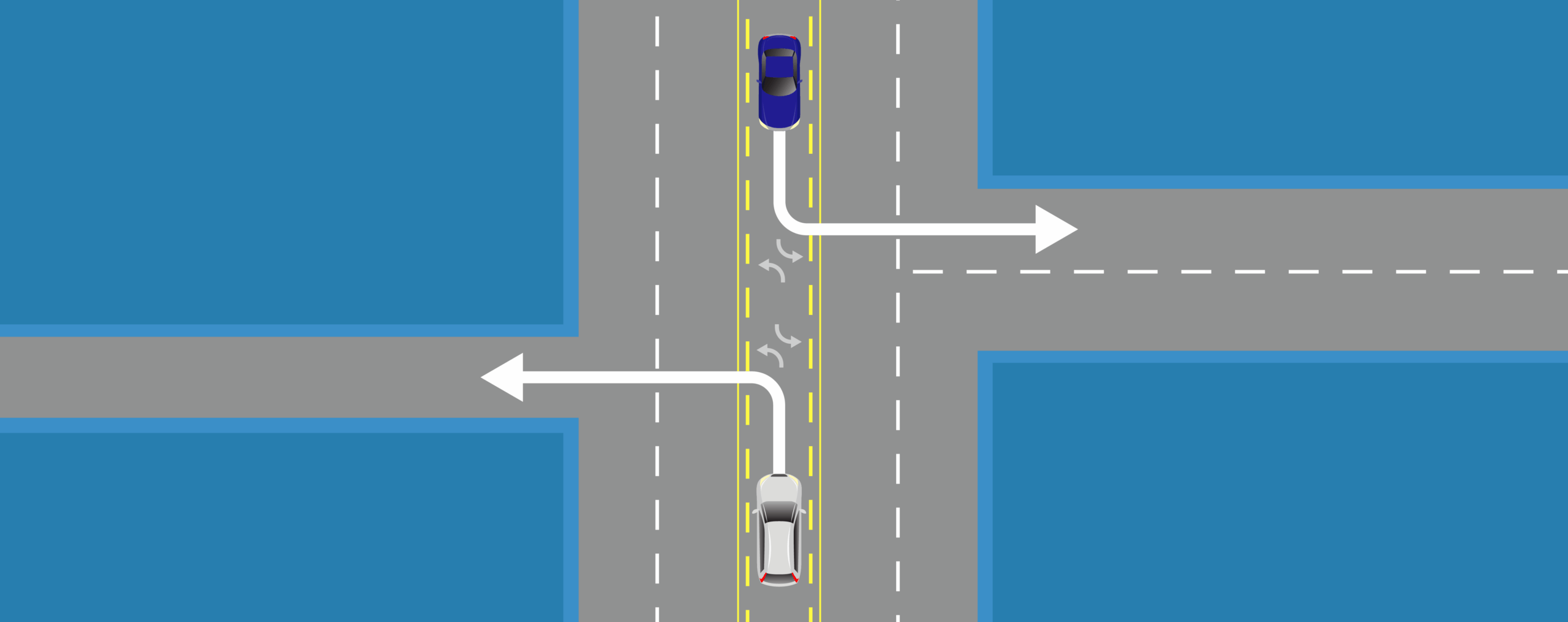
A center turn lane is marked by solid yellow lines with broken yellow lines inside and should only be used for left turns or U-turns (if permitted). Its role is to improve traffic flow and give drivers a safe space to wait while turning left.
Turn Lanes and Lane Arrows
Turn lanes and lane arrows guide vehicles to turn left or right from a given lane. They’re meant to improve traffic, prevent rear-end collisions, and help drivers navigate the road. Here are some examples.
Dedicated Turn Lanes
Dedicated turn lanes are usually found at intersections, allowing drivers to slow down, wait, and go left or right without impeding traffic flow.
Lane-Use Arrows
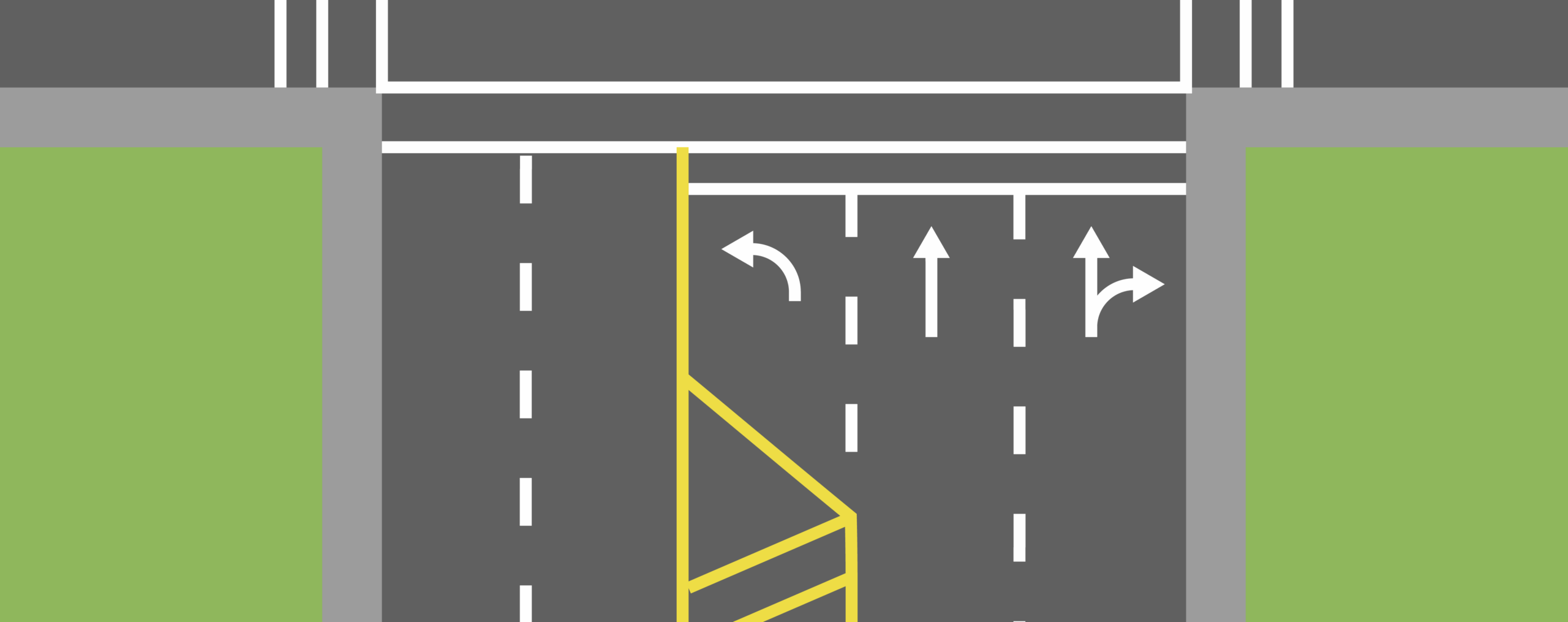
Lane-use arrows indicate the maneuvers allowed from a given lane, such as turning or going straight. They may have more than one direction. For example, when you see a straight arrow in your lane, you must continue straight ahead. If the arrow shows both a turn and a straight option, you may go in either direction.
“ONLY,” “EXIT,” or “MERGE” Pavement Text
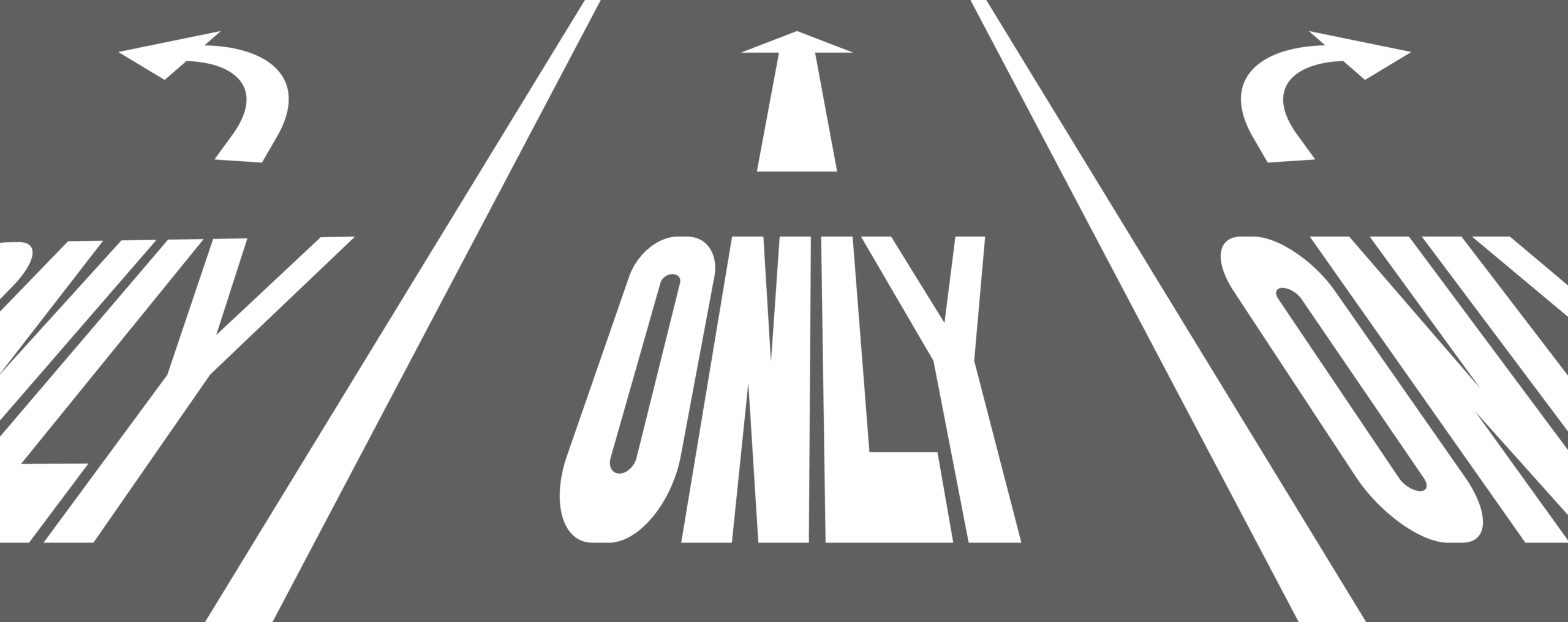
These pavement markings are used along with lane-use arrows and other California road signs to reinforce their meaning. The most common ones include:
- ONLY: Indicates mandatory movements, such as turning right or left.
- EXIT: Guides drivers off the main roadway via a designated exit lane.
- MERGE: Signals that vehicles from a different lane will be joining the one you’re in.
Bicycle lanes and shared-use markings, or “sharrows,” indicated designated bike routes. Shared use markings also inform drivers that cyclists may occupy the lane.
Bike Lane Lines (Solid/Dashed White + Green Zones)
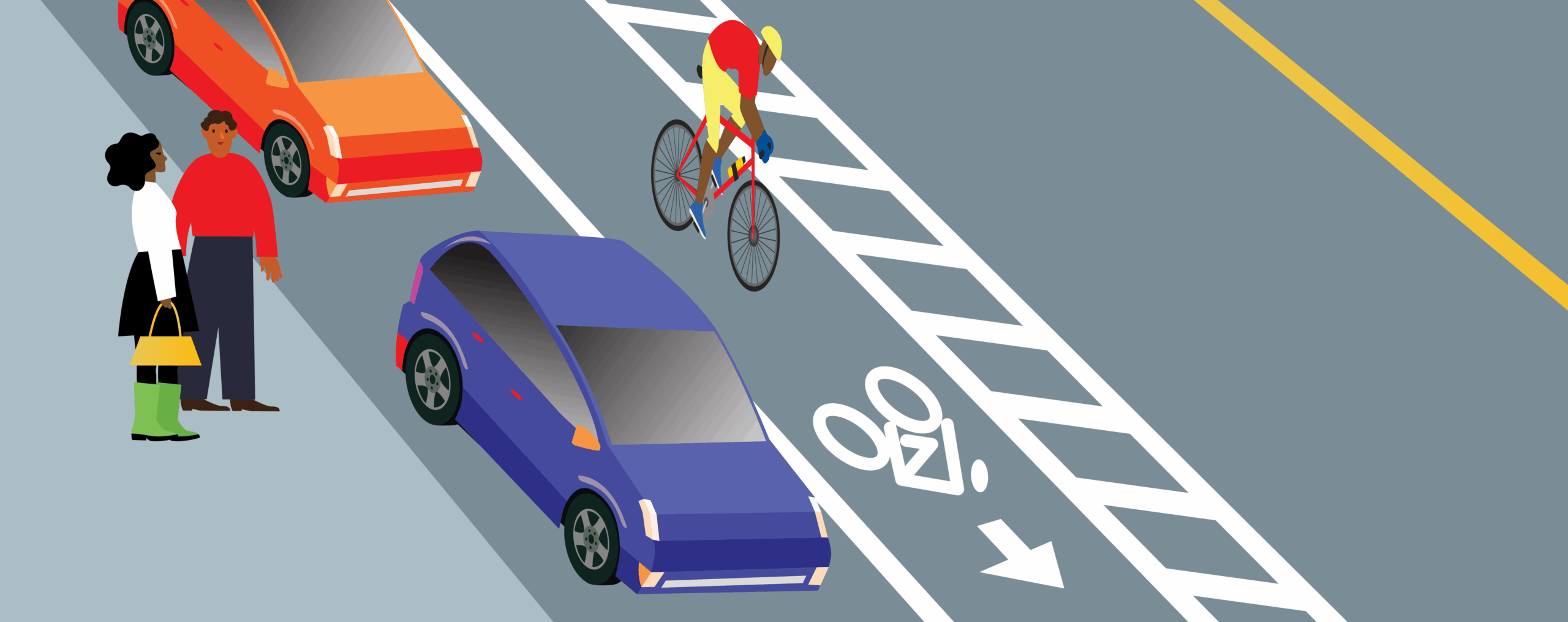
A solid white line alongside a bike symbol means the lane is reserved for bicycles. Vehicles may only enter the lane to park or turn and must yield to cyclists before performing the maneuver.
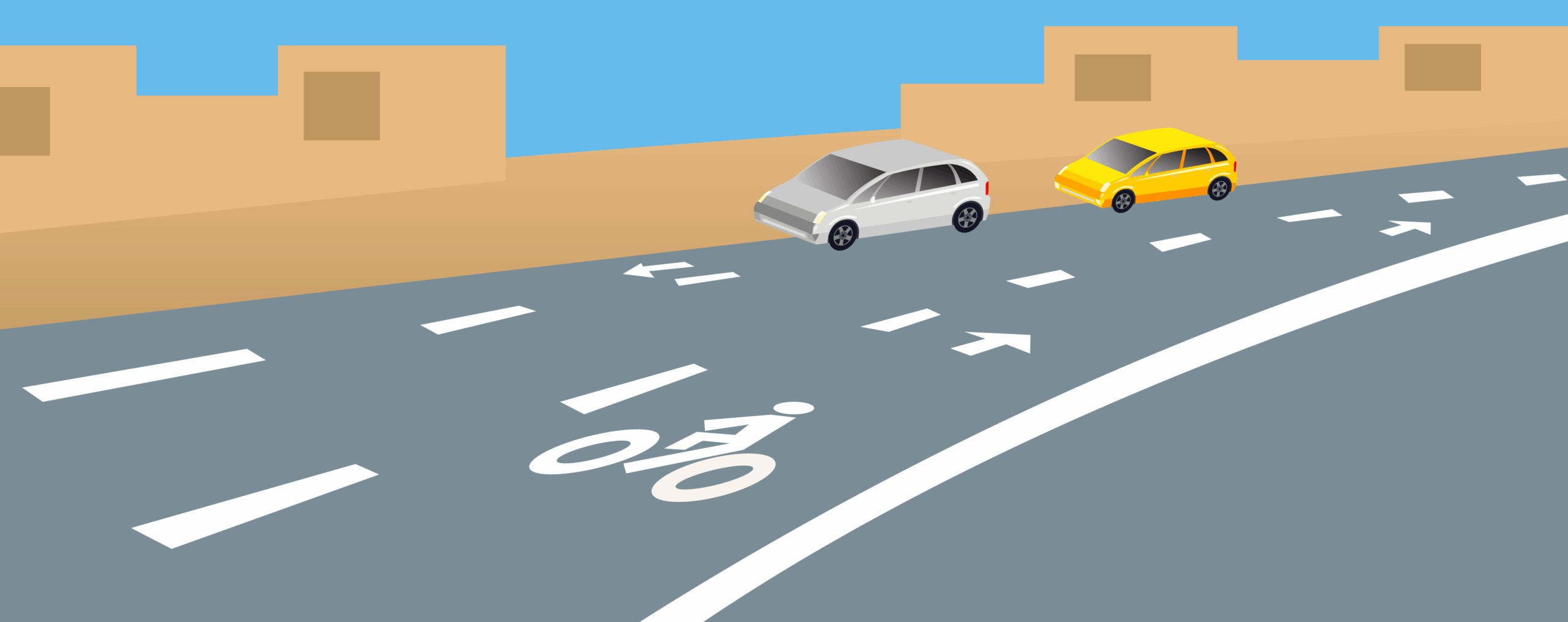
A dashed white line, on the other hand, allows drivers to merge into the bike lane to turn right. Remember to yield the right of way to any cyclists in the bike lane – failure to yield to lead to a ticket!
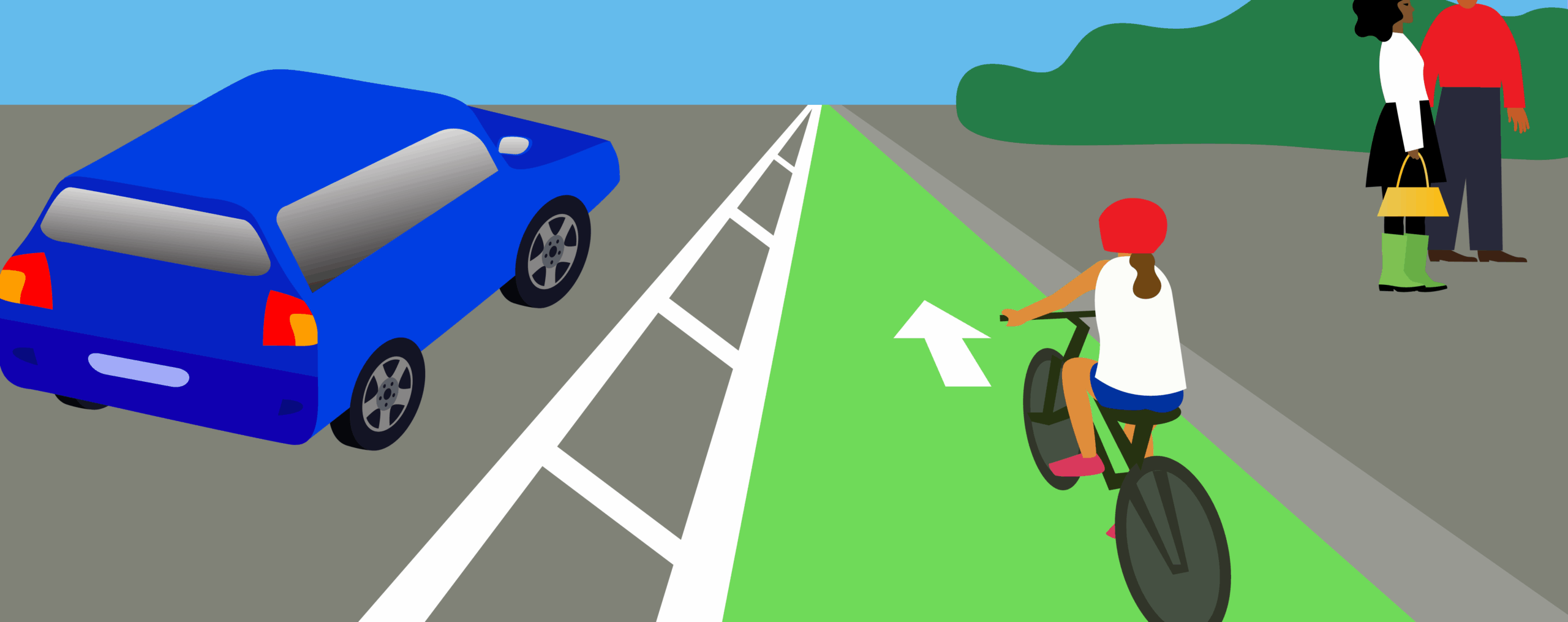
Green pavement in bike lanes is typically used in areas where vehicles and bikes might cross paths, such as near intersections. Whether drivers may cross depends on the type of green marking — solid, dashed, or buffered.
Sharrows (Shared Lane Markings)
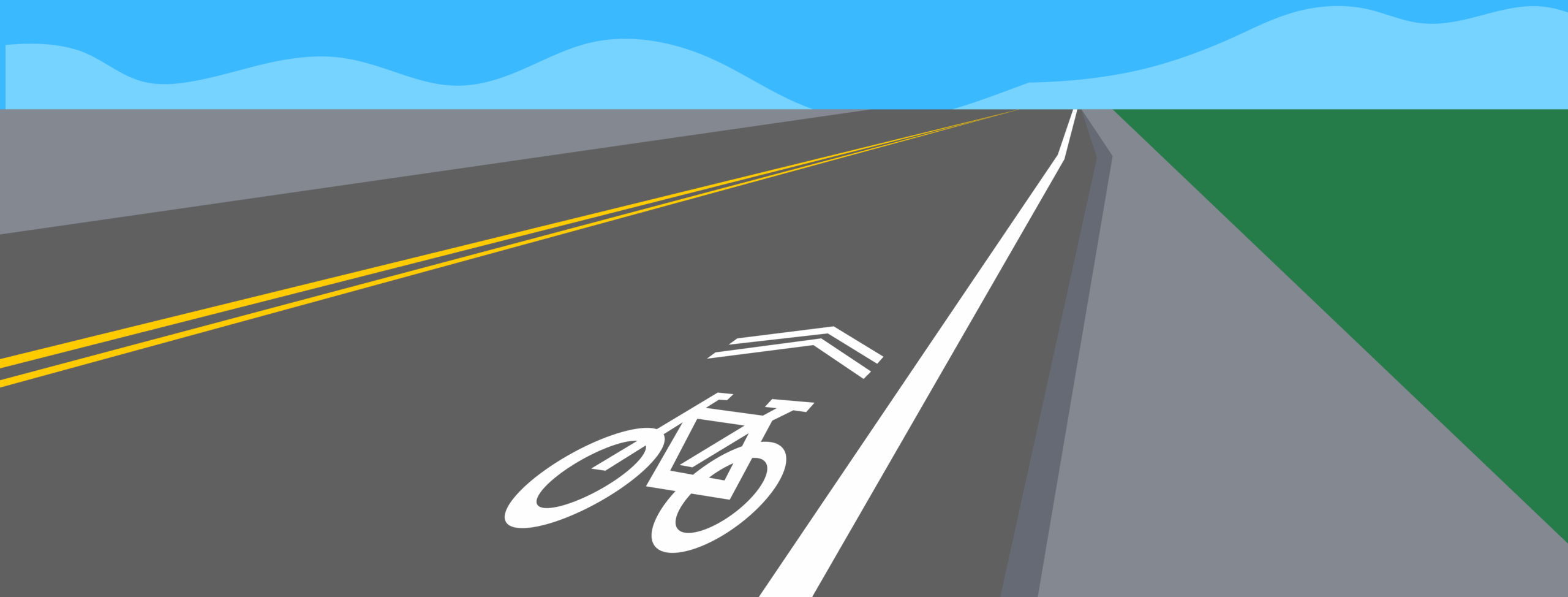
Some lanes in California and other states feature a white bike symbol with two chevrons. These markings indicate a shared roadway, where drivers may pass cyclists only when it’s safe and must leave at least three feet of space while doing so.
HOV and Restricted Lanes
HOV lanes are reserved for carpools and other vehicles with at least two or three occupants, depending on local regulations. California also maintains special lanes for trucks, buses, and transit vehicles to reduce congestion and keep traffic flowing.
HOV Lane Markings (Diamond Symbols)
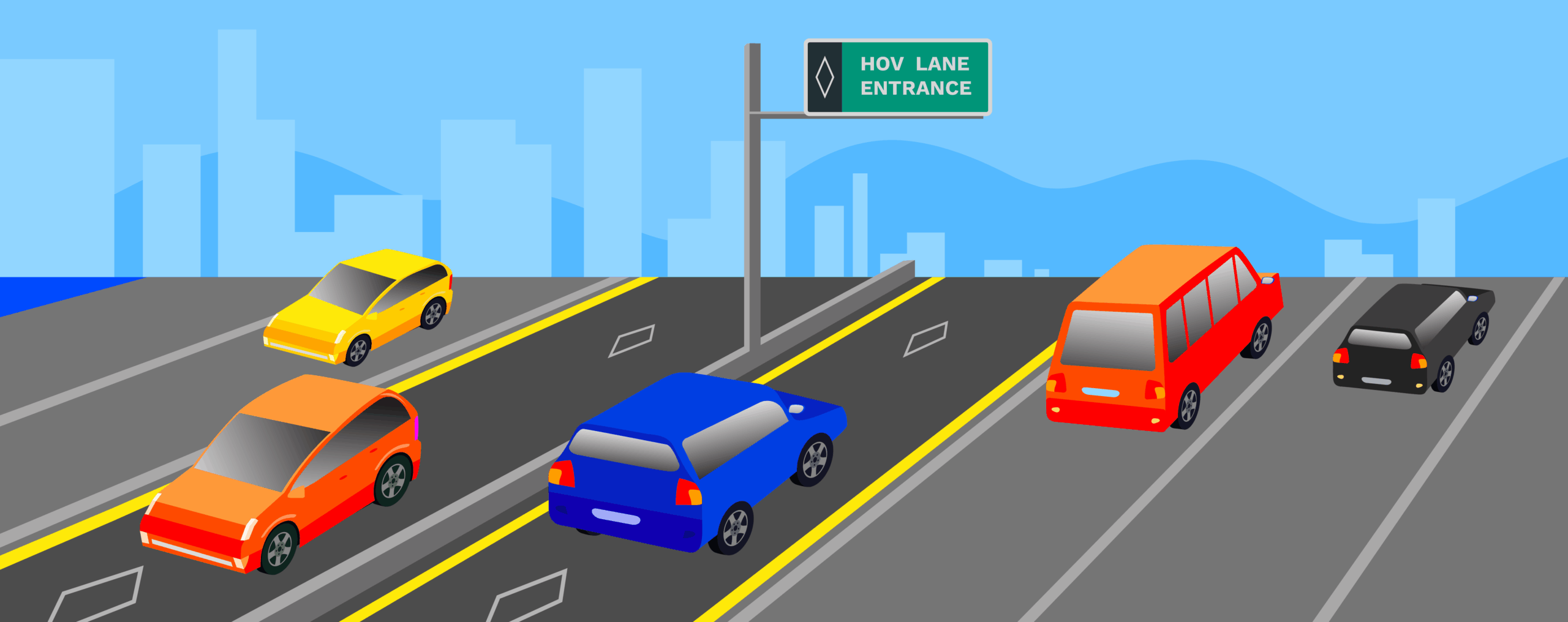
When you see a white diamond symbol on the pavement, it indicates an HOV lane, or carpool lane.
In Northern California, these lanes are operational on workdays during peak traffic hours. In Southern California, they are active 24/7.
Carpool Entry/Exit Zones
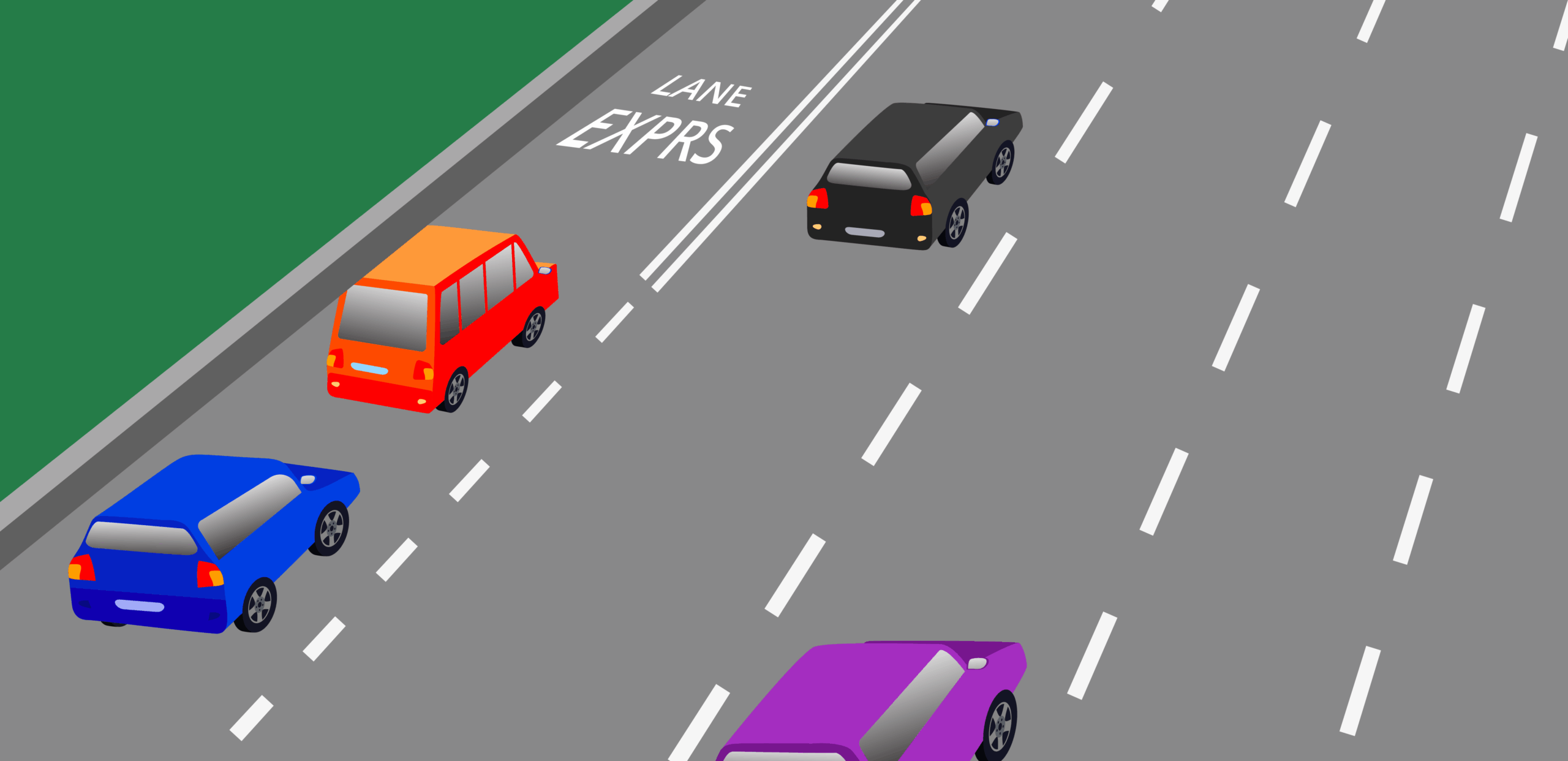
Some HOV lanes have designated entry and exit zones marked by dashed white lines. Entering or leaving an HOV lane by any means other than designated access points (e.g., by crossing a solid white line) is prohibited and may result in a traffic ticket.
Bus-Only or Transit-Only Lanes

Restricted lanes for buses and transit are marked with “BUS ONLY” or “TRANSIT ONLY” text, meaning unauthorized vehicles are not allowed to enter, even temporarily.
Other Pavement Symbols and Safety Markings in California
When studying for your California learner’s permit, you’ll come across numerous pavement symbols and safety markings, from lane dividers and turn arrows to stop lines. We’ve already covered the most common ones, but there are several others you should be aware of to stay safe behind the wheel.
Yield Lines (Shark’s Teeth)
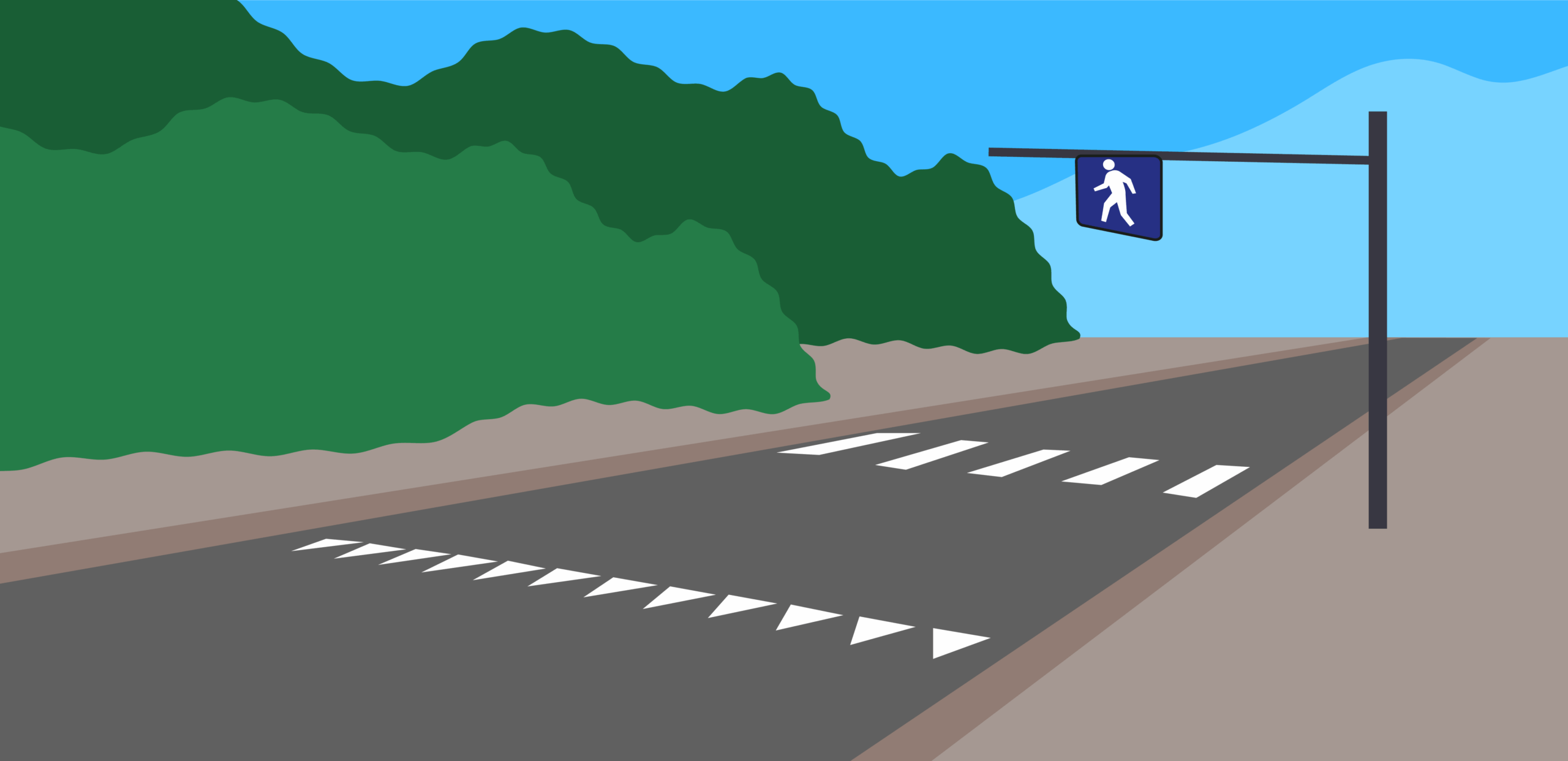
White, triangular “shark’s teeth” on the road tell drivers to slow down and give way to pedestrians. Failure to do so can result in a CVC 21950 ticket, which carries one demerit point and up to $1,000 in fines and court fees.
Stop Lines (Limit Lines)
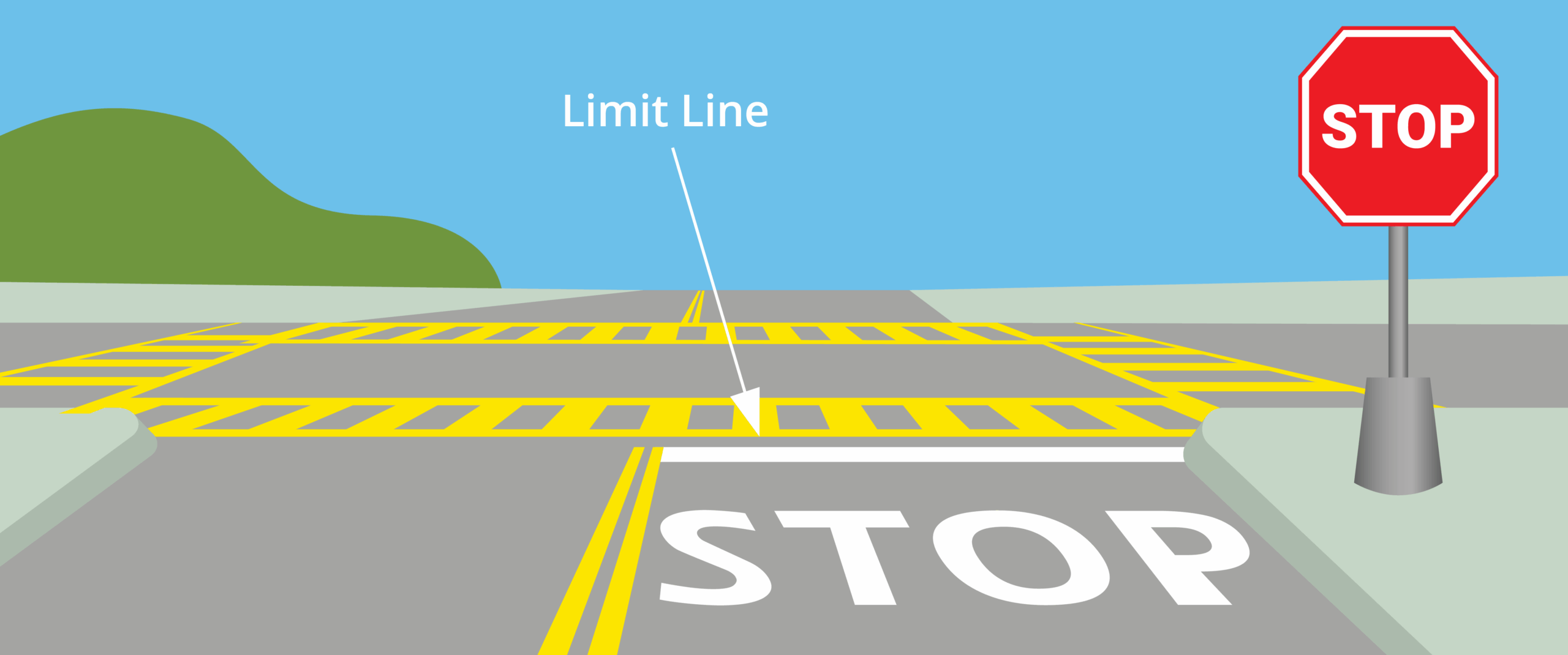
Stop lines, or limit lines, indicate the point where drivers must stop before a crosswalk or intersection.
Crosswalks (White or Yellow Lines)
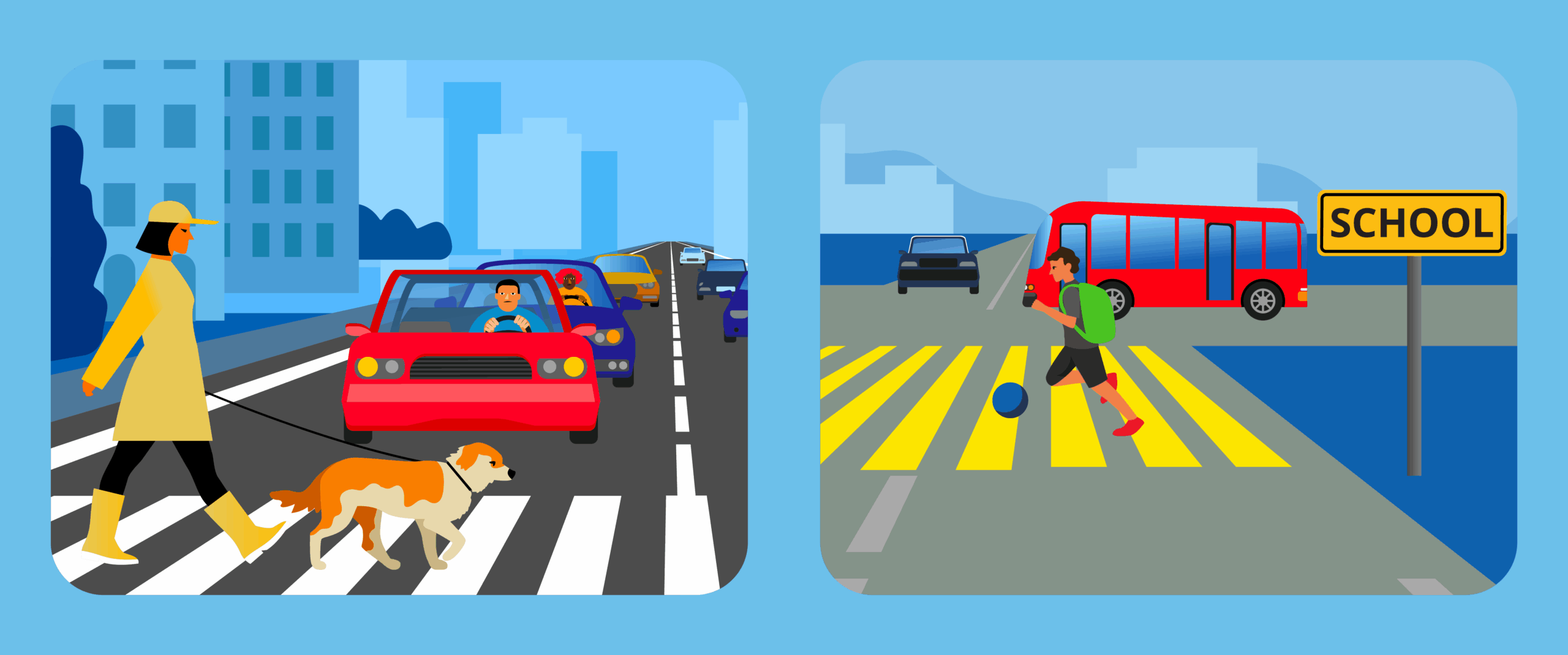
In California, pedestrian crossings are often marked with thick white lines, whereas school crosswalks are delineated by thick yellow lines.
Chevron or Hatched Zones
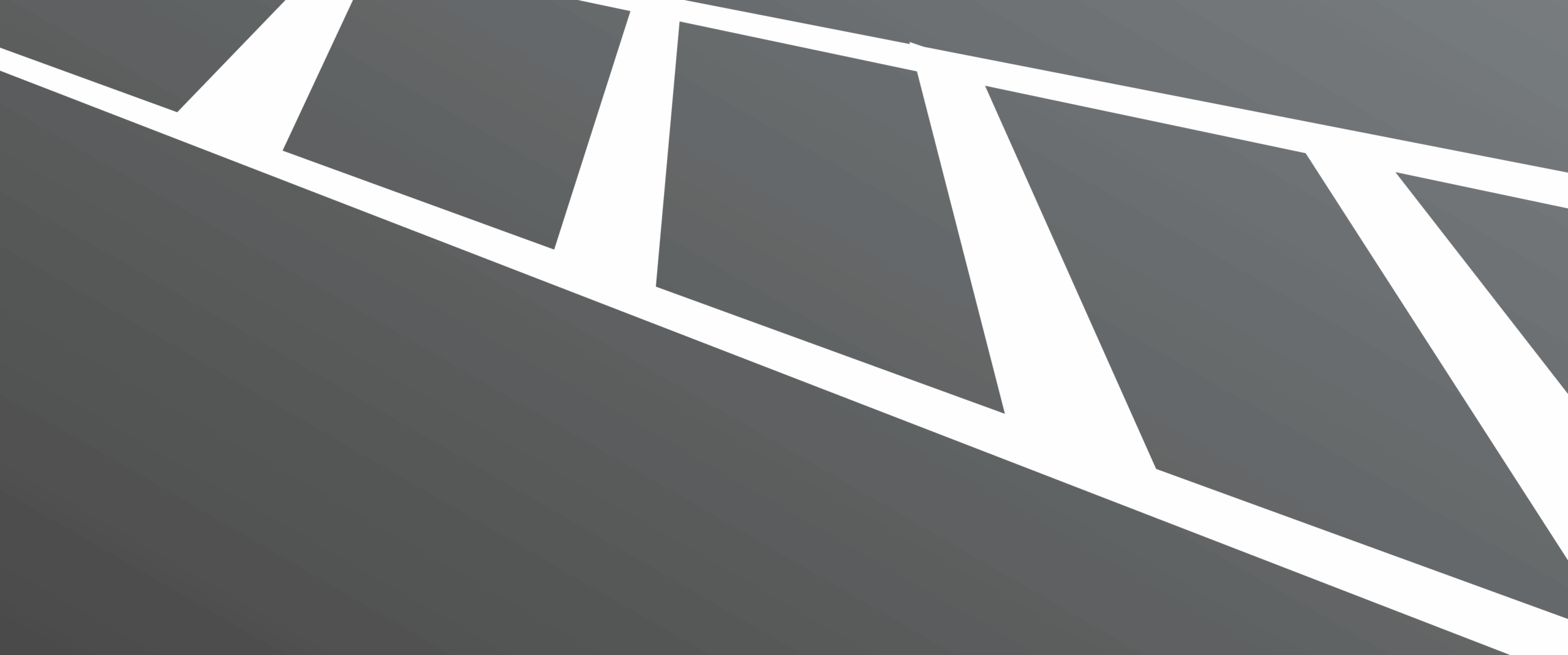
Chevrons or hatched zones on the road act as visual buffers to keep cars away from hazards, barriers, or merging traffic. Stay out of them unless directed otherwise by law enforcement.
Railroad Crossing Symbols (“RXR”)
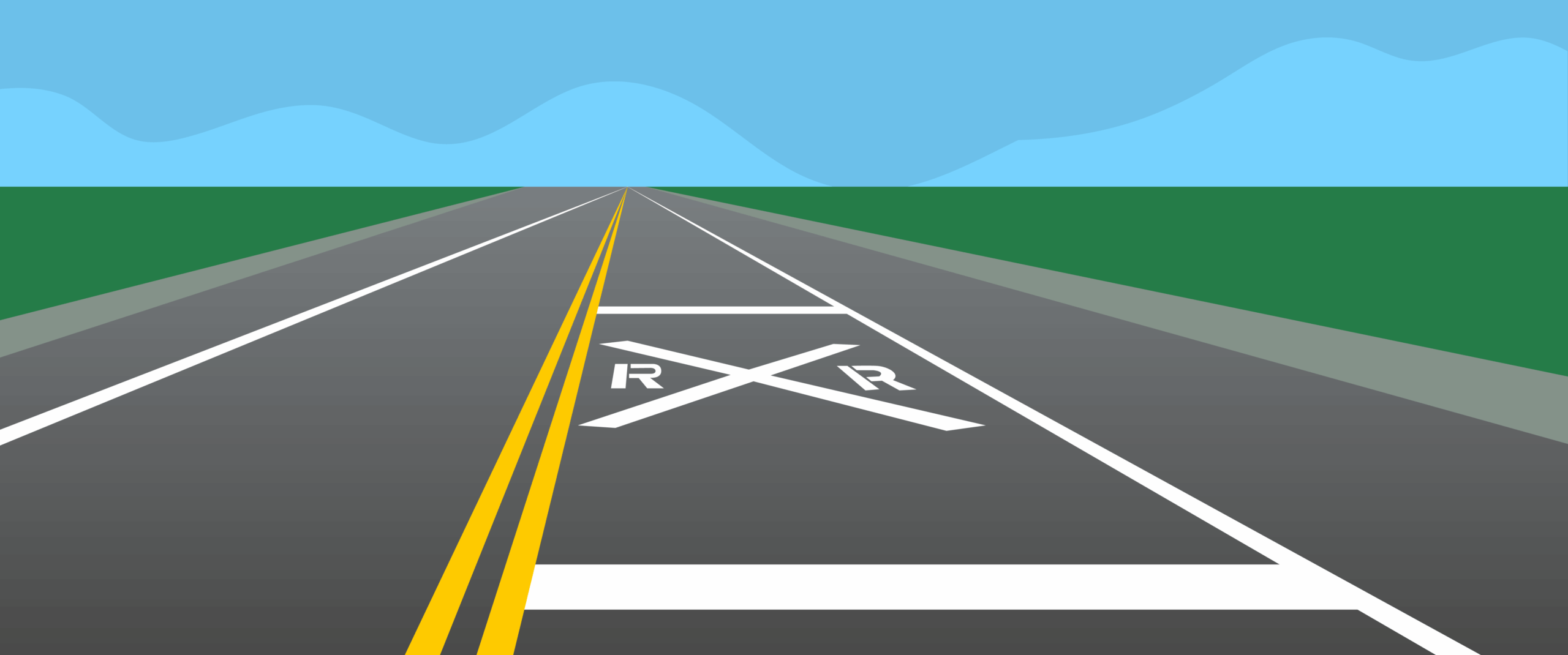
A large “X” and “RR” painted on the pavement indicate an upcoming railroad crossing. Slow down, check your surroundings, and listen for trains. Be prepared to stop if necessary.
“KEEP CLEAR” Zones
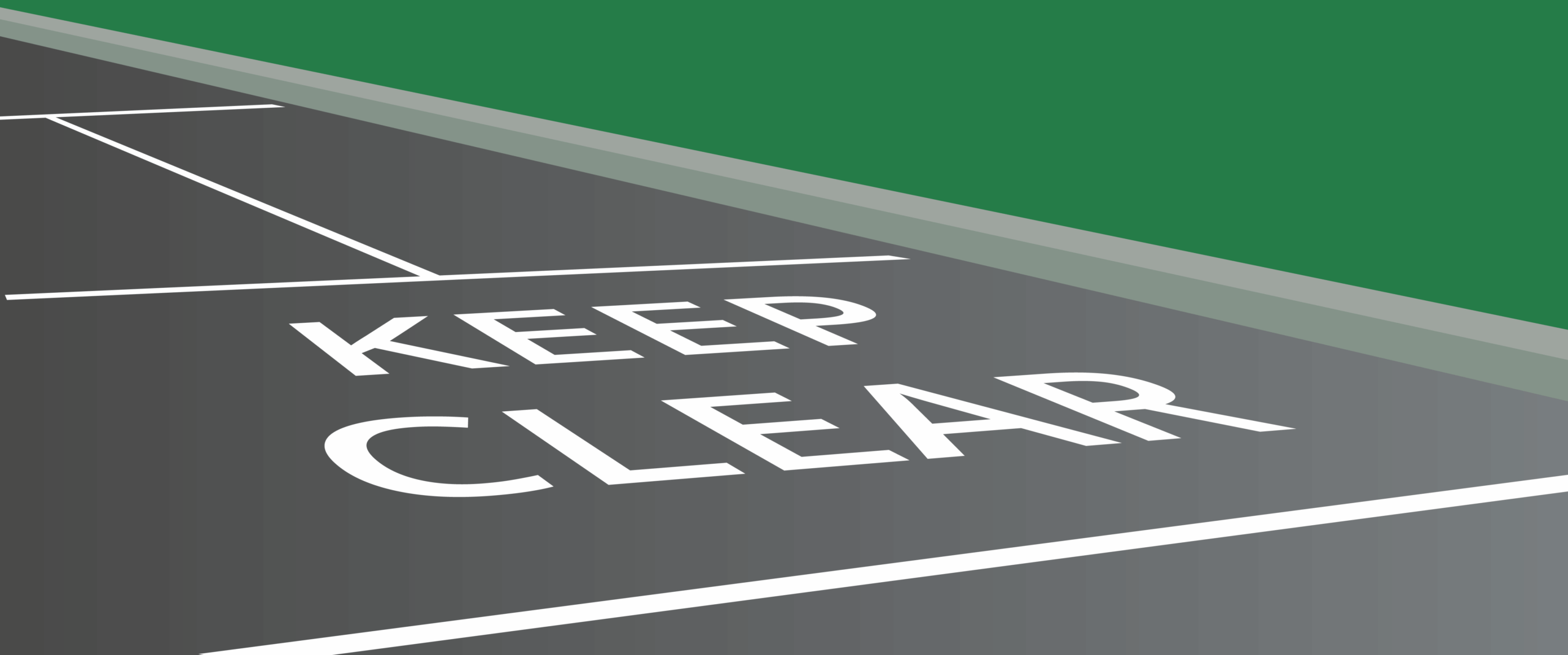
White road markings that say “keep clear” are commonly found near fire hydrants, driveways, intersections, or other areas. Depending on their location, they may be used to maintain emergency access, prevent congestion, or enhance visibility for pedestrians and other road users.
Don’t drive or stop in “KEEP CLEAR” zones, even if there’s no one around. Blocking them can cause safety hazards or prevent emergency vehicles from passing through quickly.
Merge/Lane Drop Symbols

White arrows pointing towards the next lane indicate where a lane is about to end or merge, prompting drivers to signal and prepare to change lanes.
Painted Curb Warnings
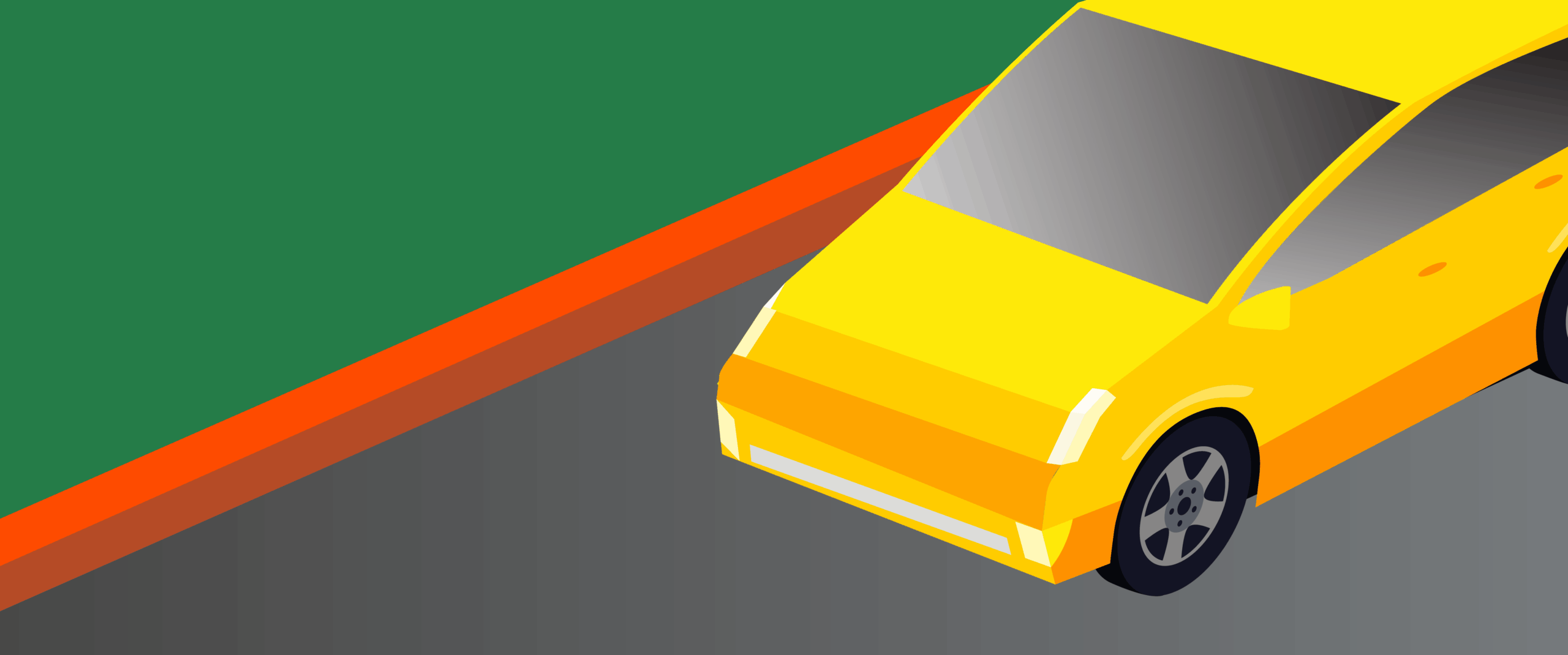
Color-coded curb markings tell drivers where and when they can park. Here’s what each color means:
- Red: No stopping or parking.
- Yellow: No stopping for any purpose other than loading or unloading goods or passengers.
- White: Passenger loading/unloading only (e.g., for taxis).
- Green: Parking is limited to 10 minutes or longer, depending on the location.
- Blue: Disabled parking only.
Read: California Traffic Rules: Ultimate Guide
Pass Driver’s Ed on Your First Try with Traffic Safety Institute
Navigating California’s road line meanings can feel like a challenge, but we’re here to help. Our California driver’s ed course explains these regulations through simple, easy-to-follow lessons featuring interactive quizzes, engaging videos, and real-world examples. We have a 100% pass rate, which demonstrates our commitment to clear, effective teaching.
At Traffic Safety Institute, you can study anytime, from any device, and go through each lesson as many times as you want to. We also offer unlimited exam attempts plus other perks, including:
✅ Free audio read-along
✅ Practice tests
✅ Open-book final exam
✅ Save-and-resume feature
✅ 24/7 live chat support
✅ A physical certificate of completion
✅ Instant electronic copy for your records
✅ 100% guaranteed to pass
We charge a one-time fee of only $32.99, and you can use our driver’s ed promo code for extra savings. Your certificate of completion will be shipped to your address for free, so you don’t have to worry about hidden charges.
Let us help you make sense of traffic rules and ace the DMV’s knowledge test. Register for our driver’s ed course today.
FAQs about Road Lines and Their Meanings
What are the four types of lanes on a freeway?
California’s freeways have at least four types of lanes, each with a specific purpose. These include:
• Numbered lanes, such as slow (right) lanes, fast (left) lanes, and through (center) lanes
• Auxiliary lanes (e.g., MERGE/EXIT lanes)
• Shoulder lanes, or emergency lanes
• HOV lanes, or carpool lanes
For example, slower-moving vehicles and those entering or exiting the roadway should use the right lane. If you want to pass another car, move into the left lane and then return to the right or center lane.
Is it legal to drive over a solid white line in California?
Yes, California law allows drivers to cross solid white lines, but it’s not advisable to do so.
What do orange and white lines mean on the freeway?
These pavement markings alert motorists of designated work zones, prompting them to slow down and proceed with caution.
